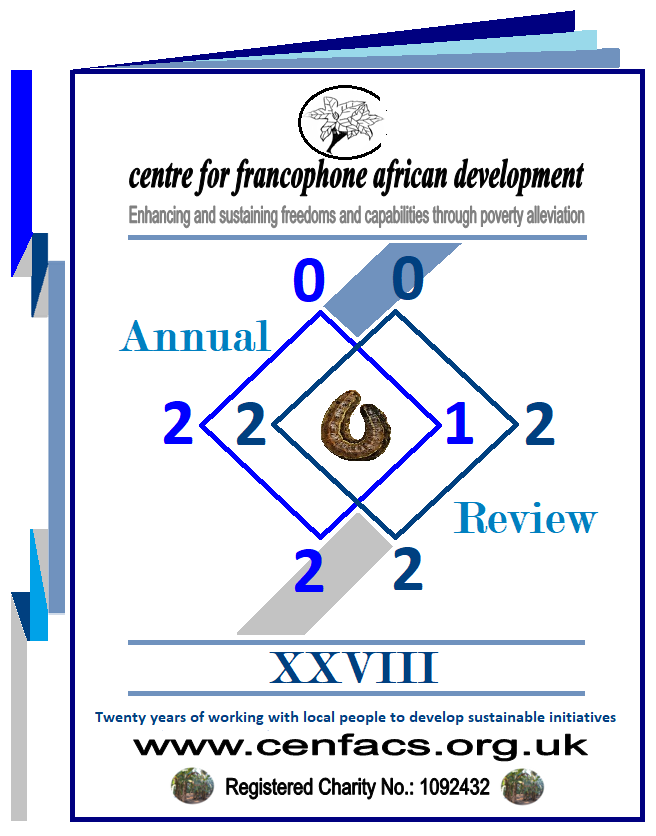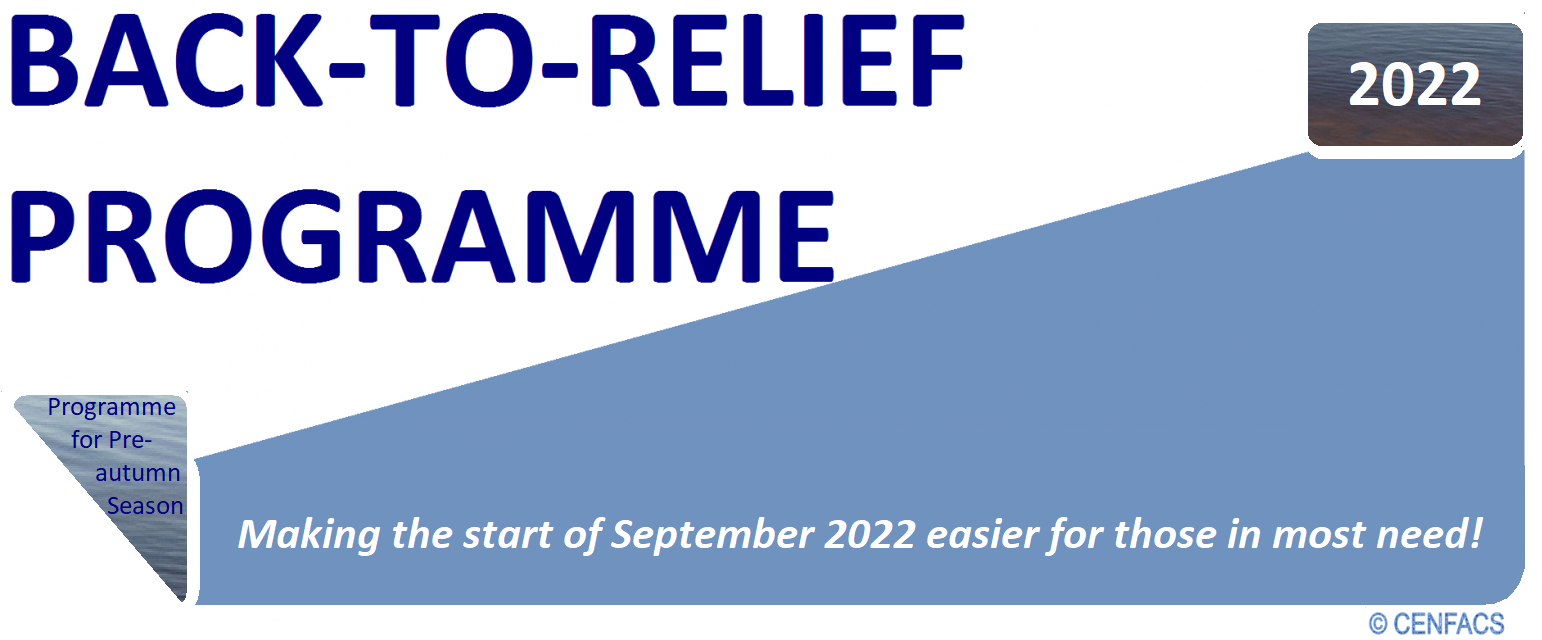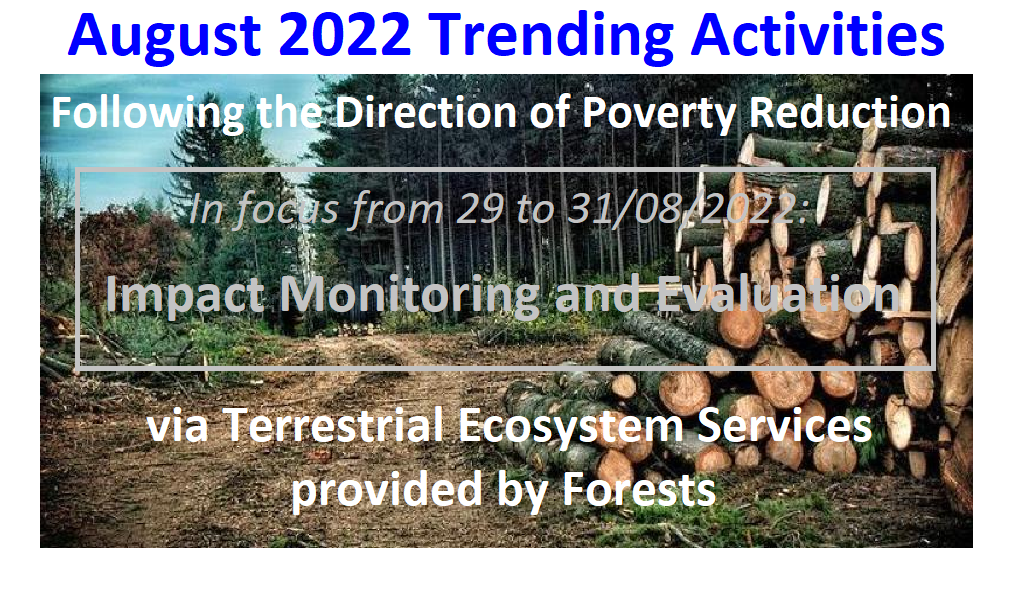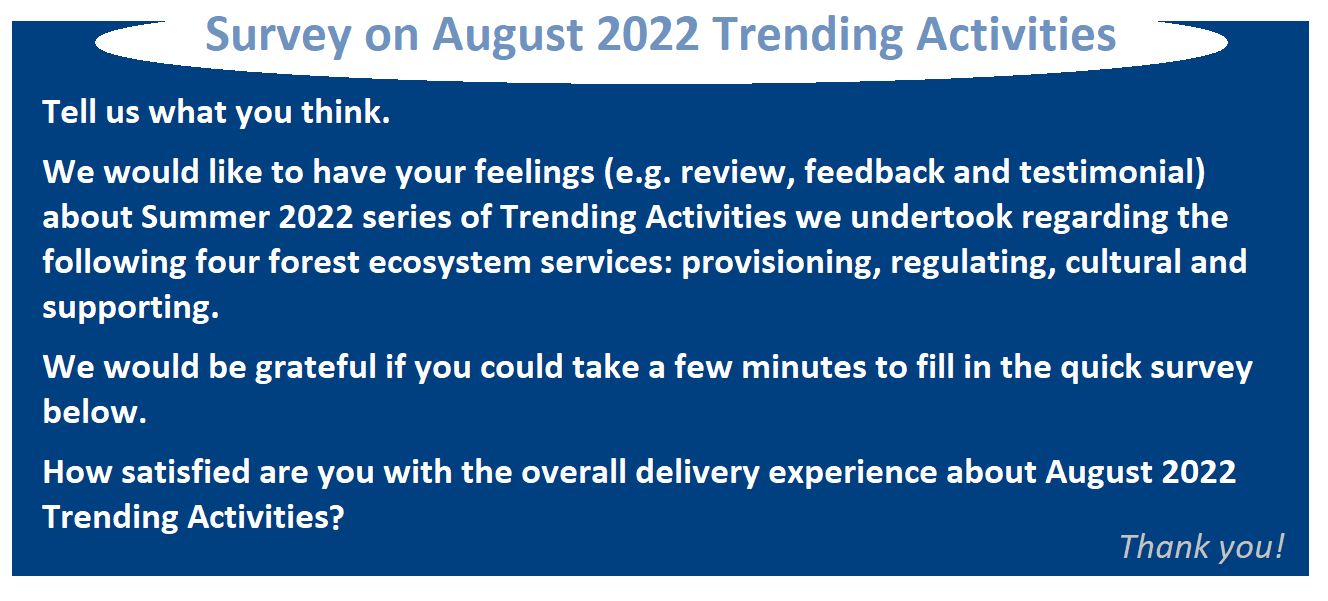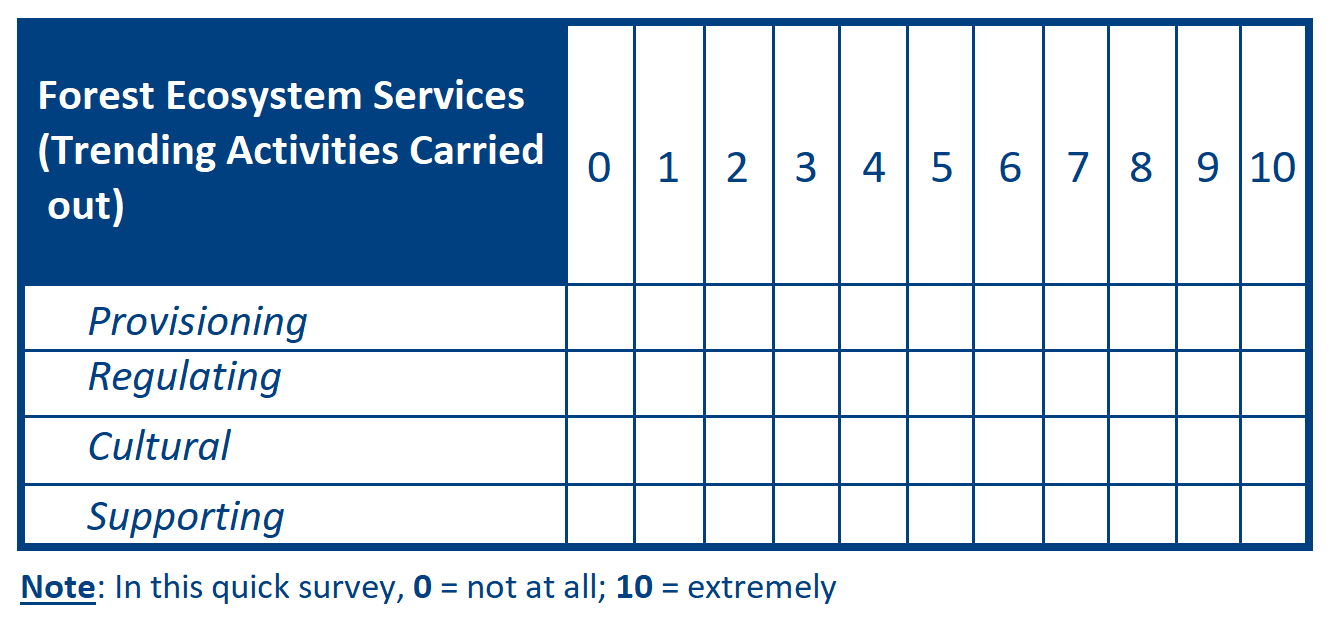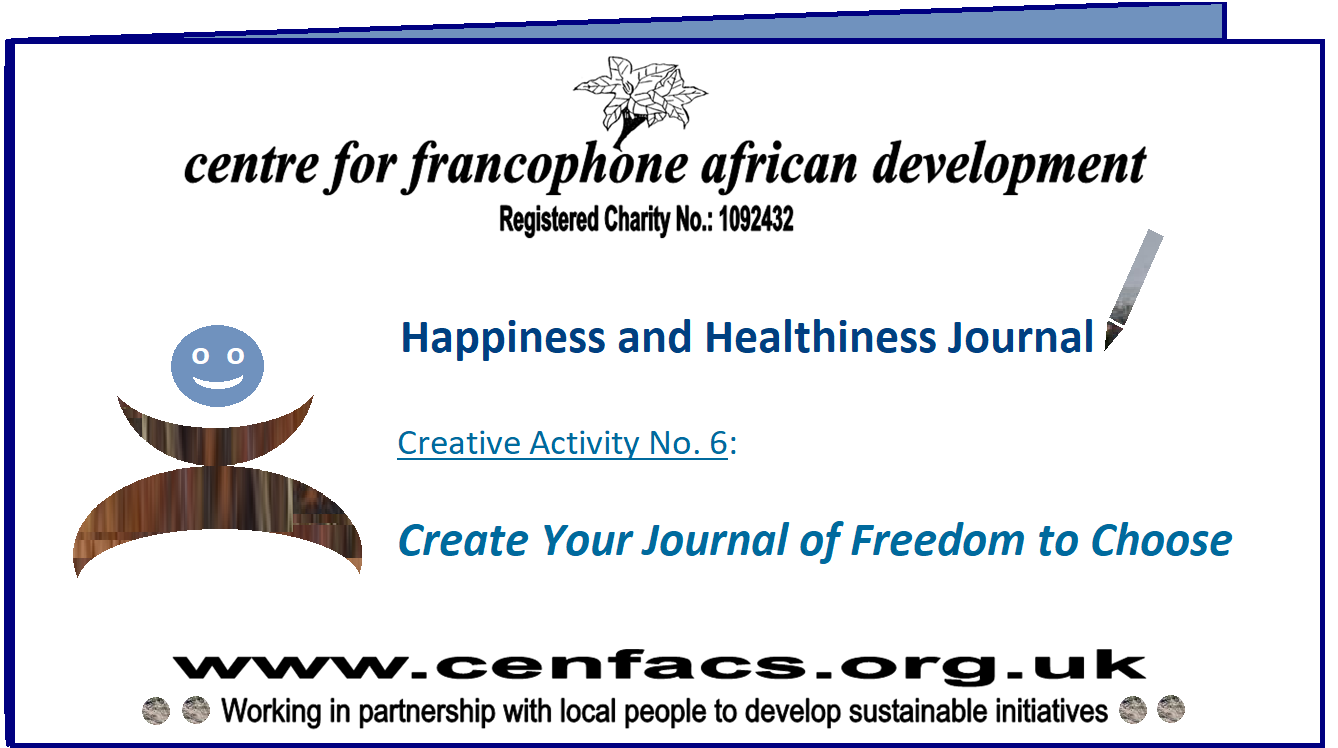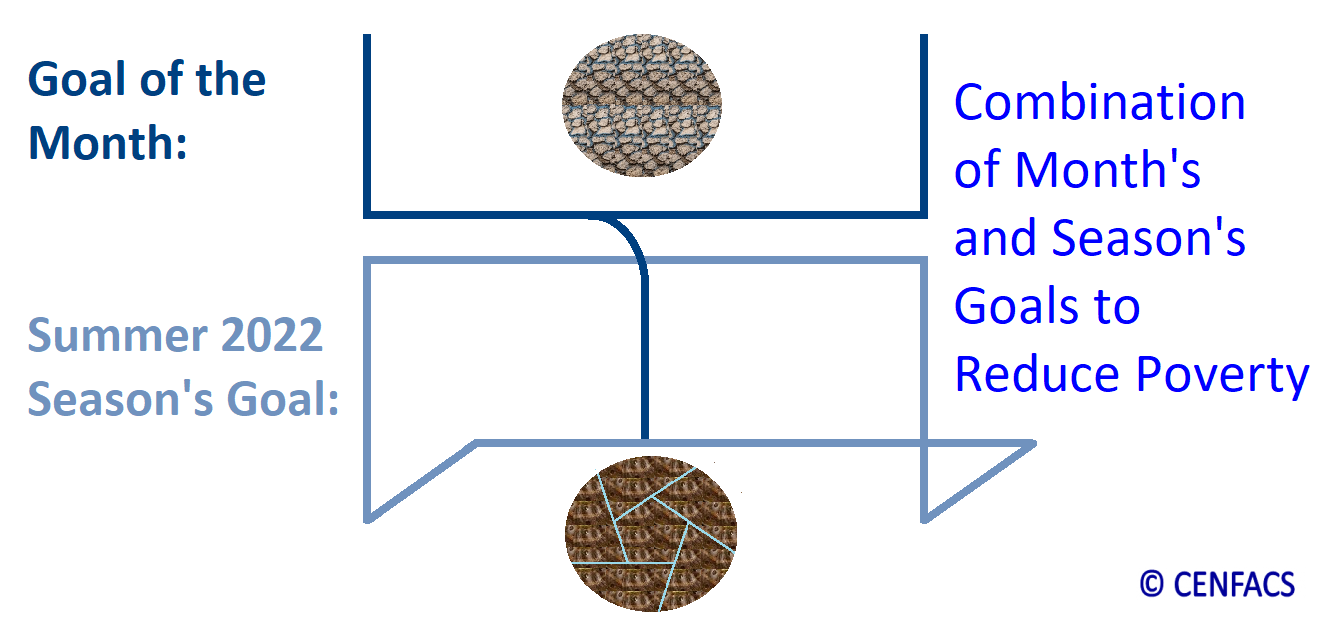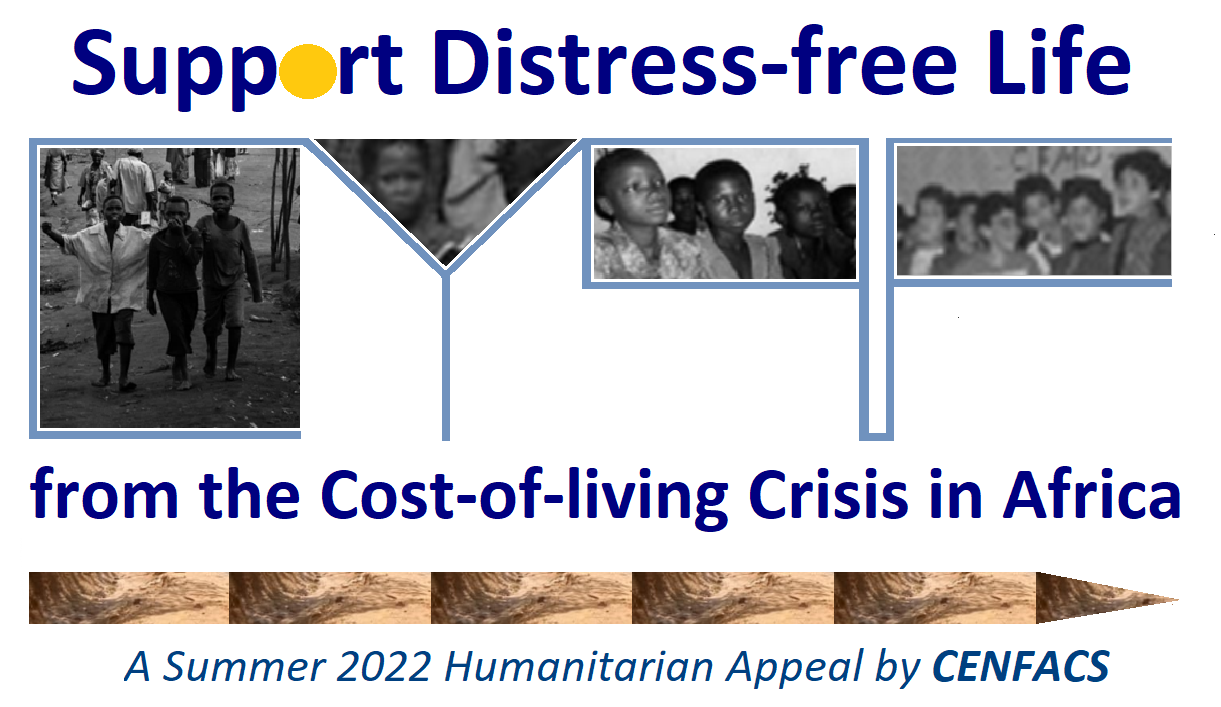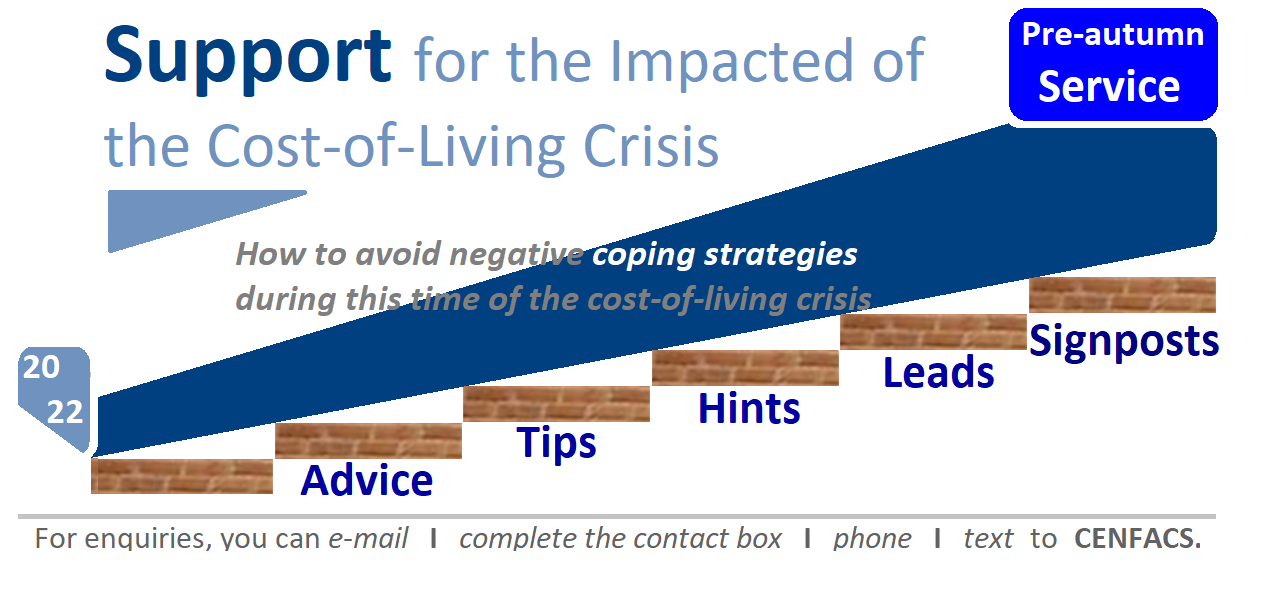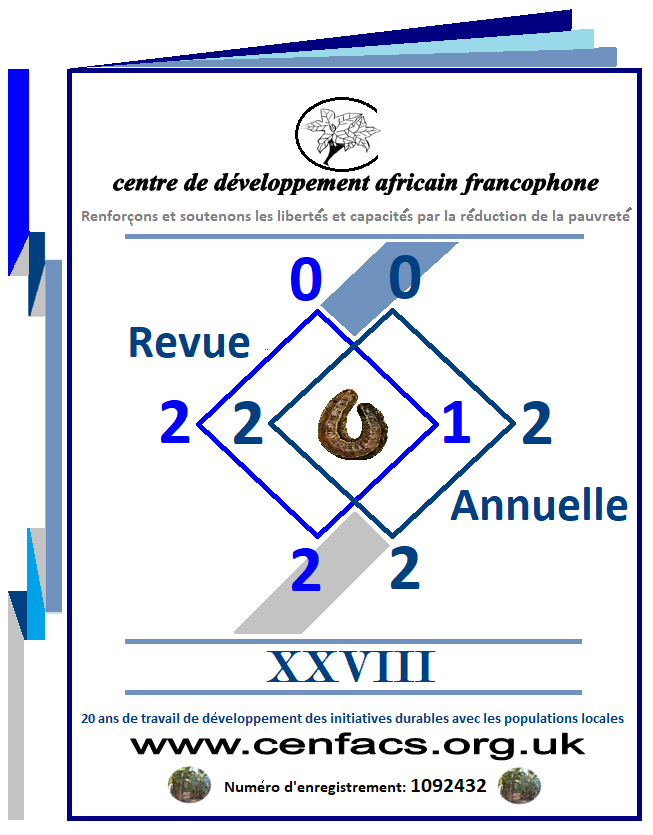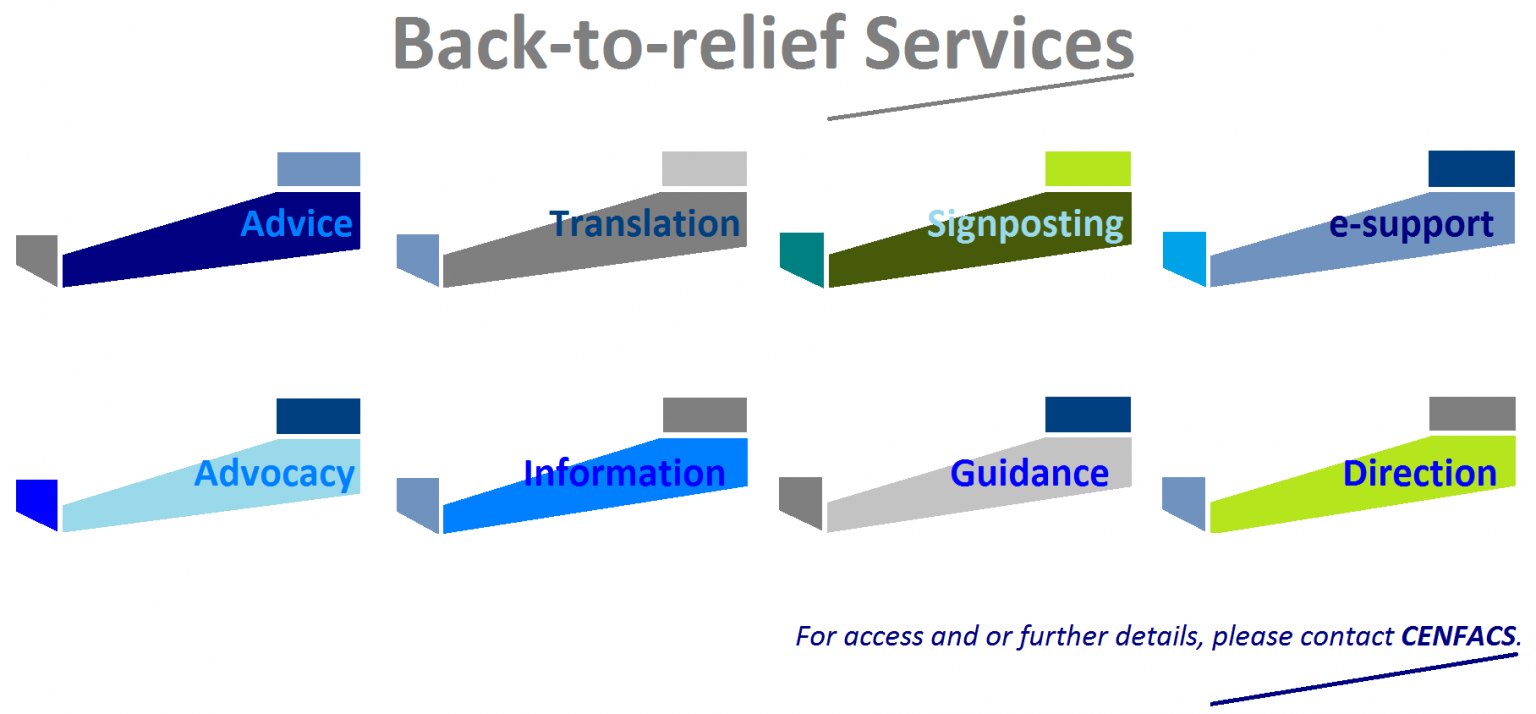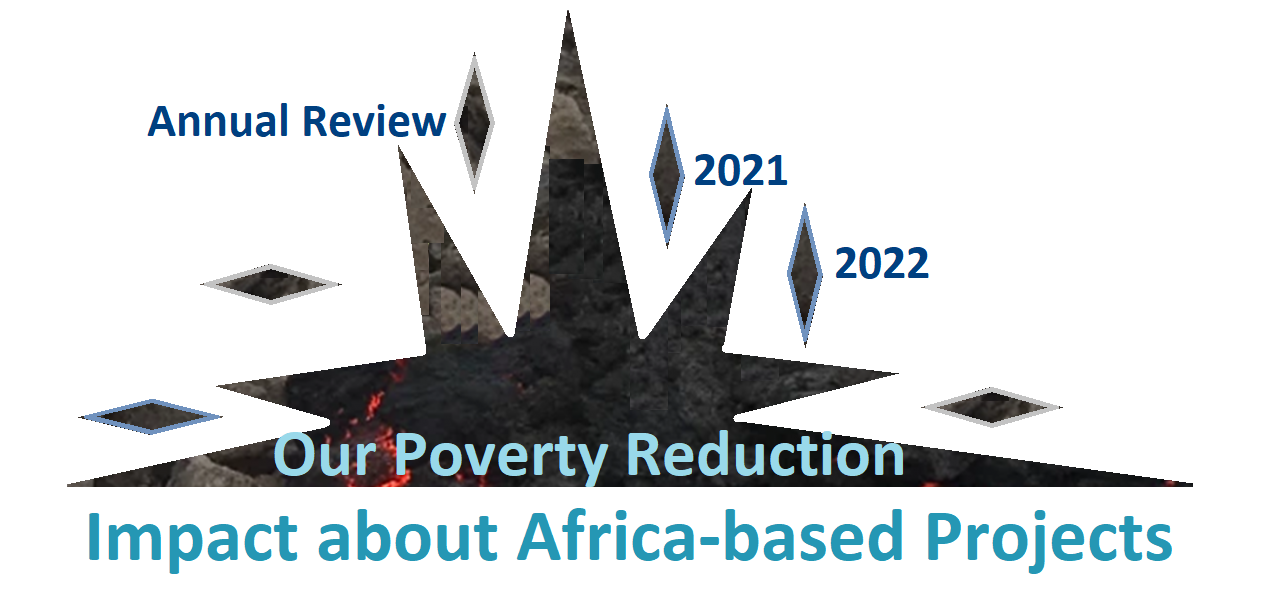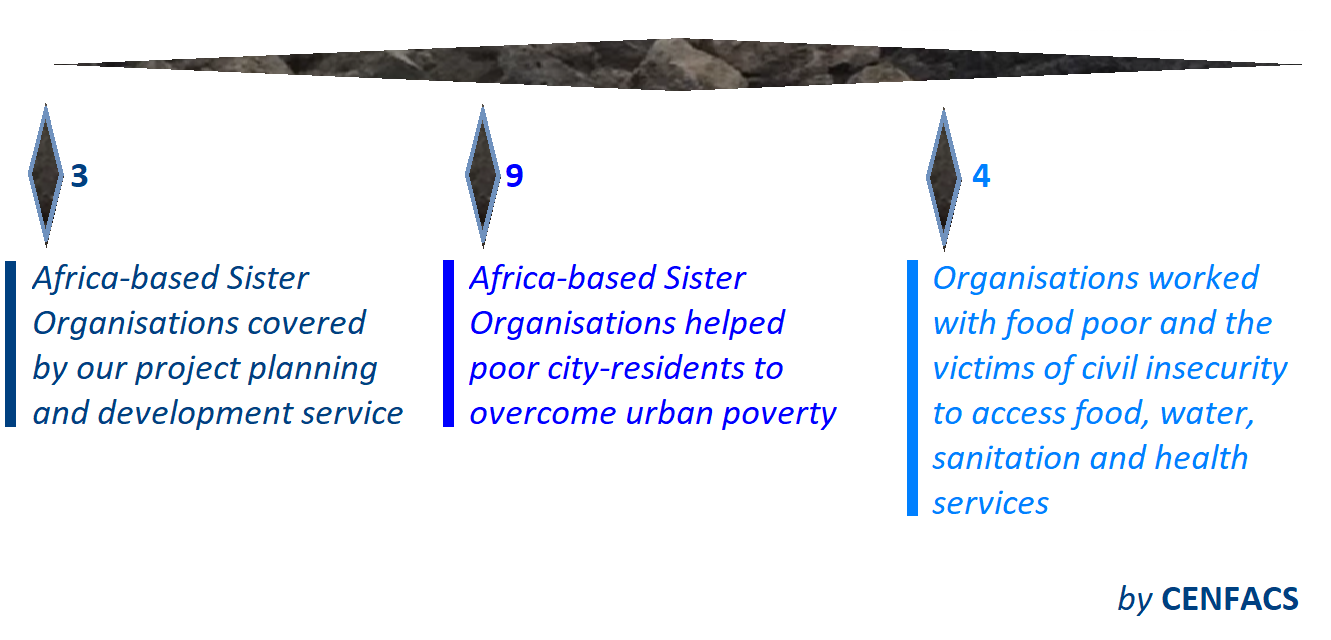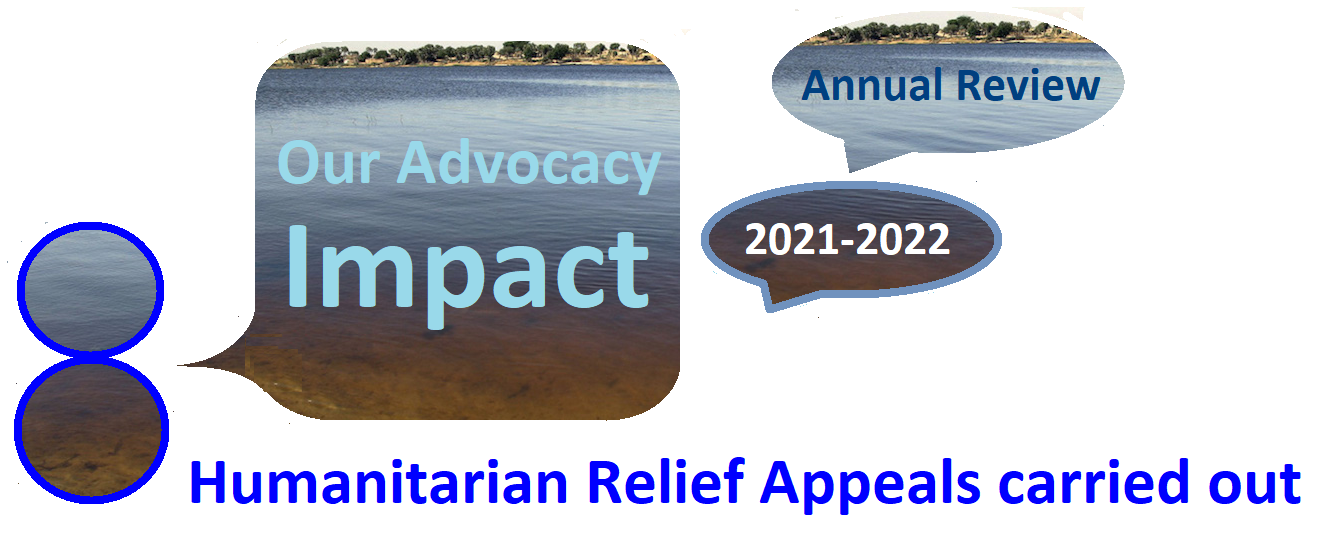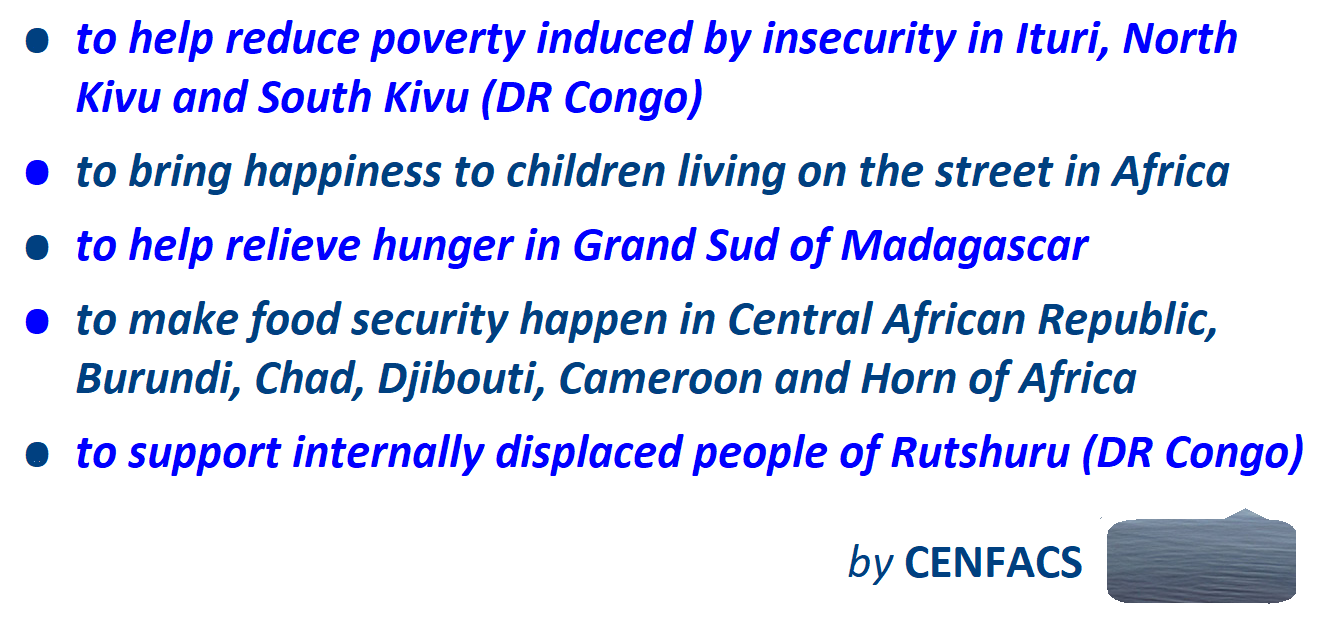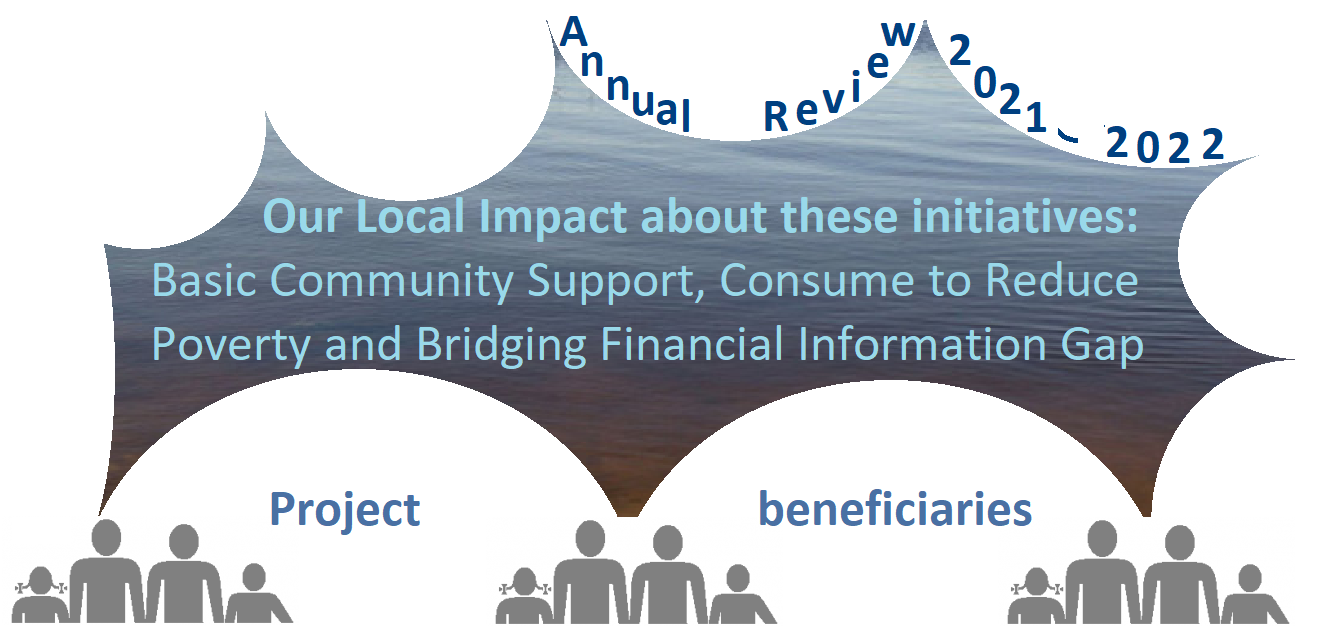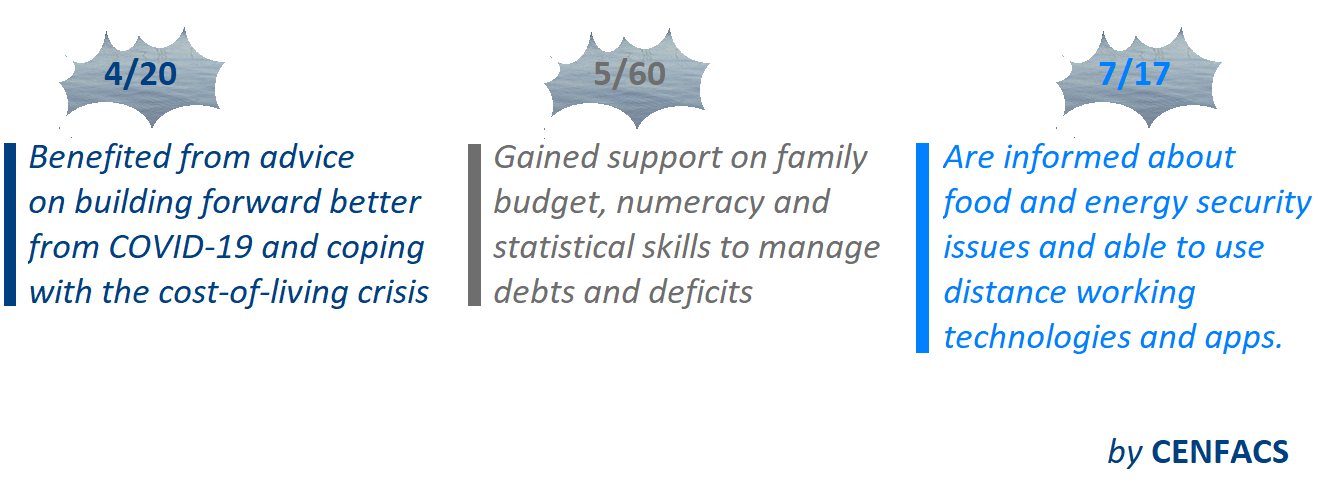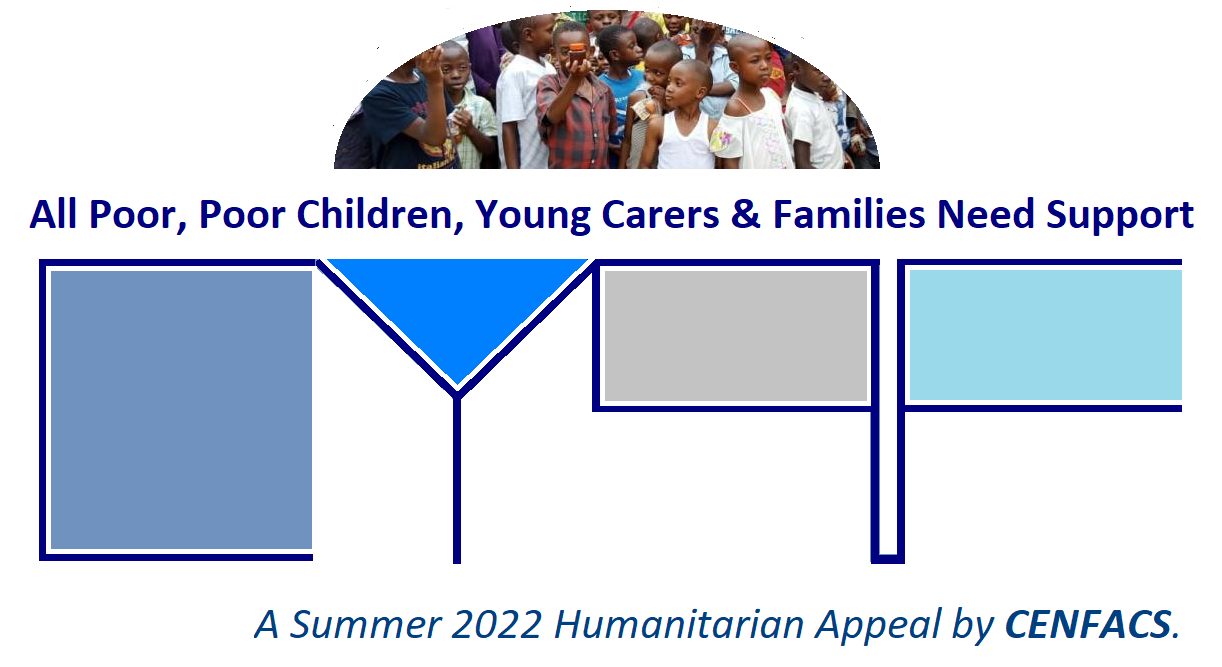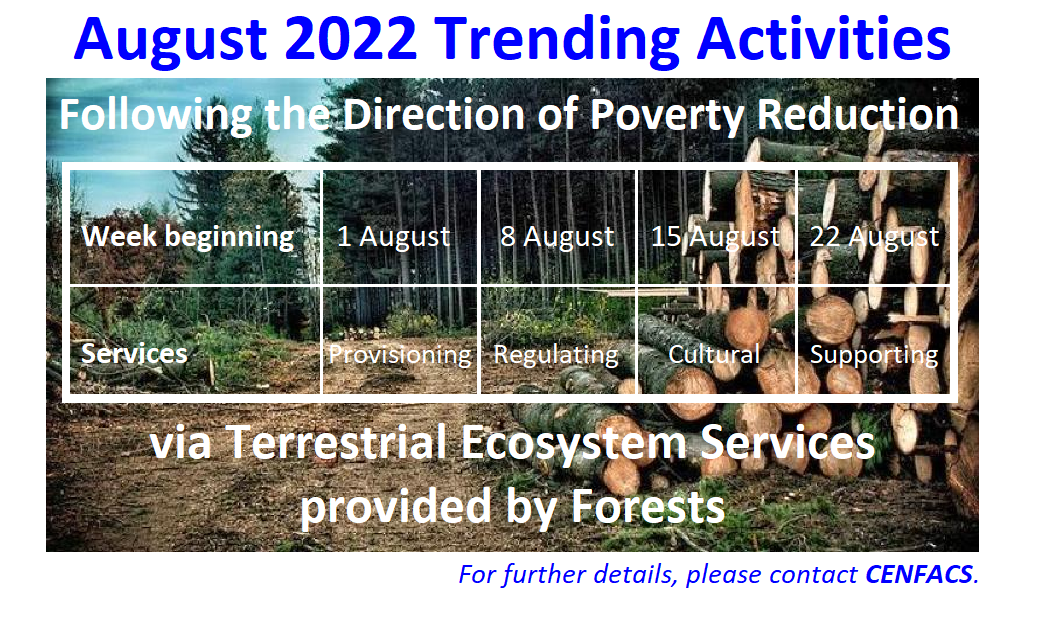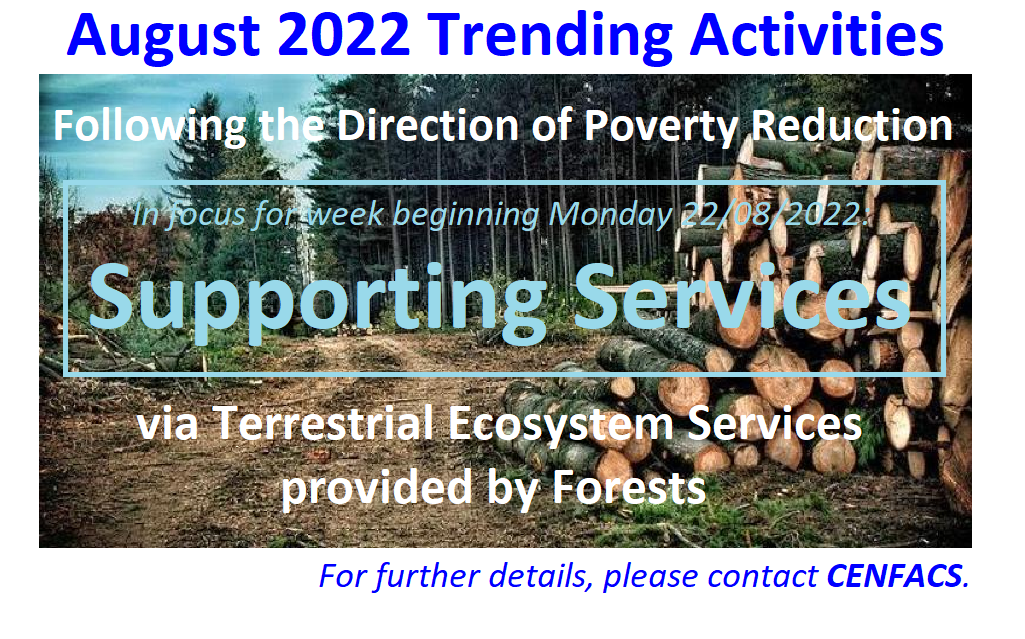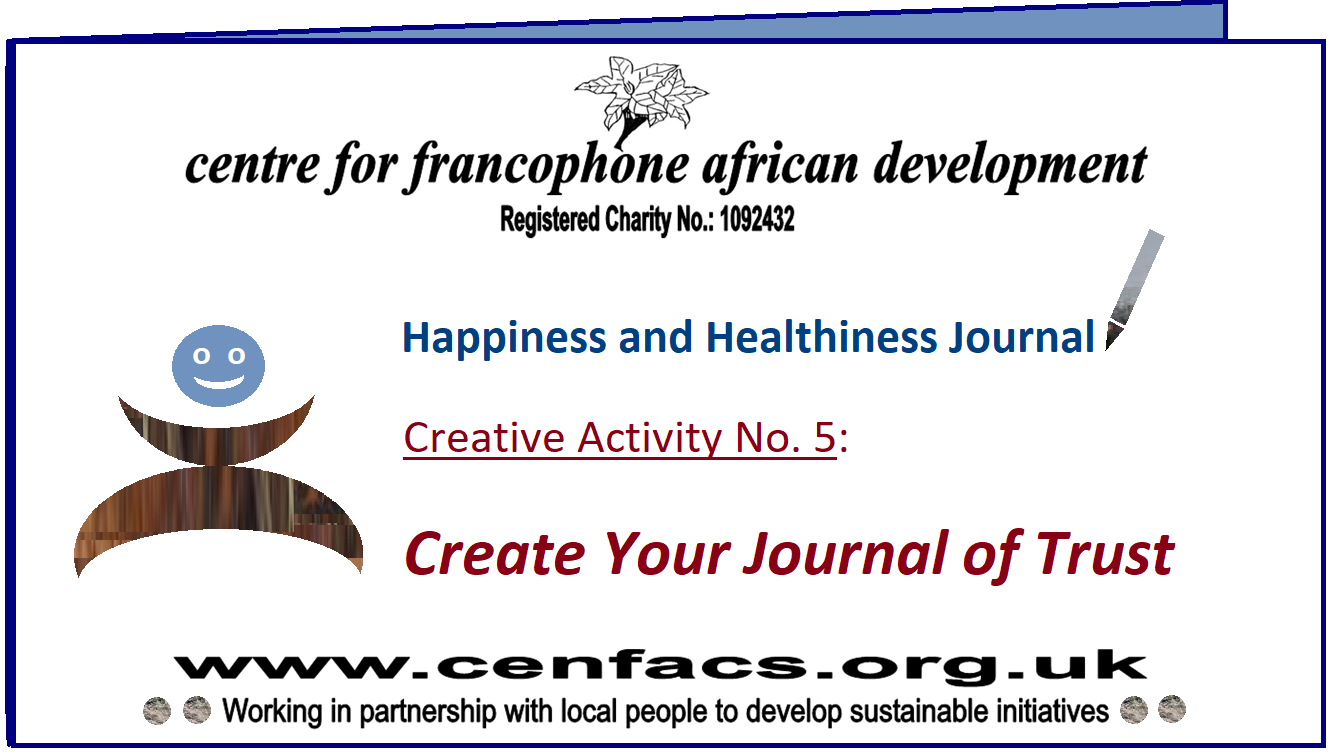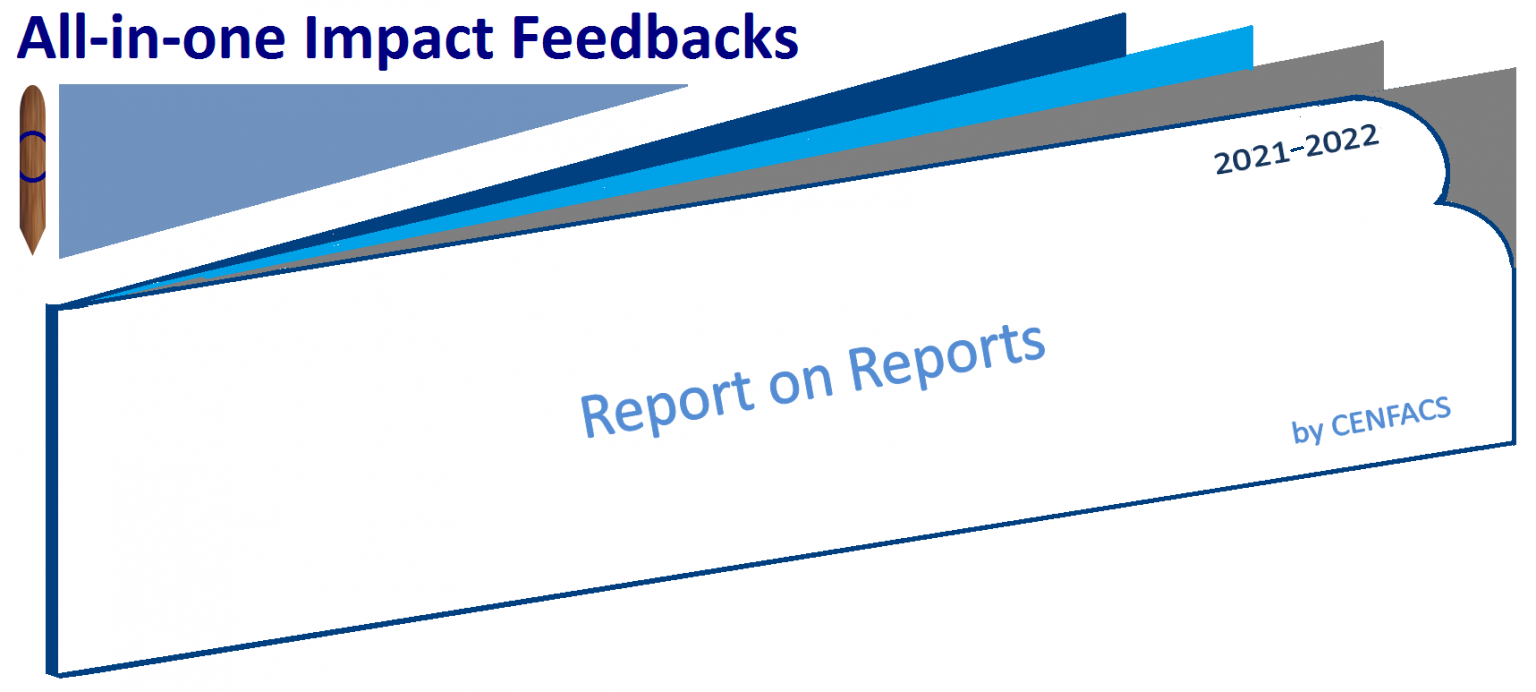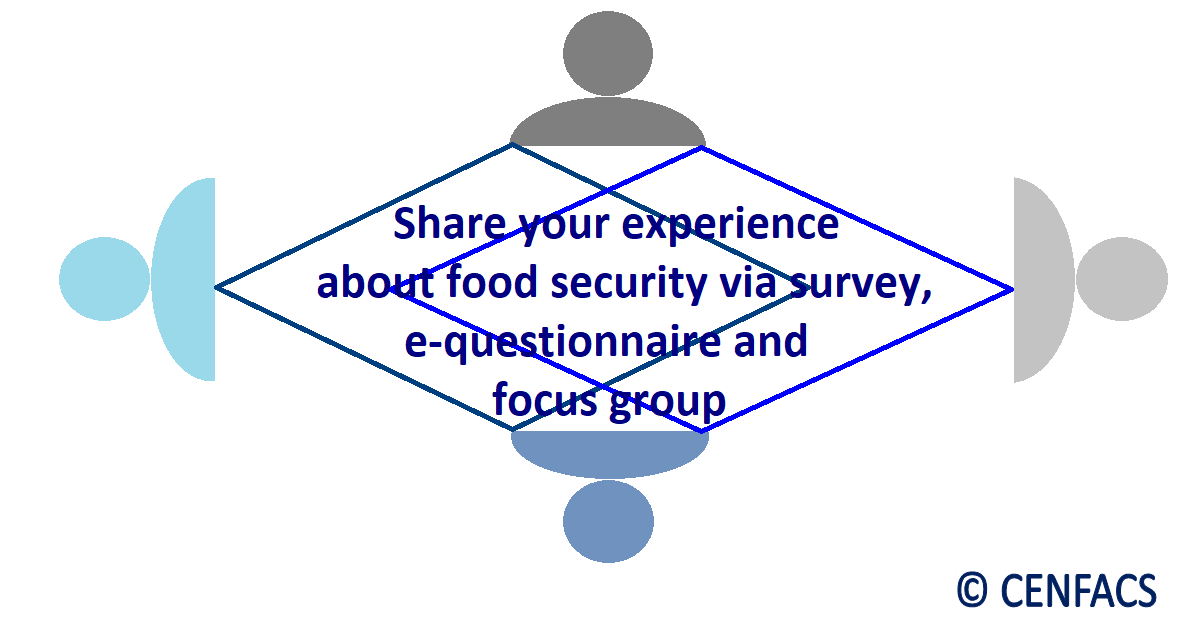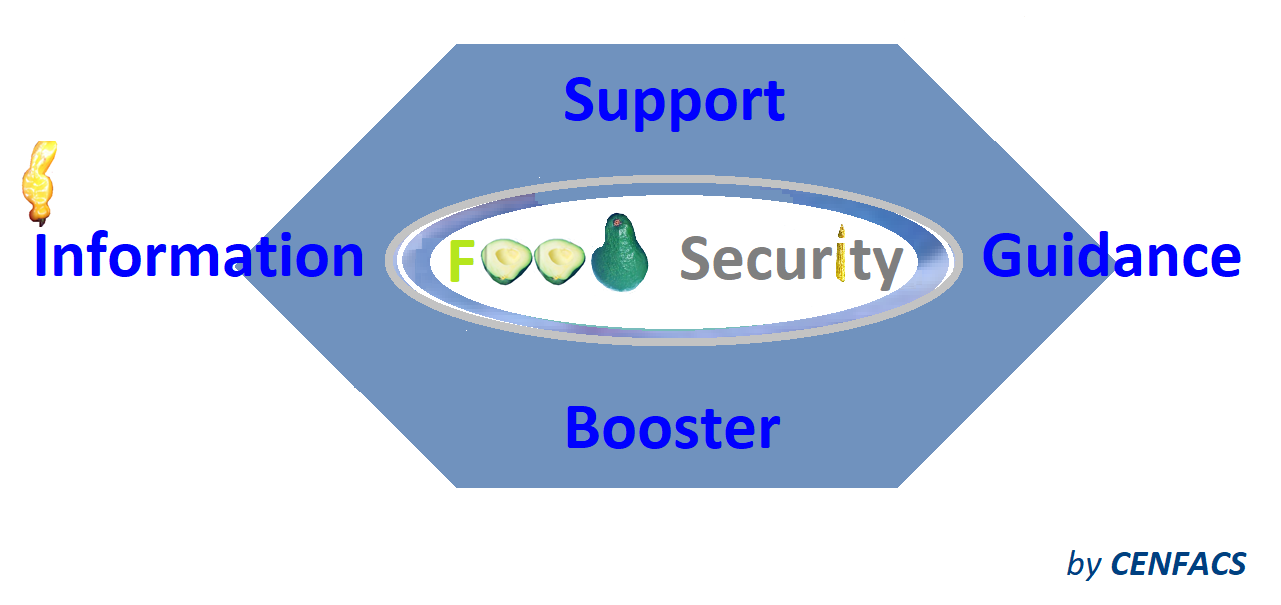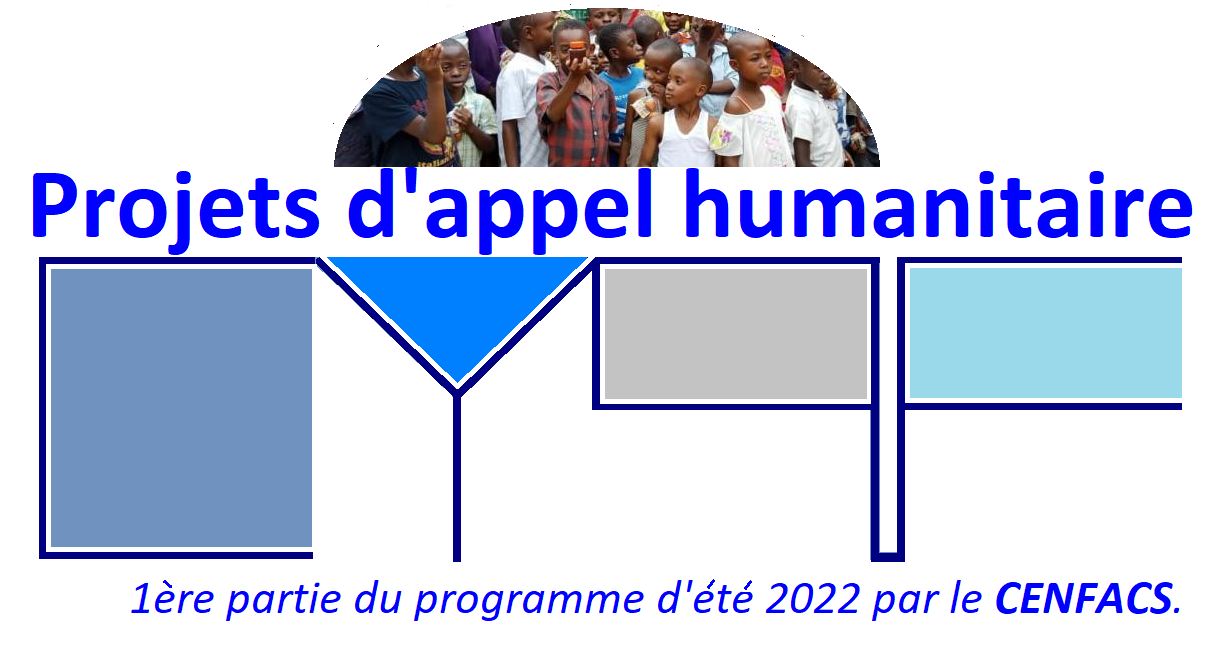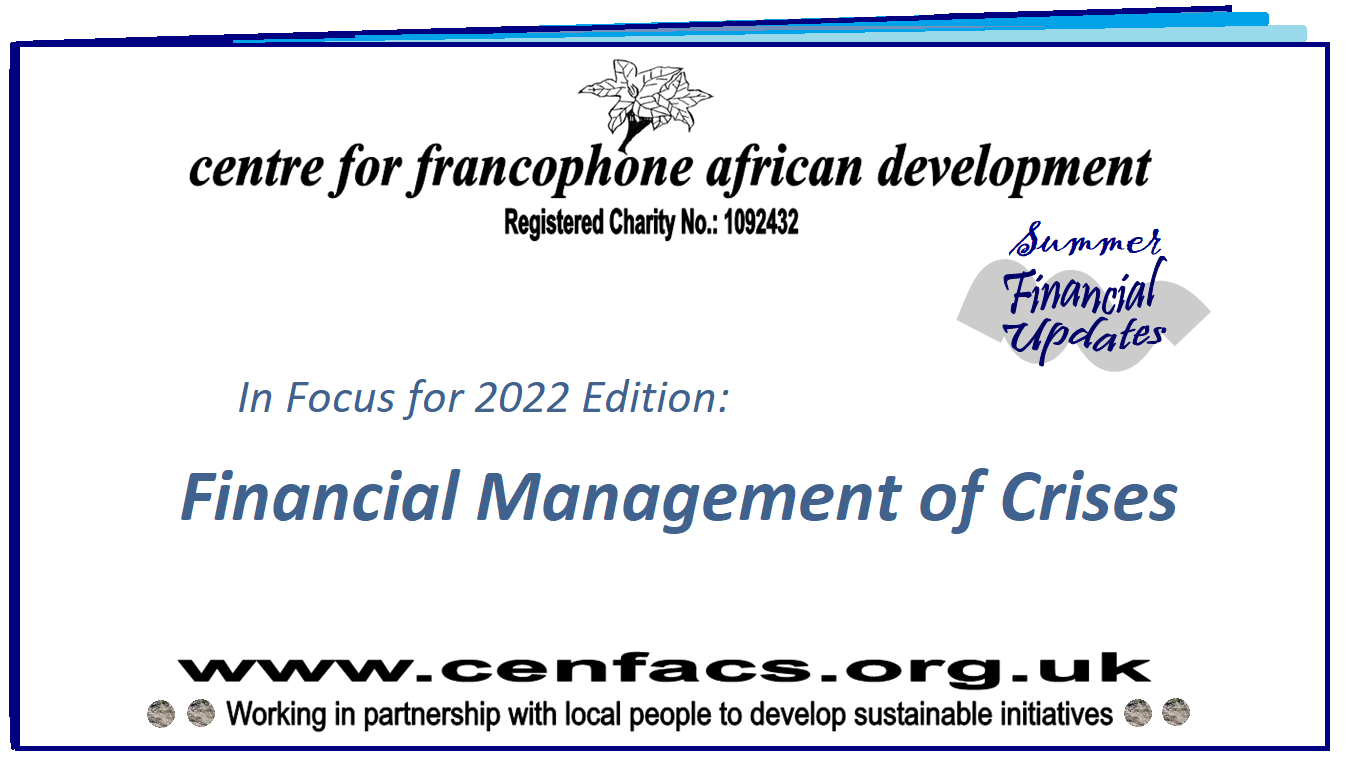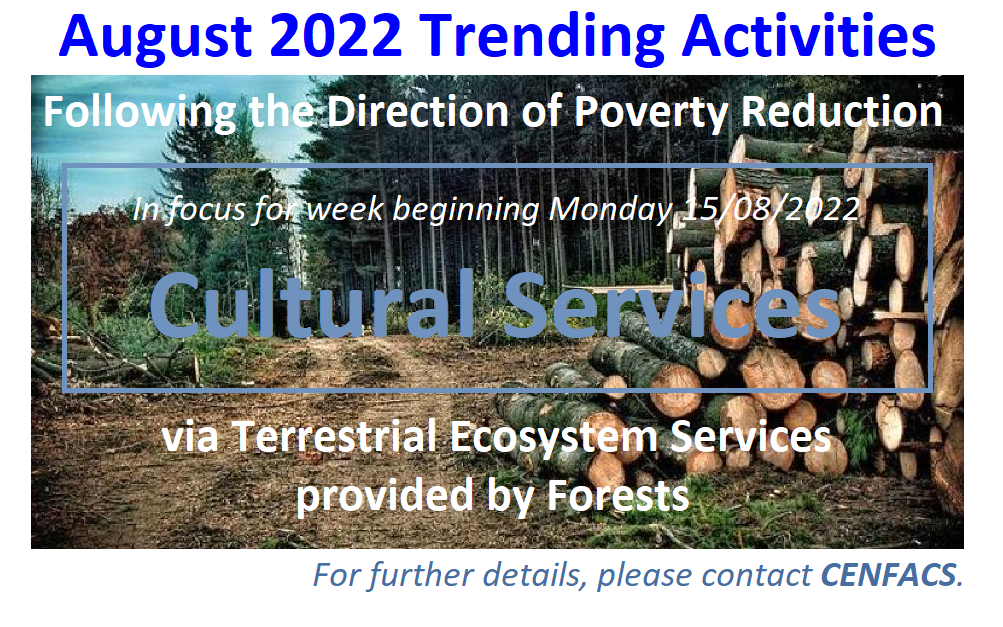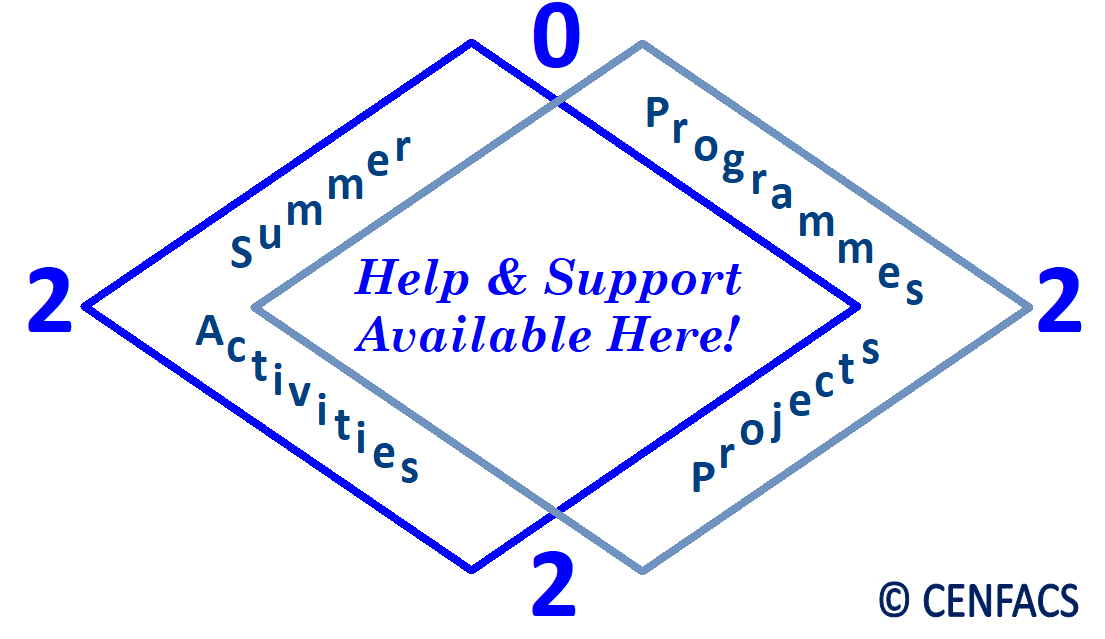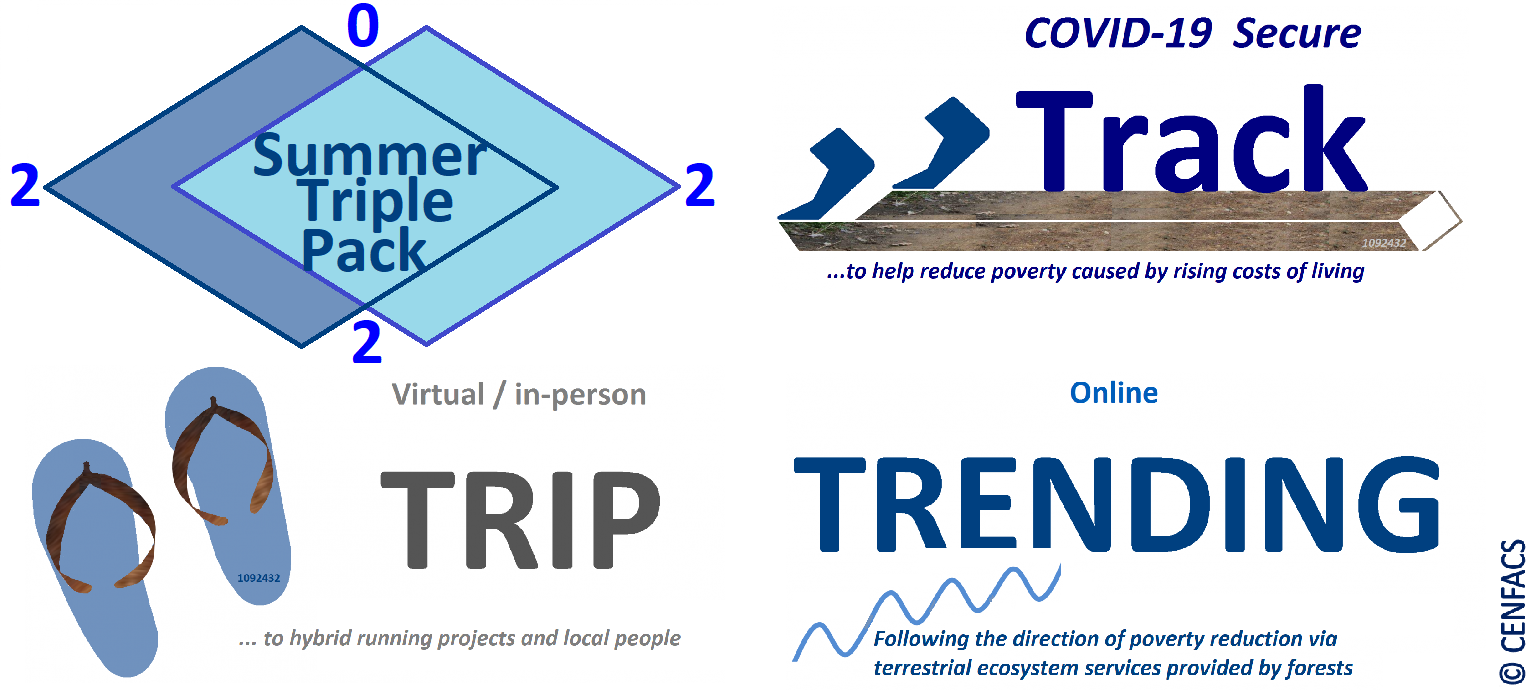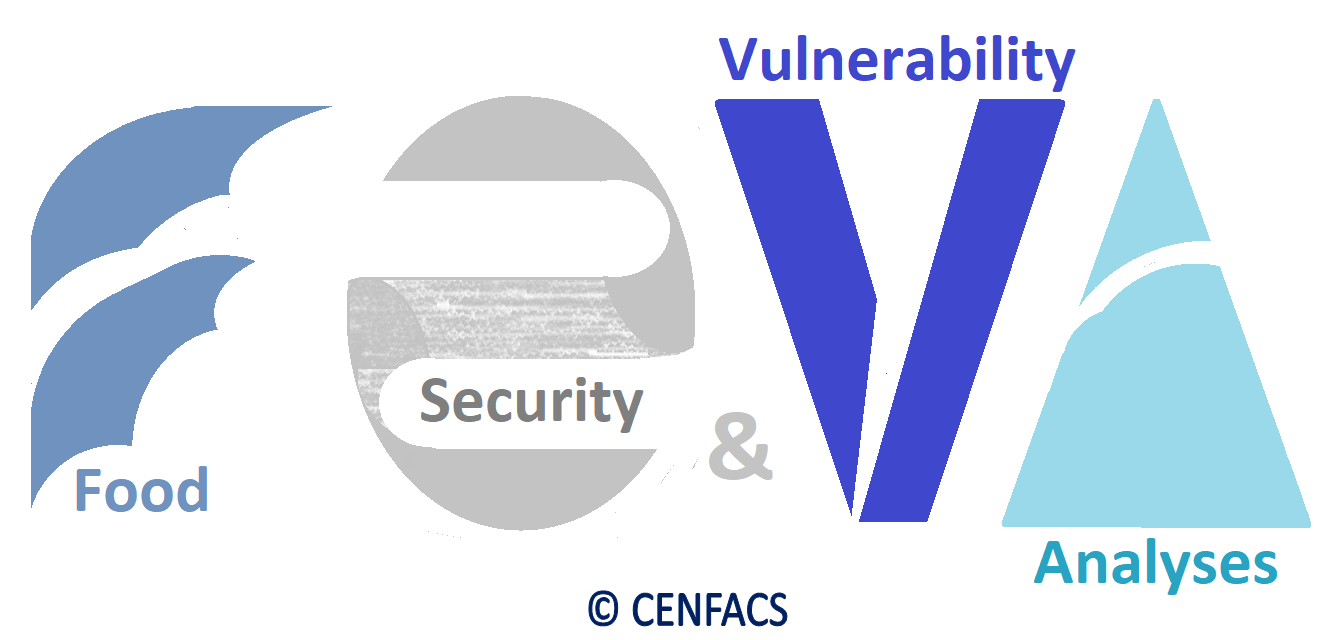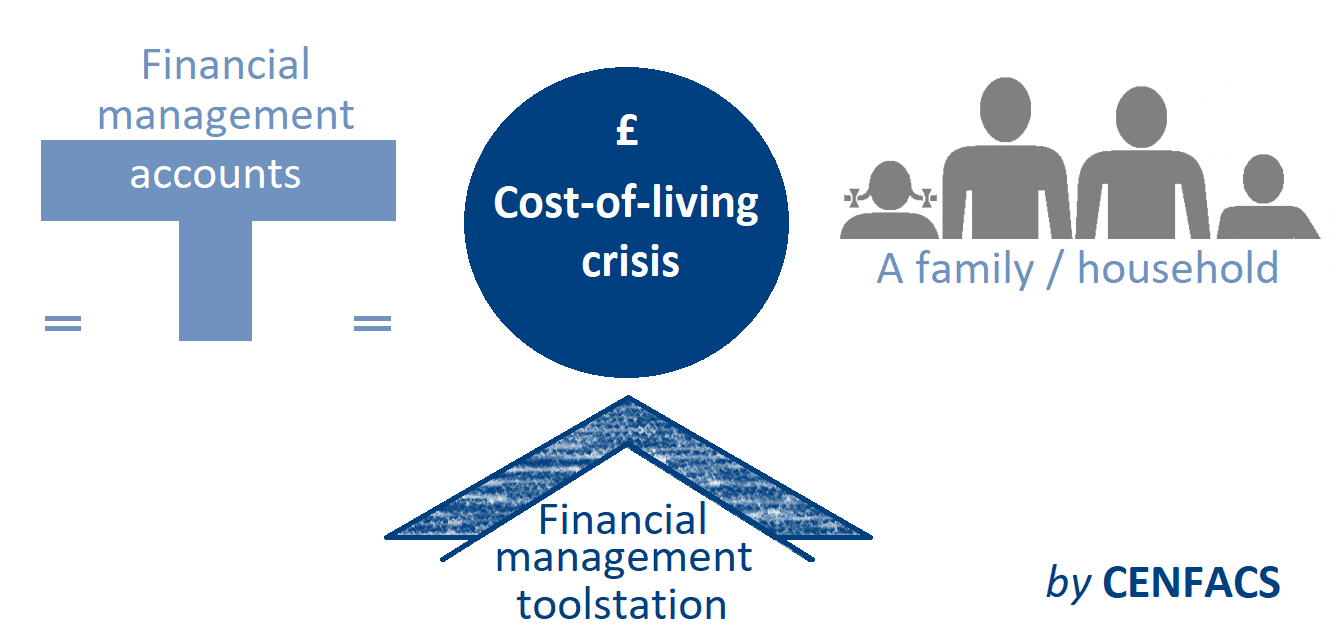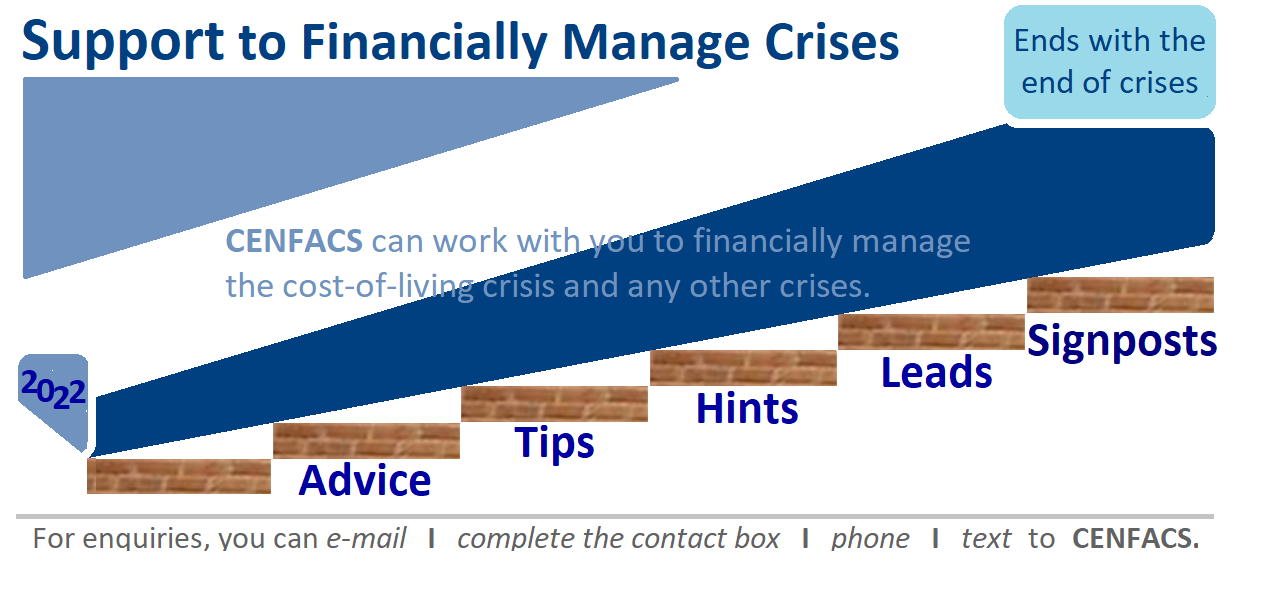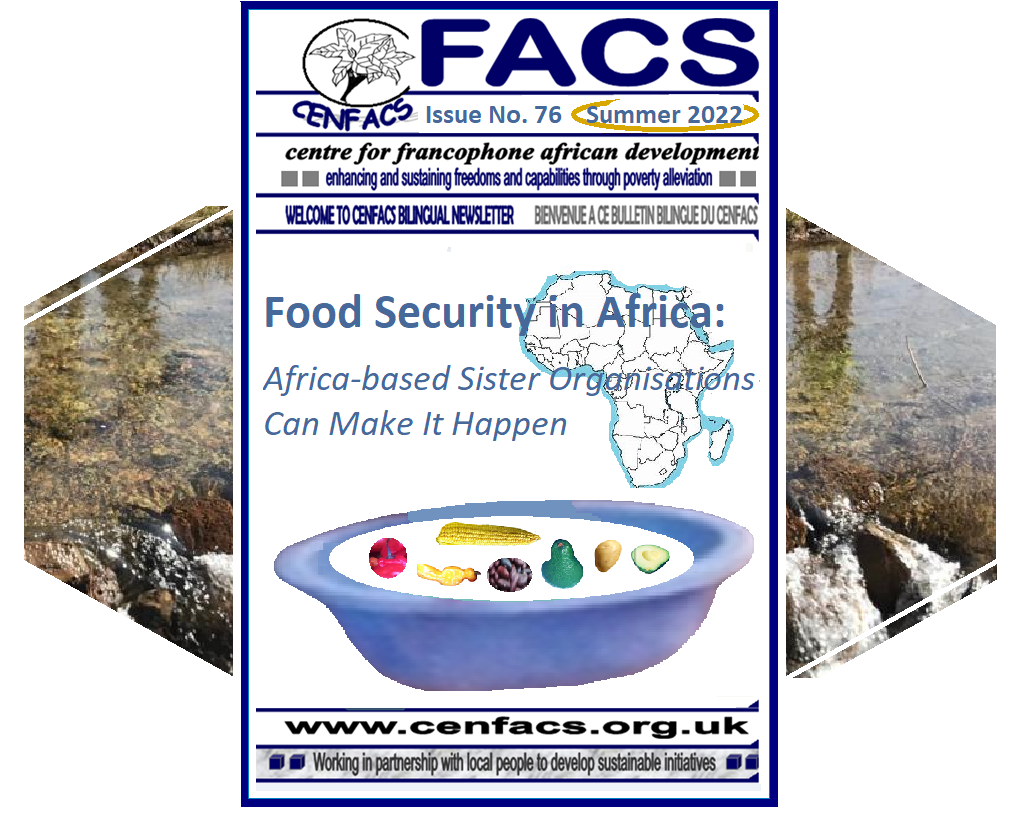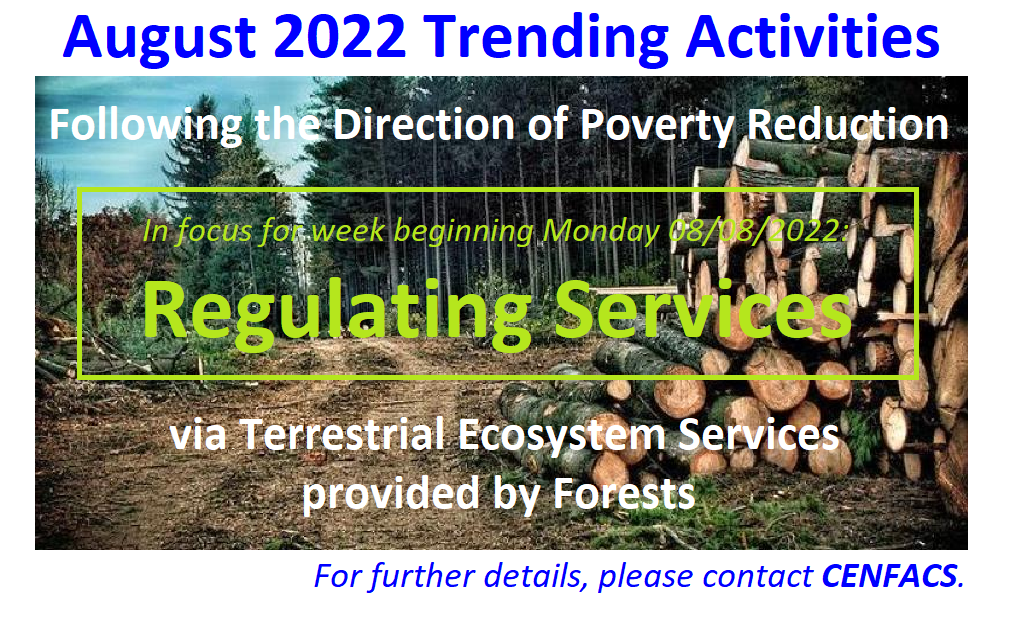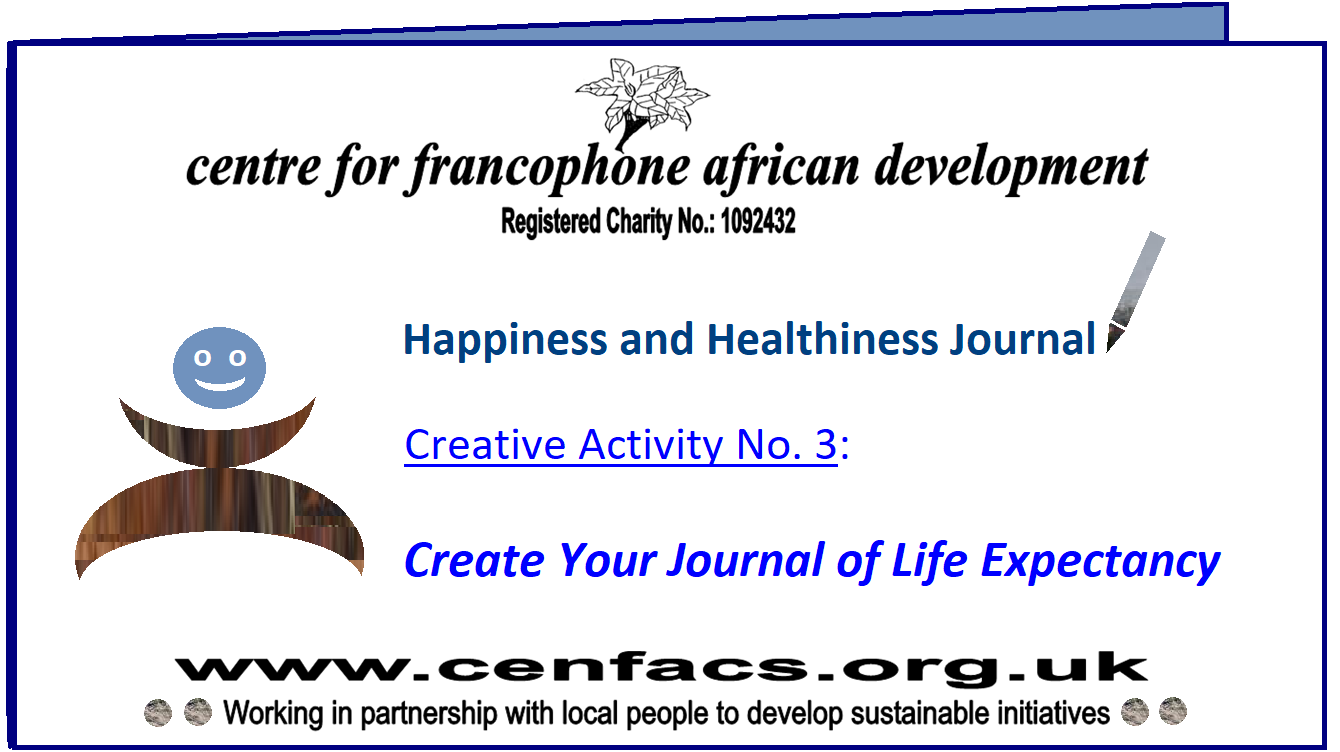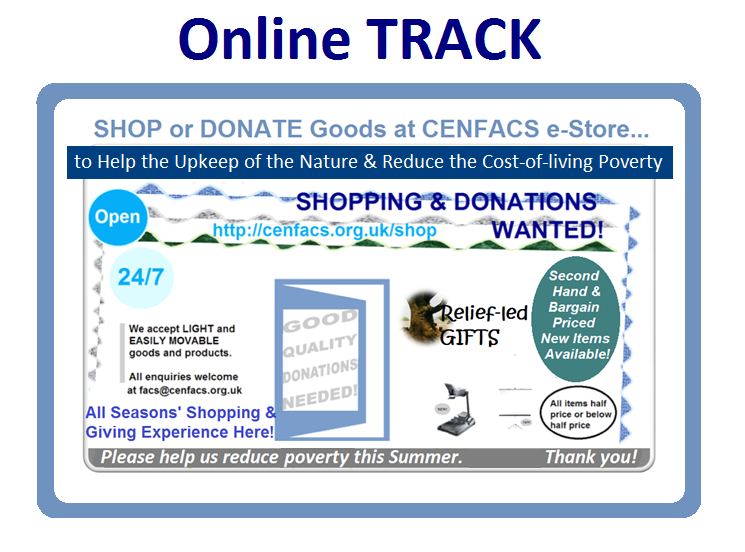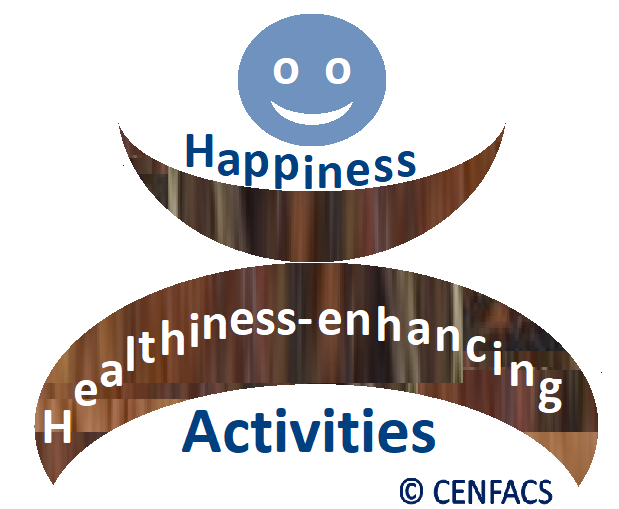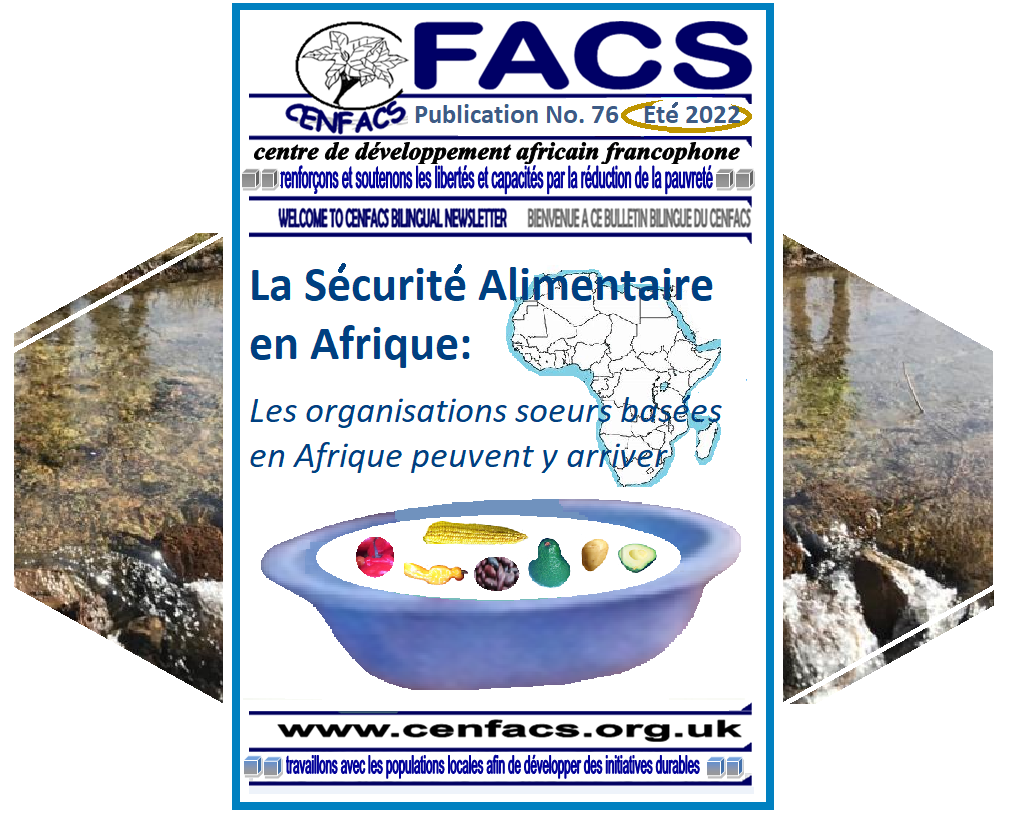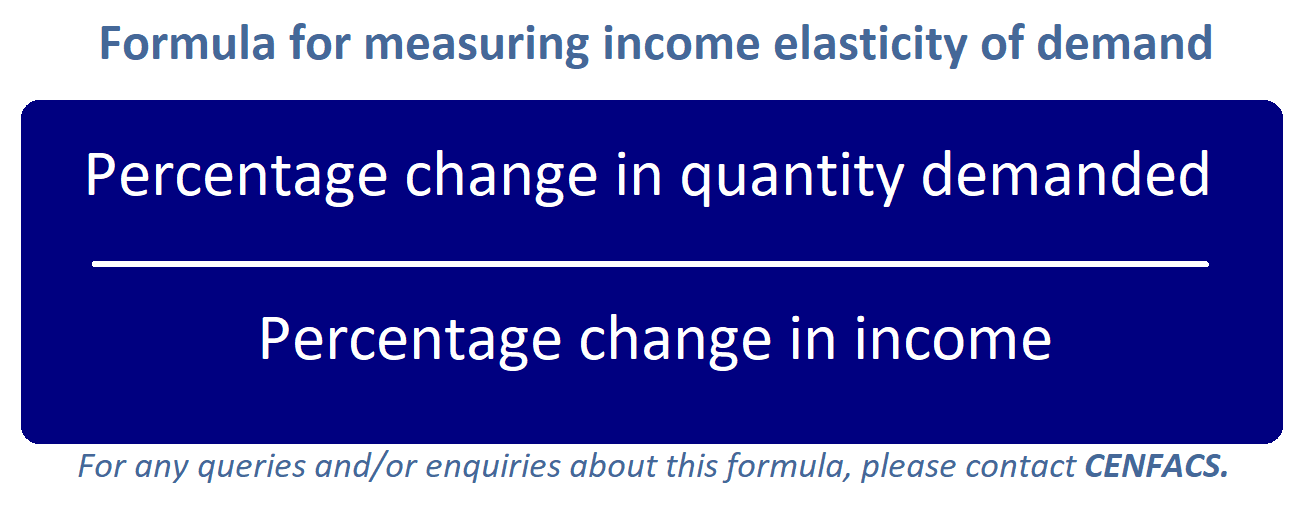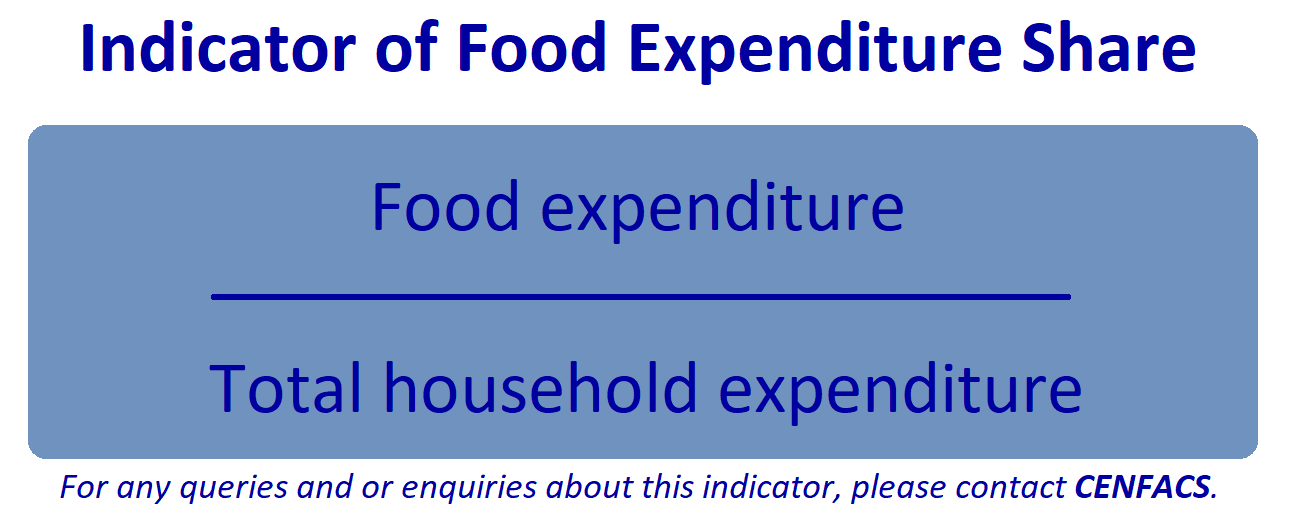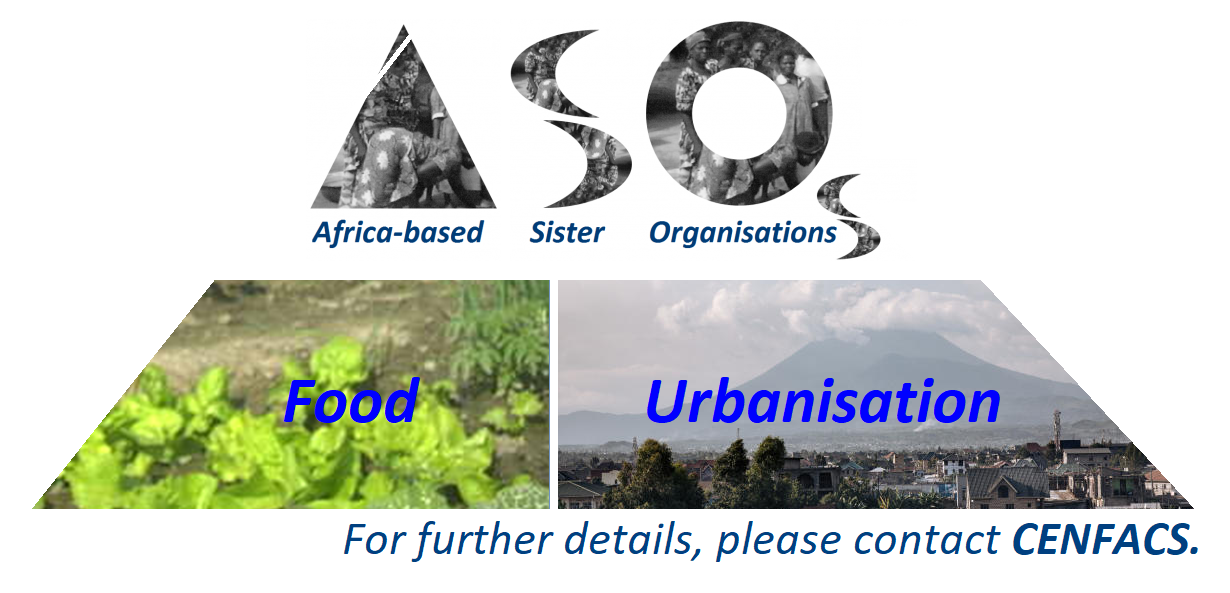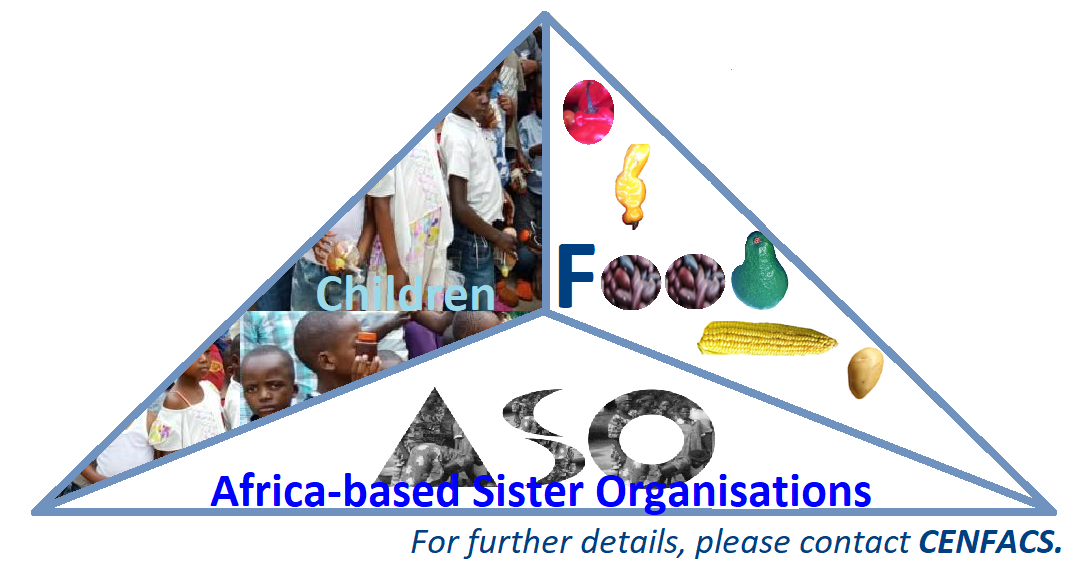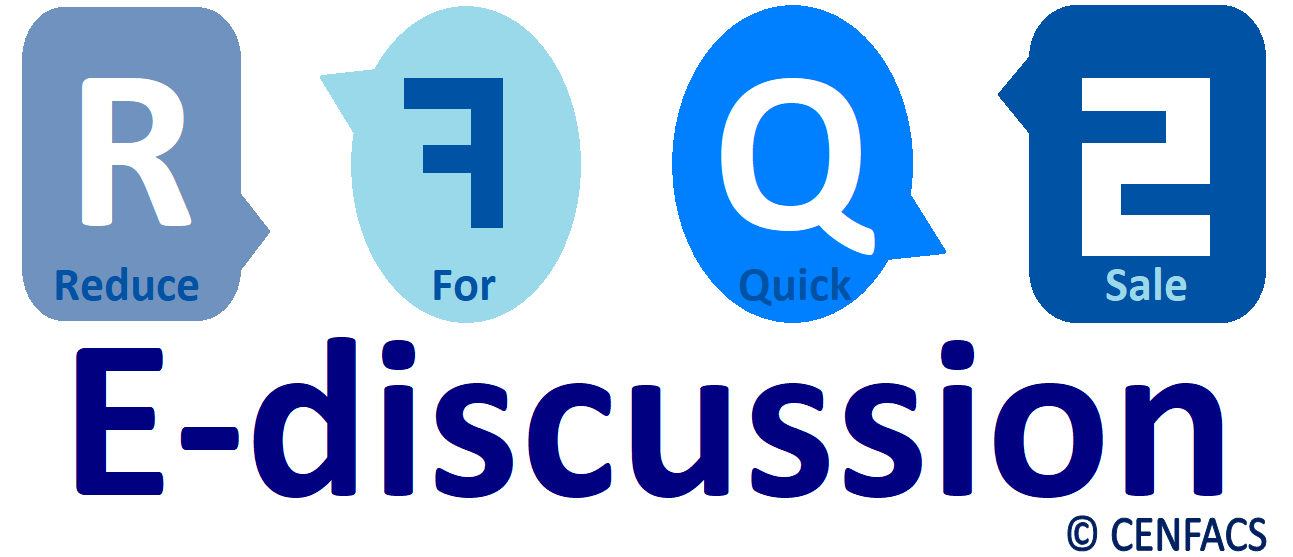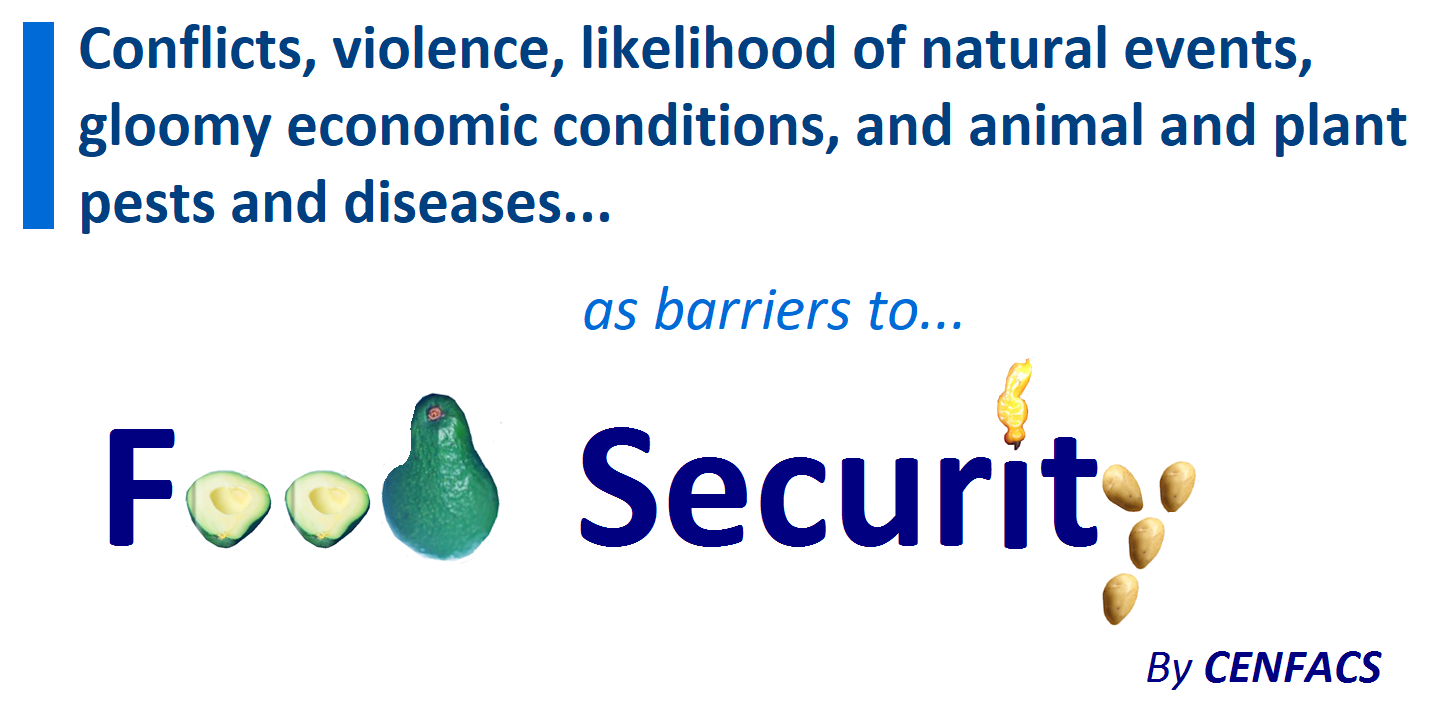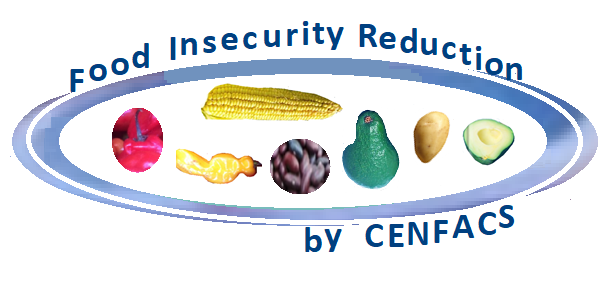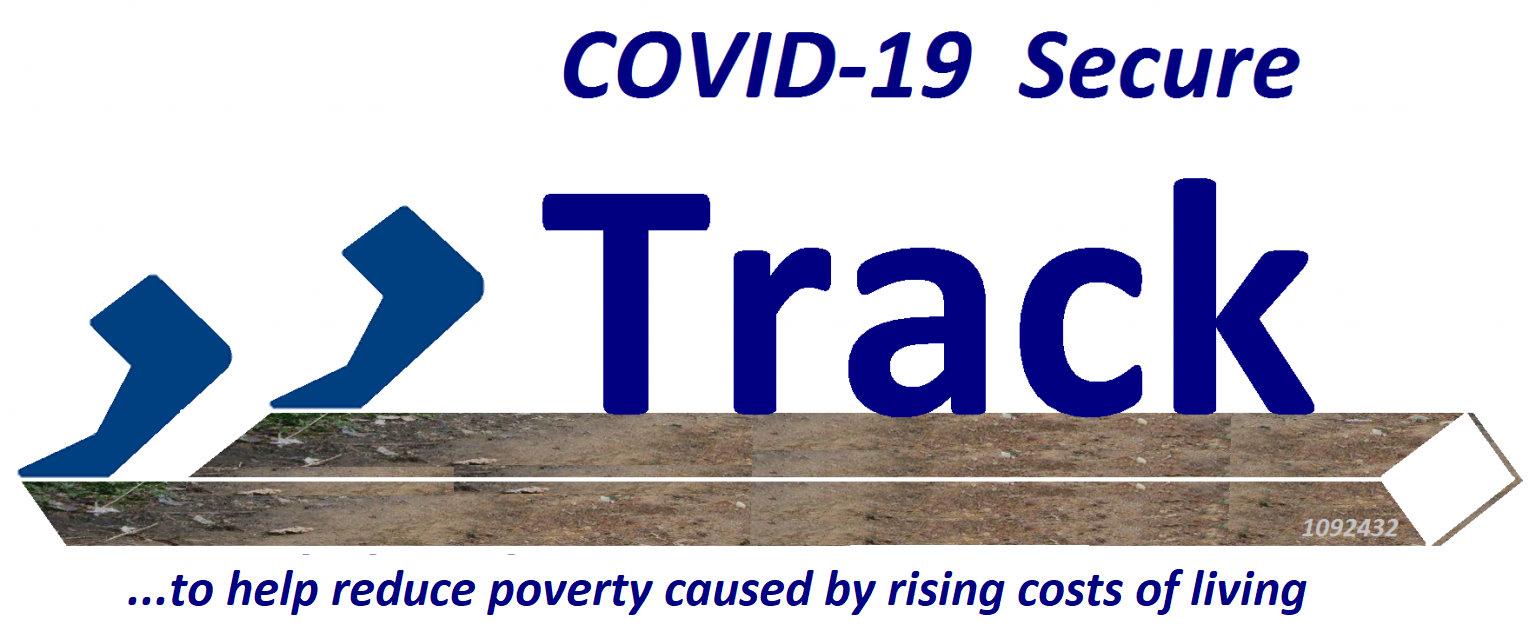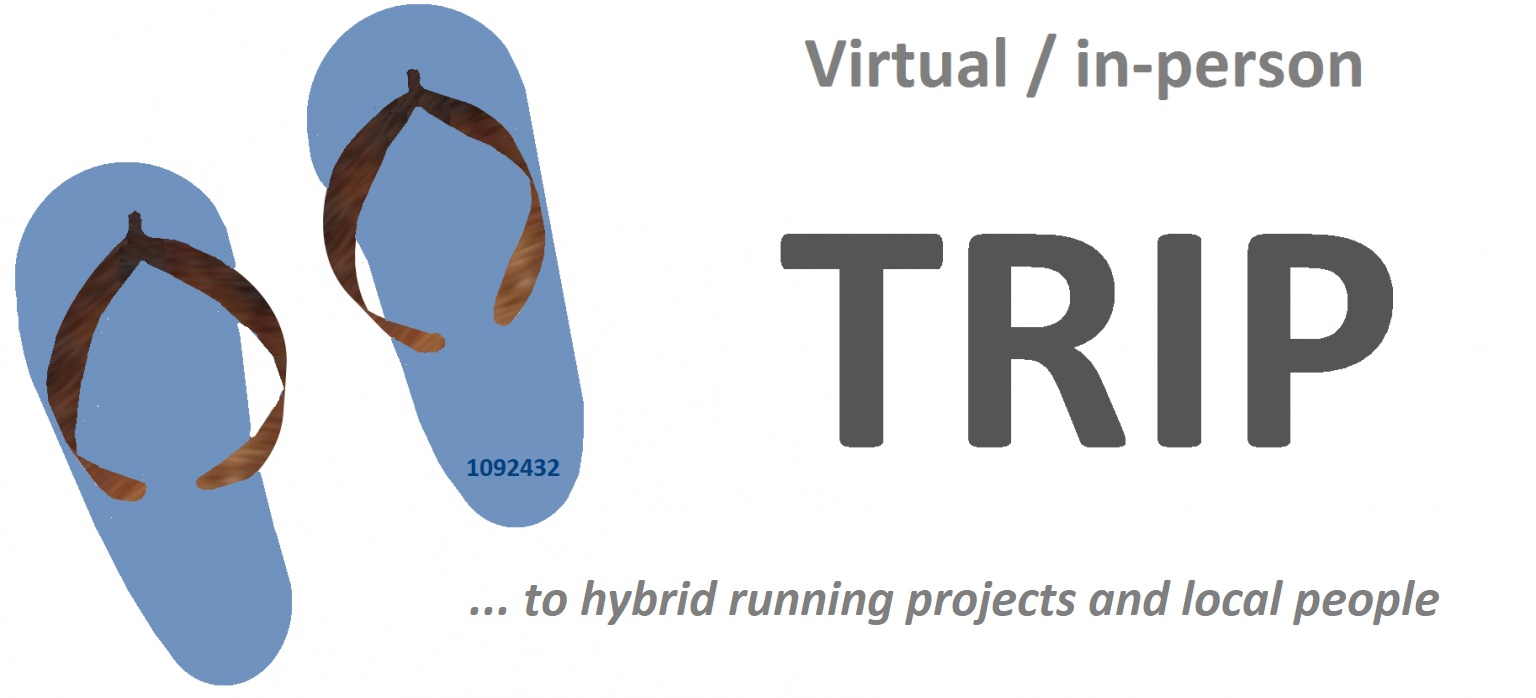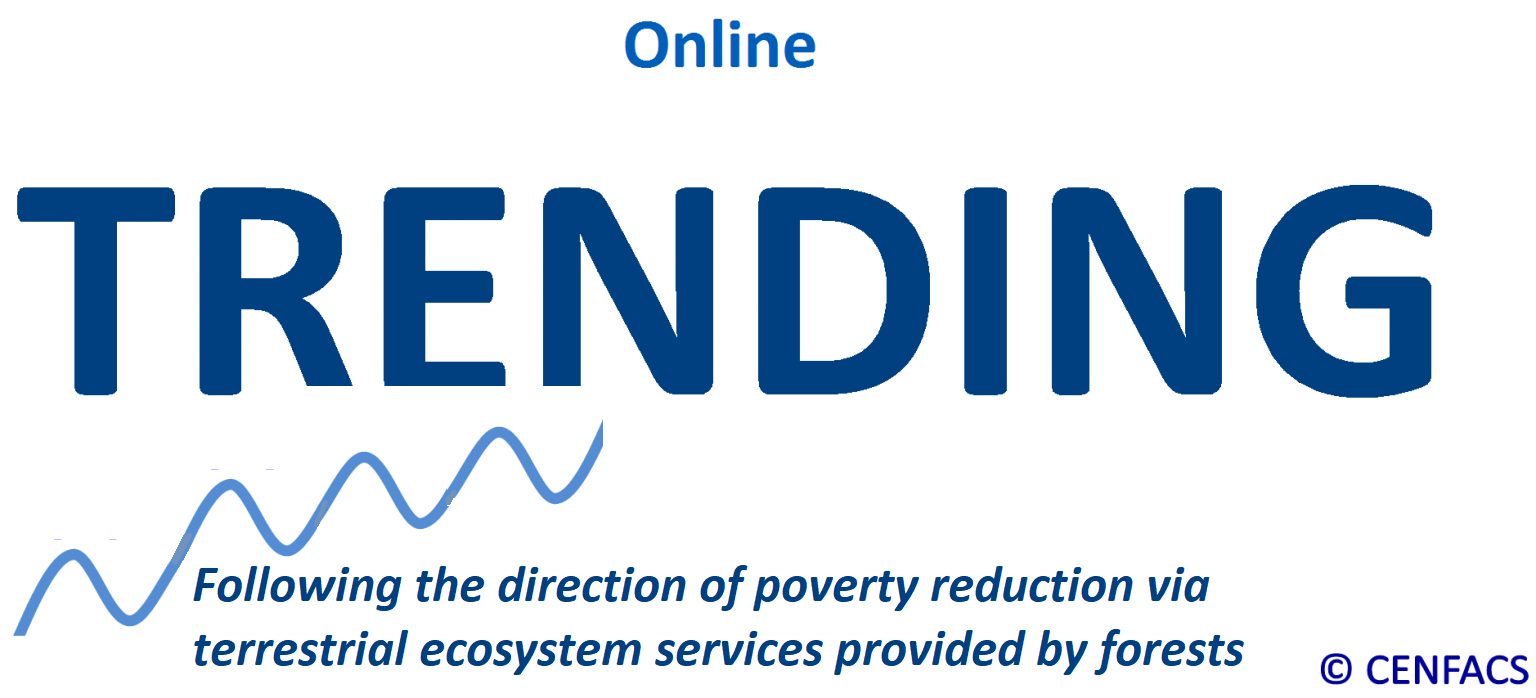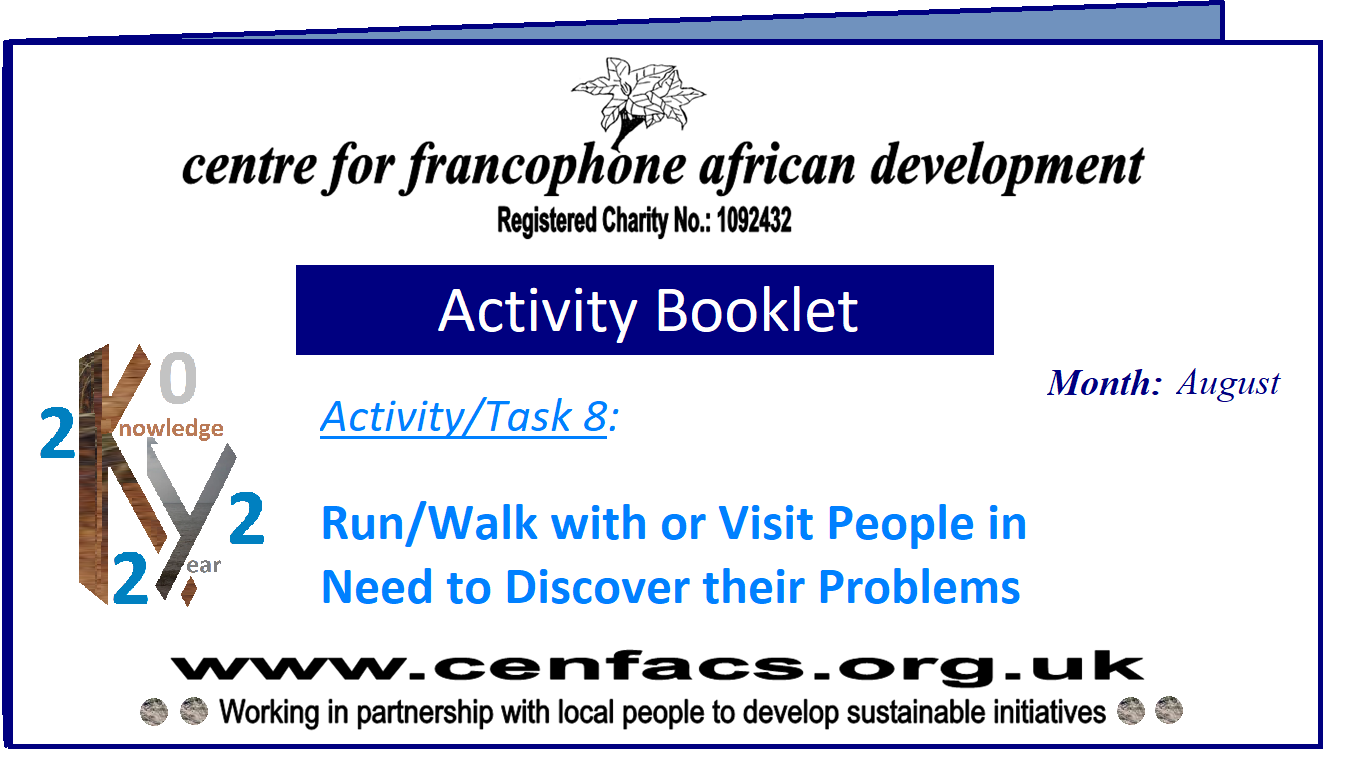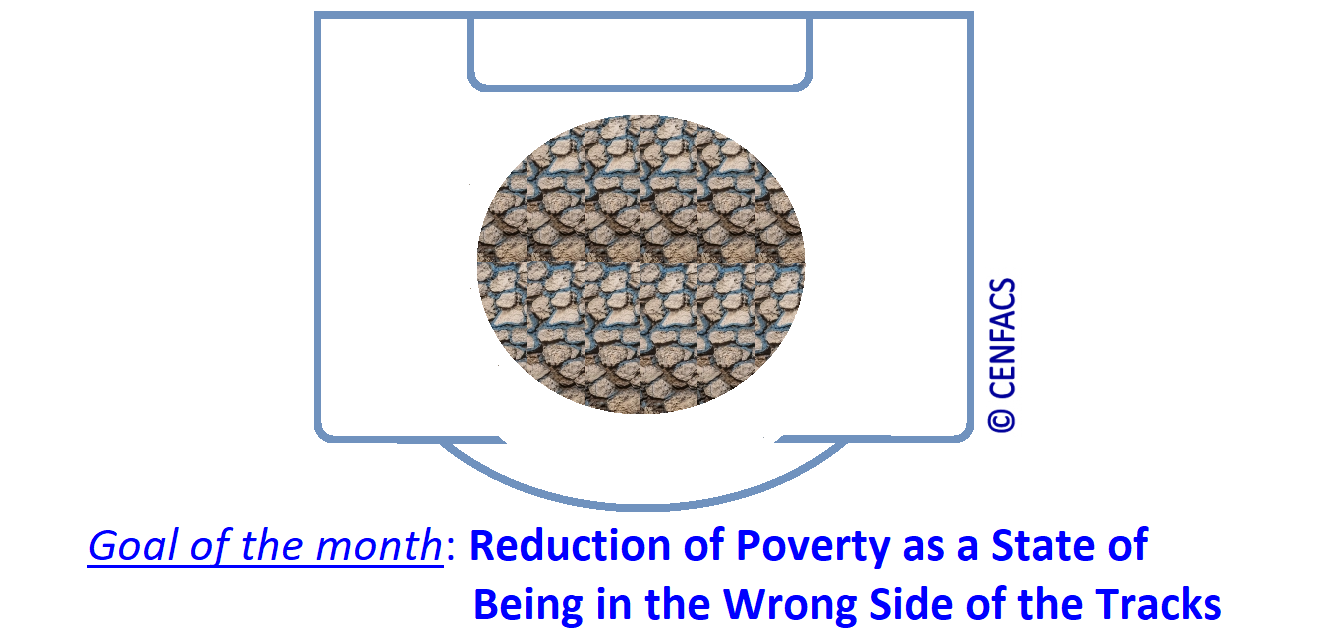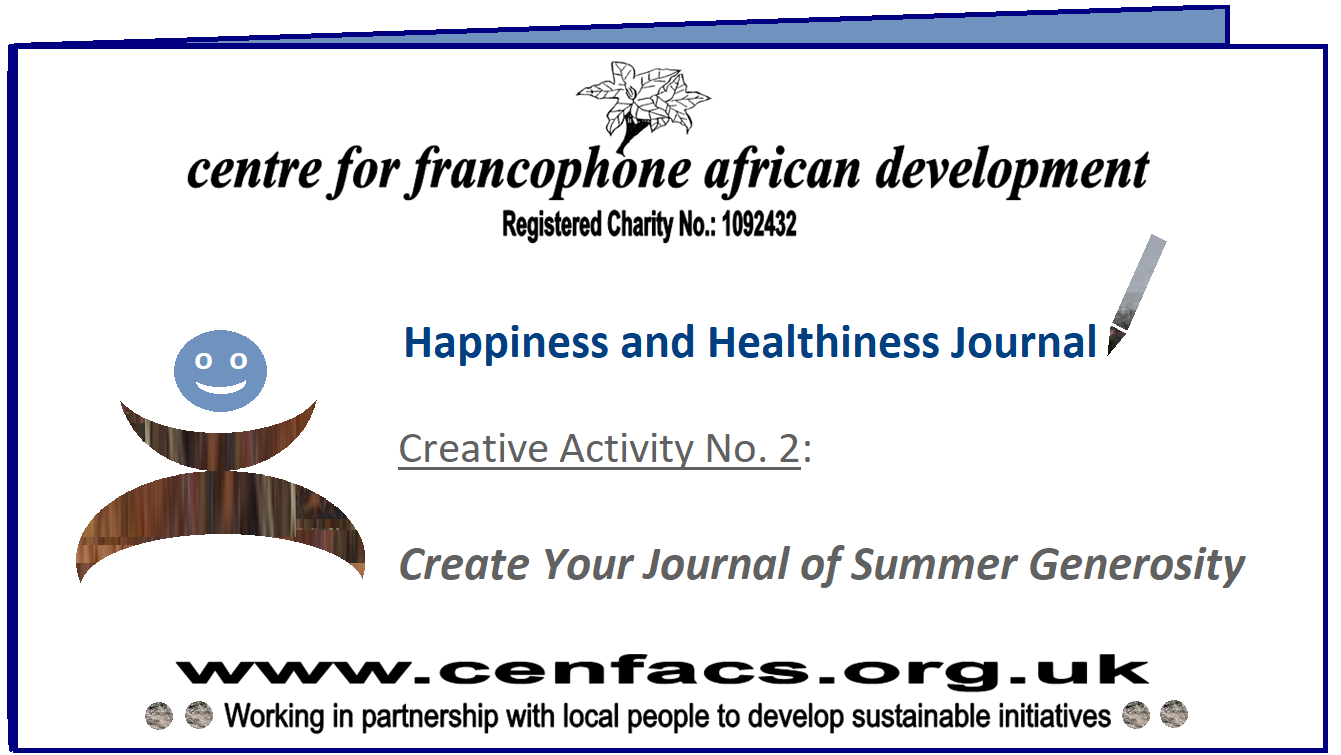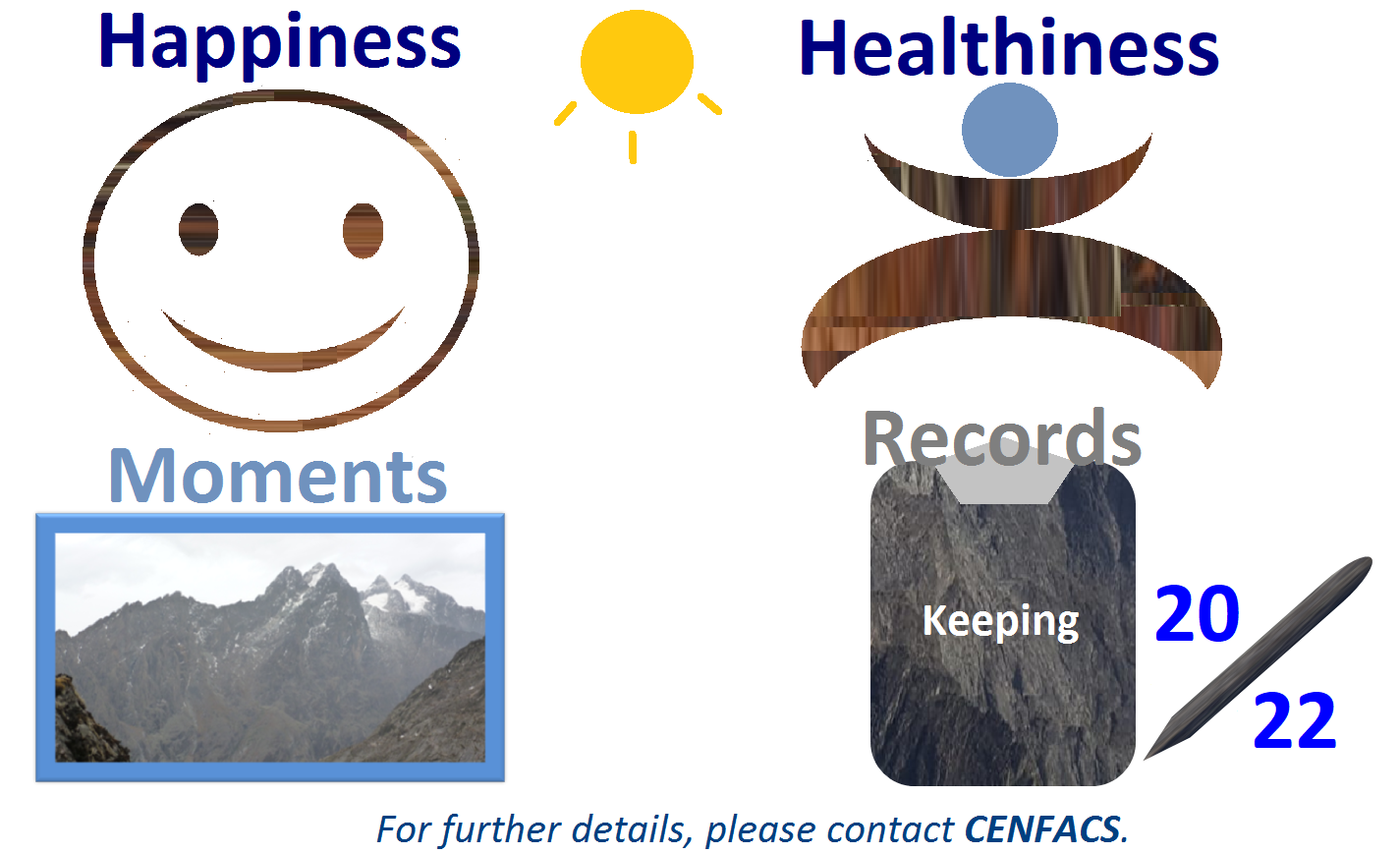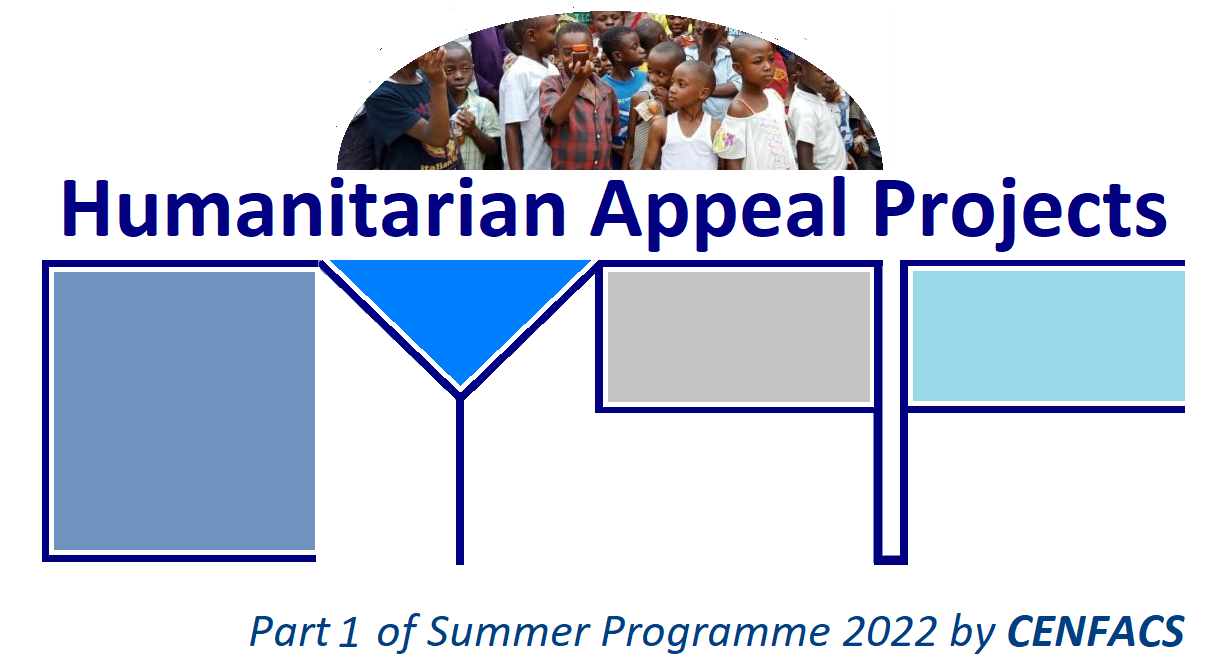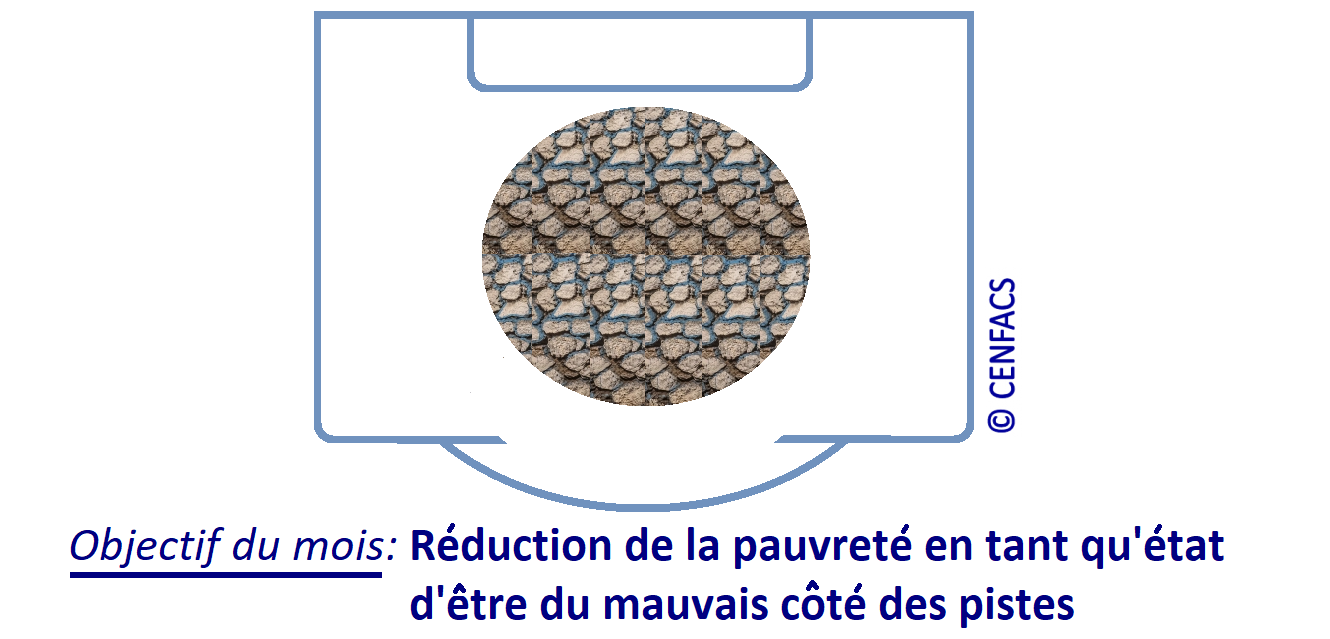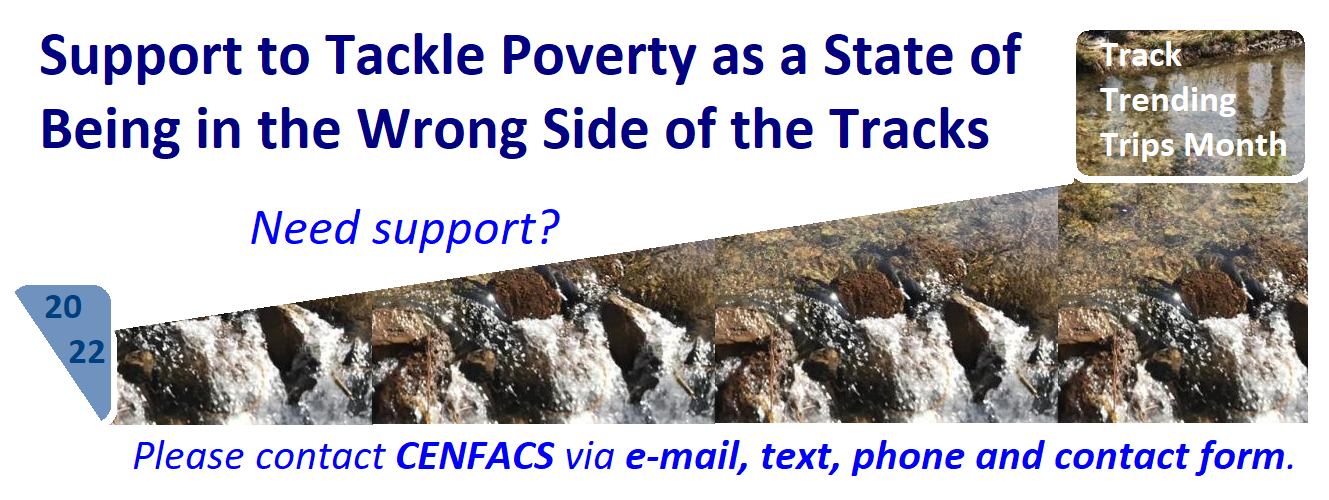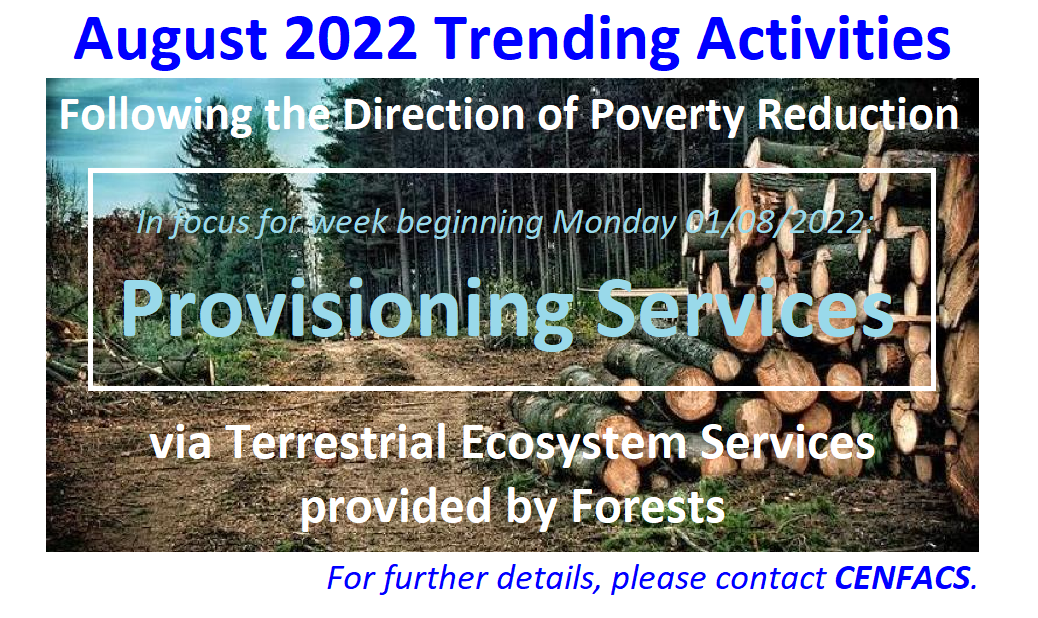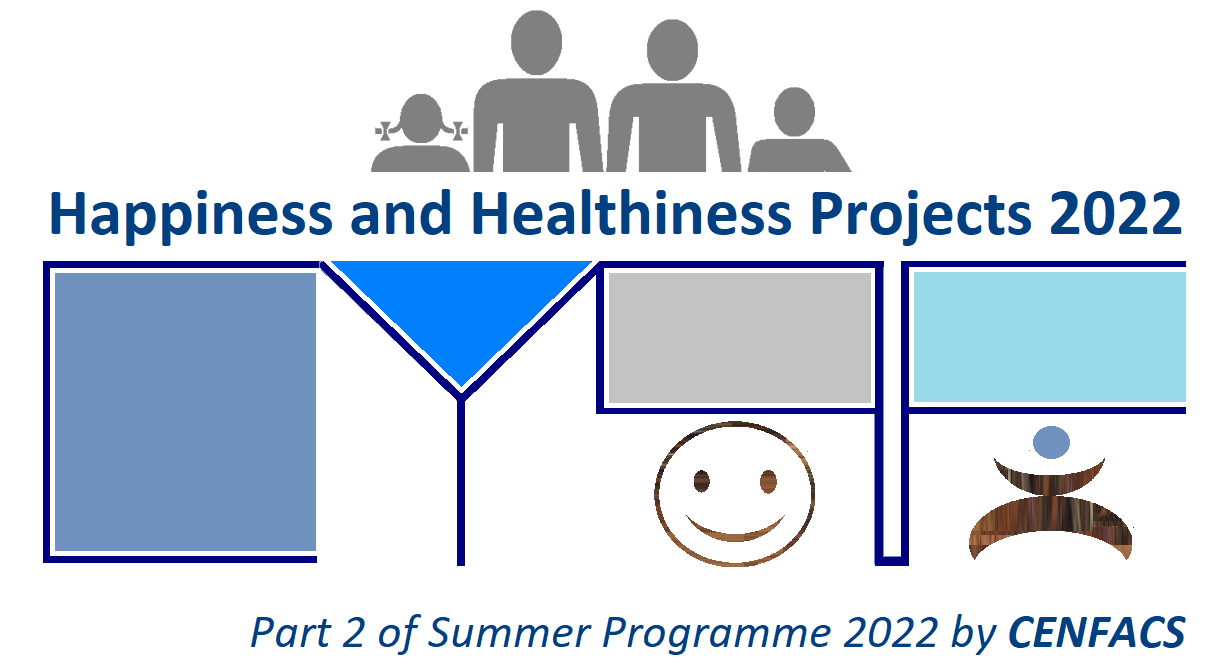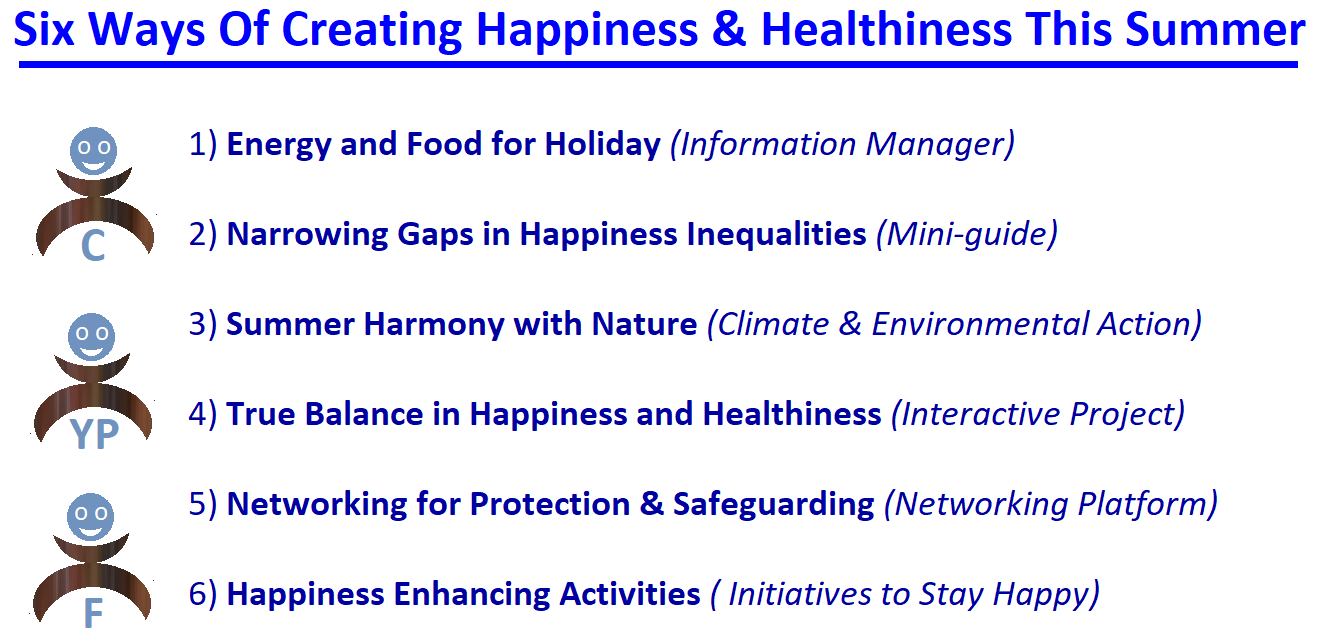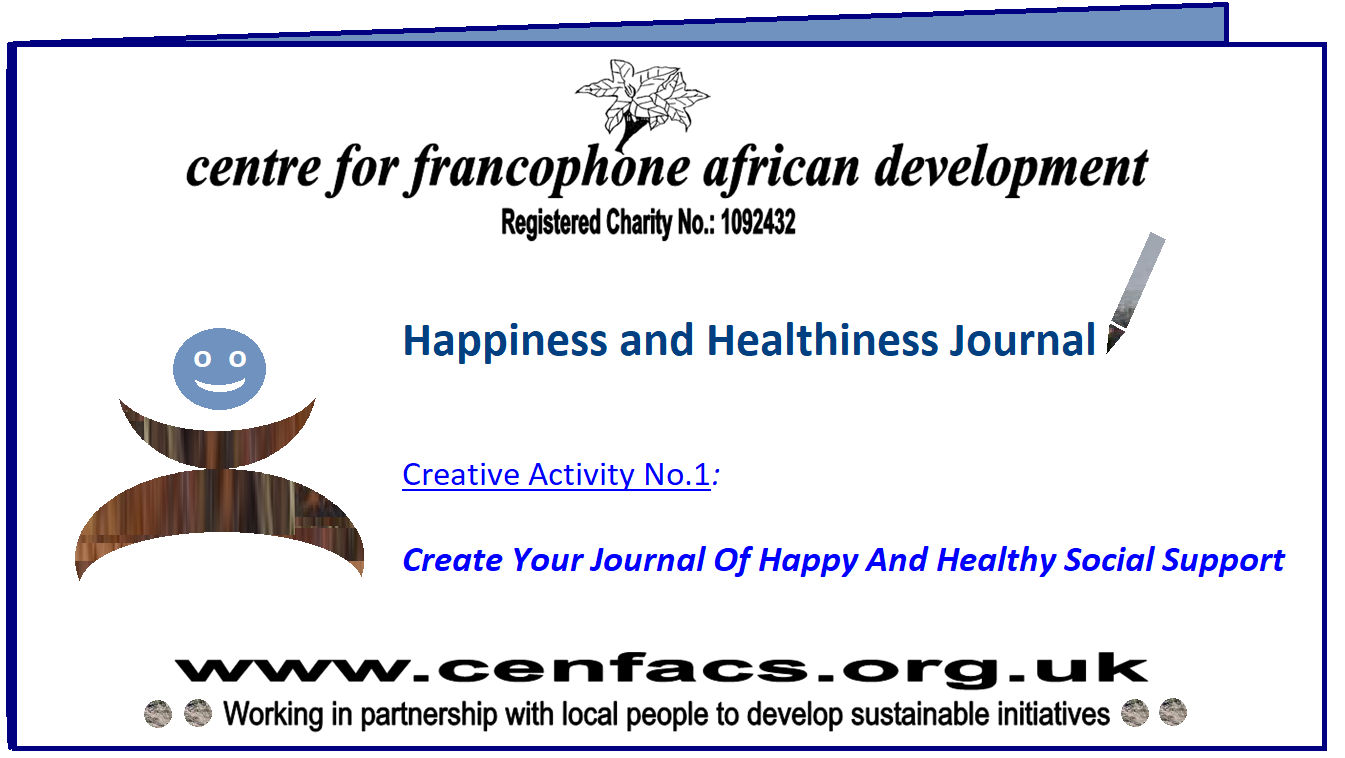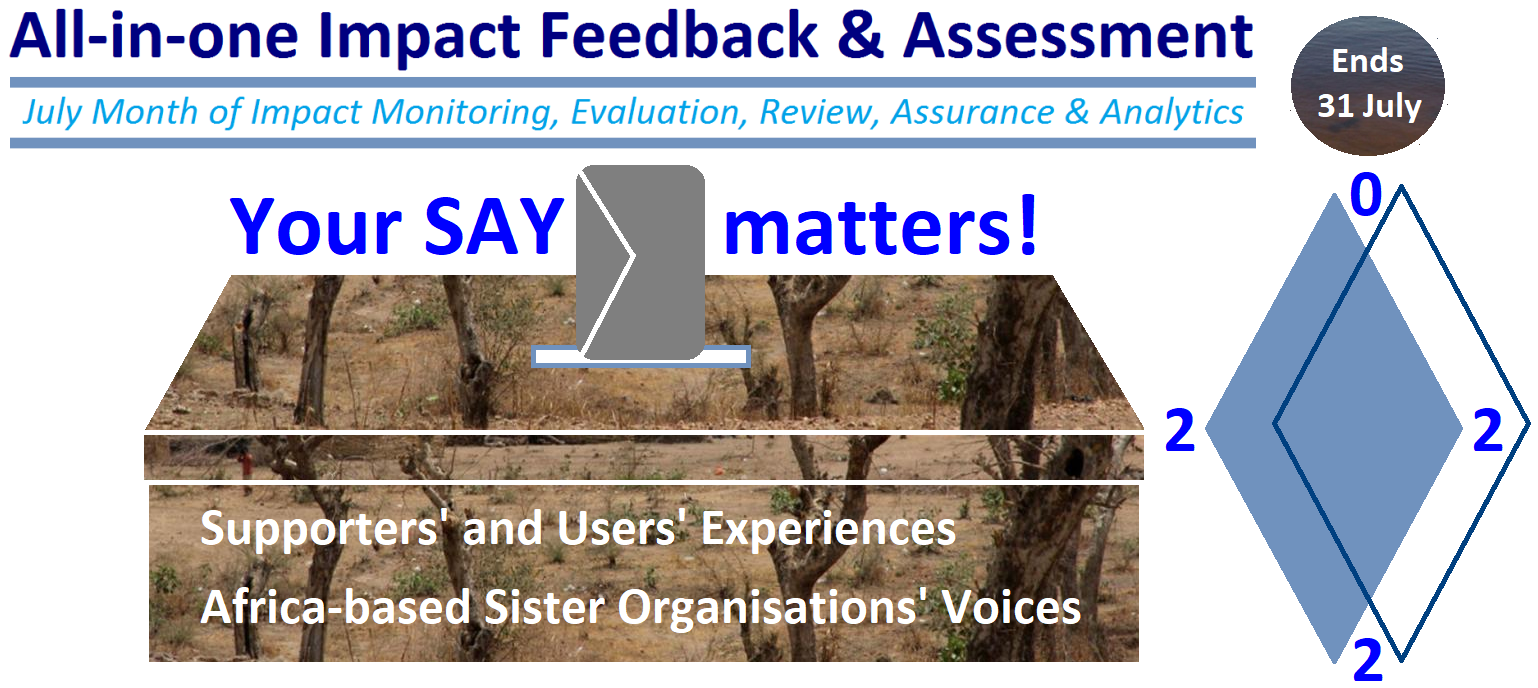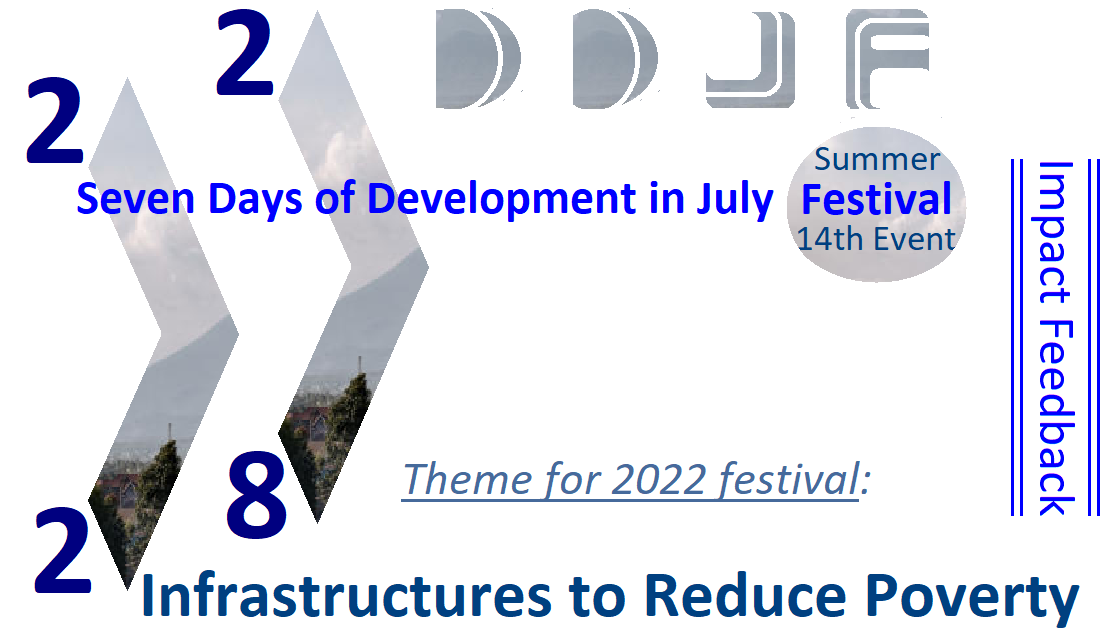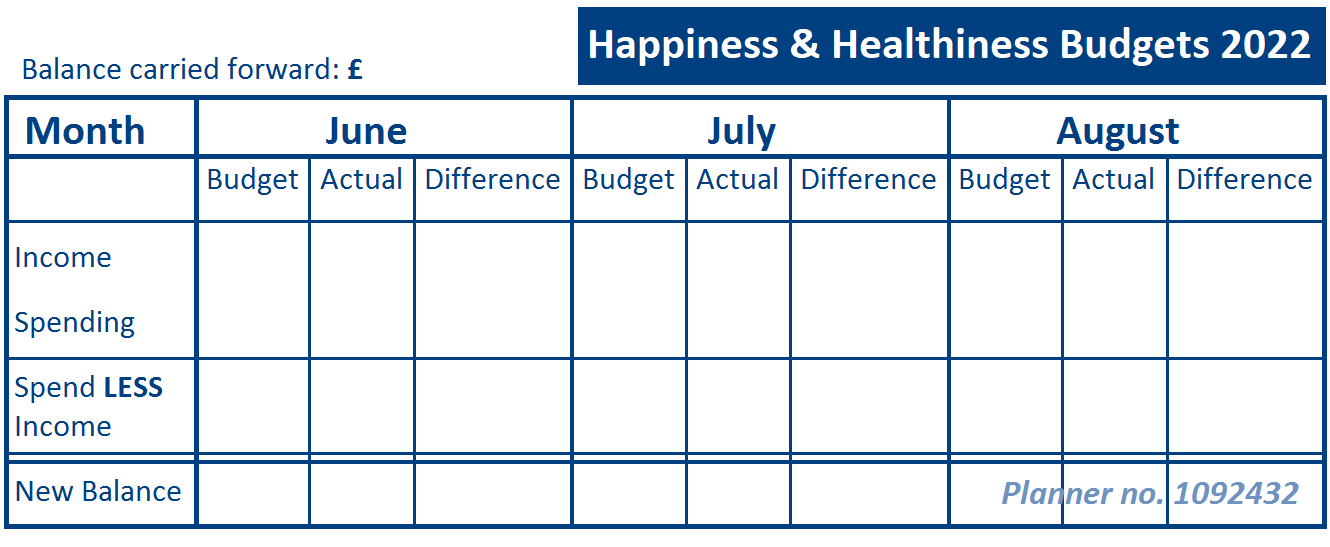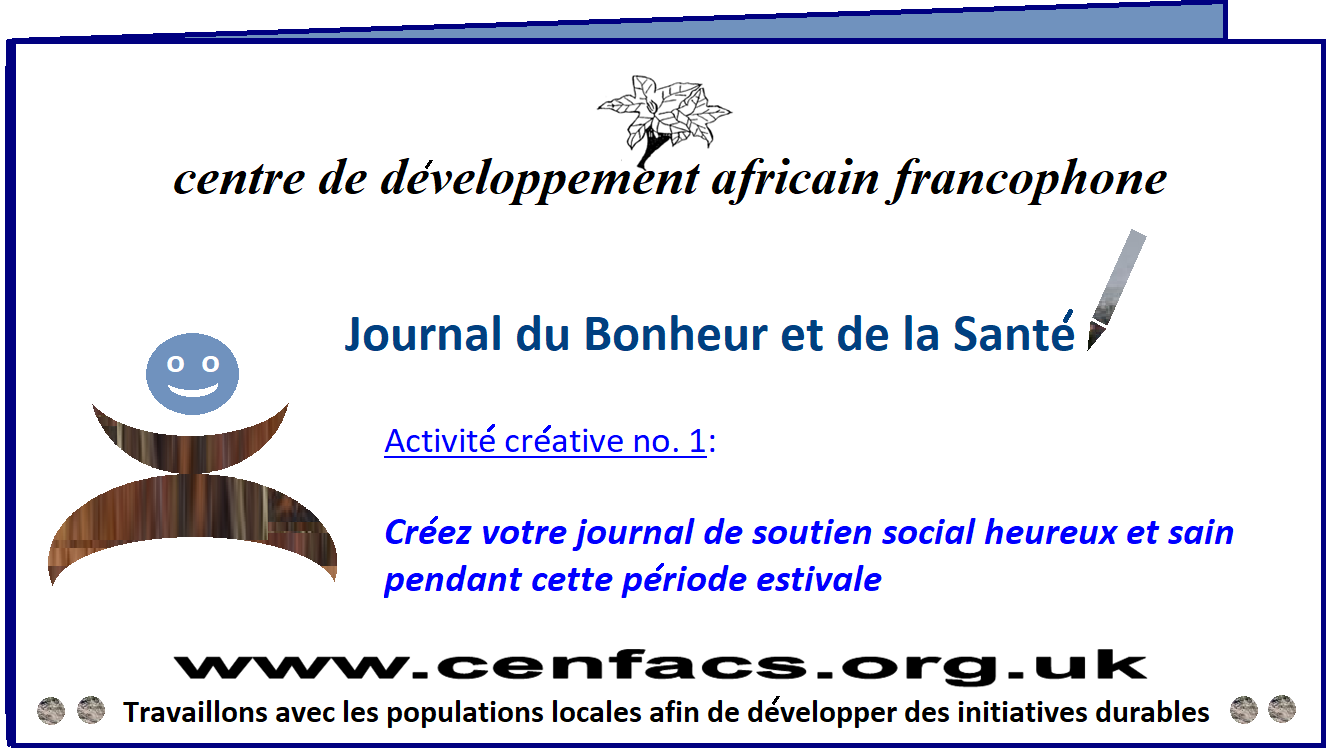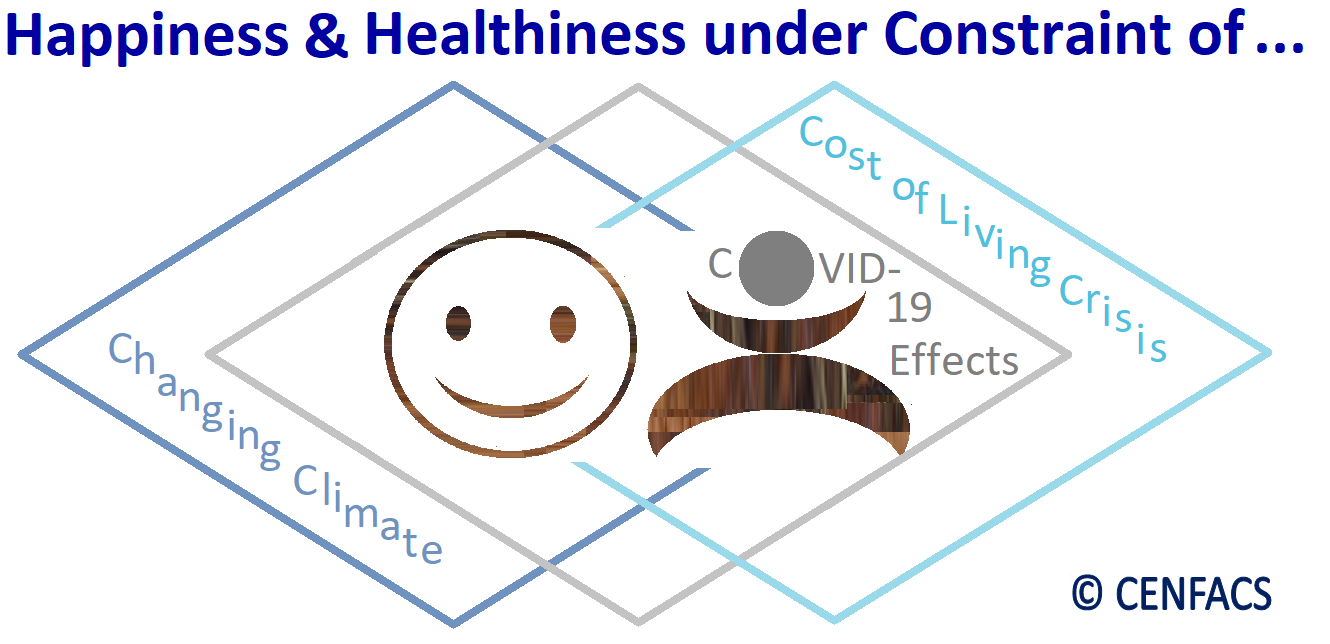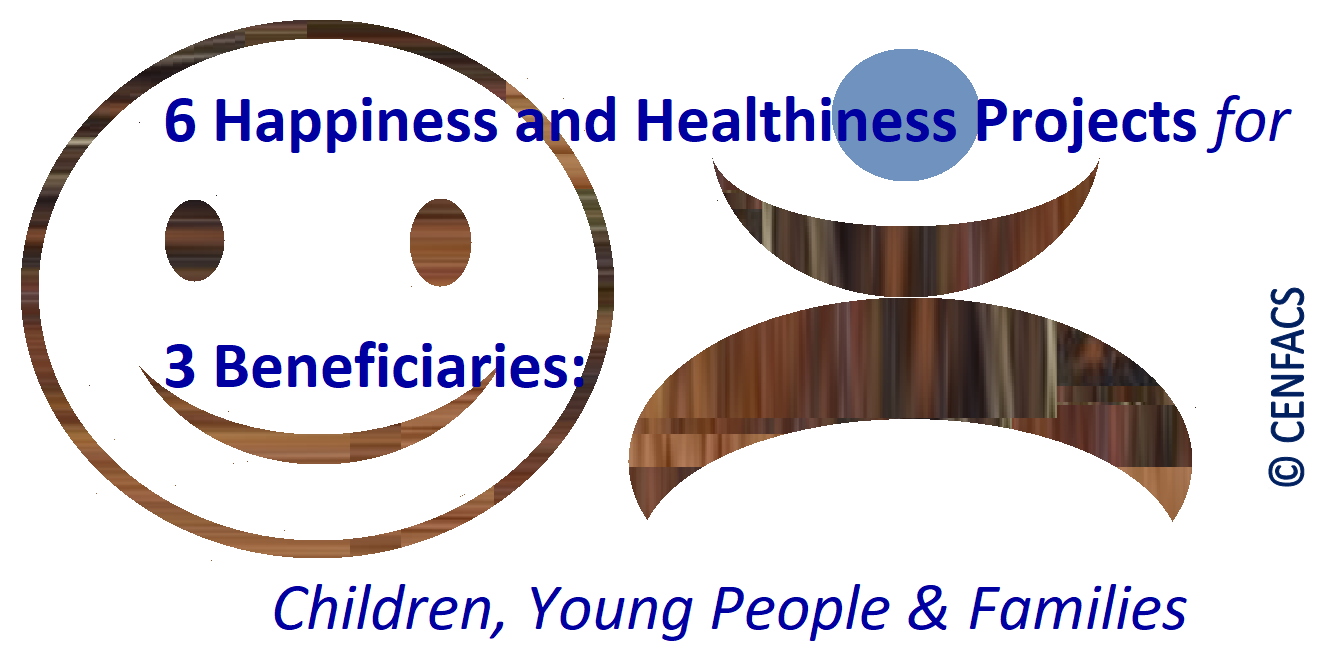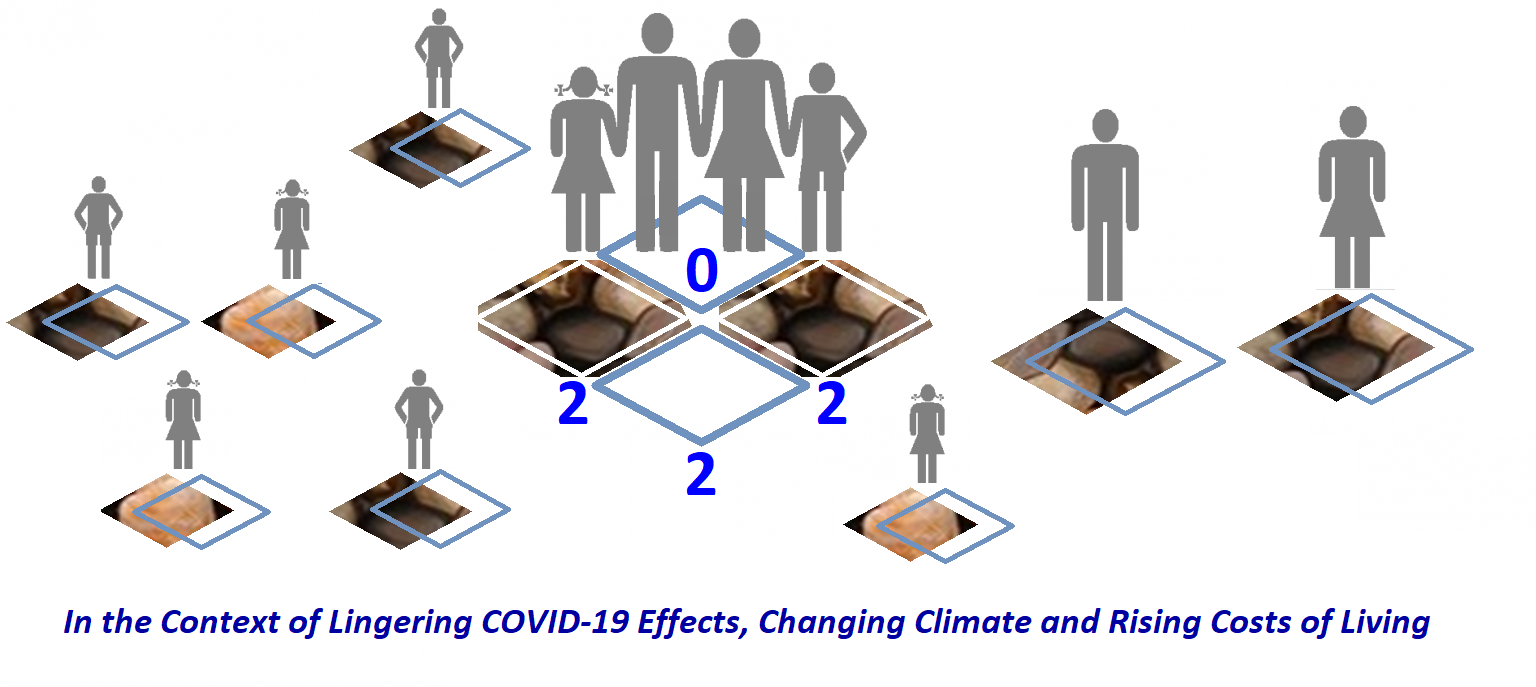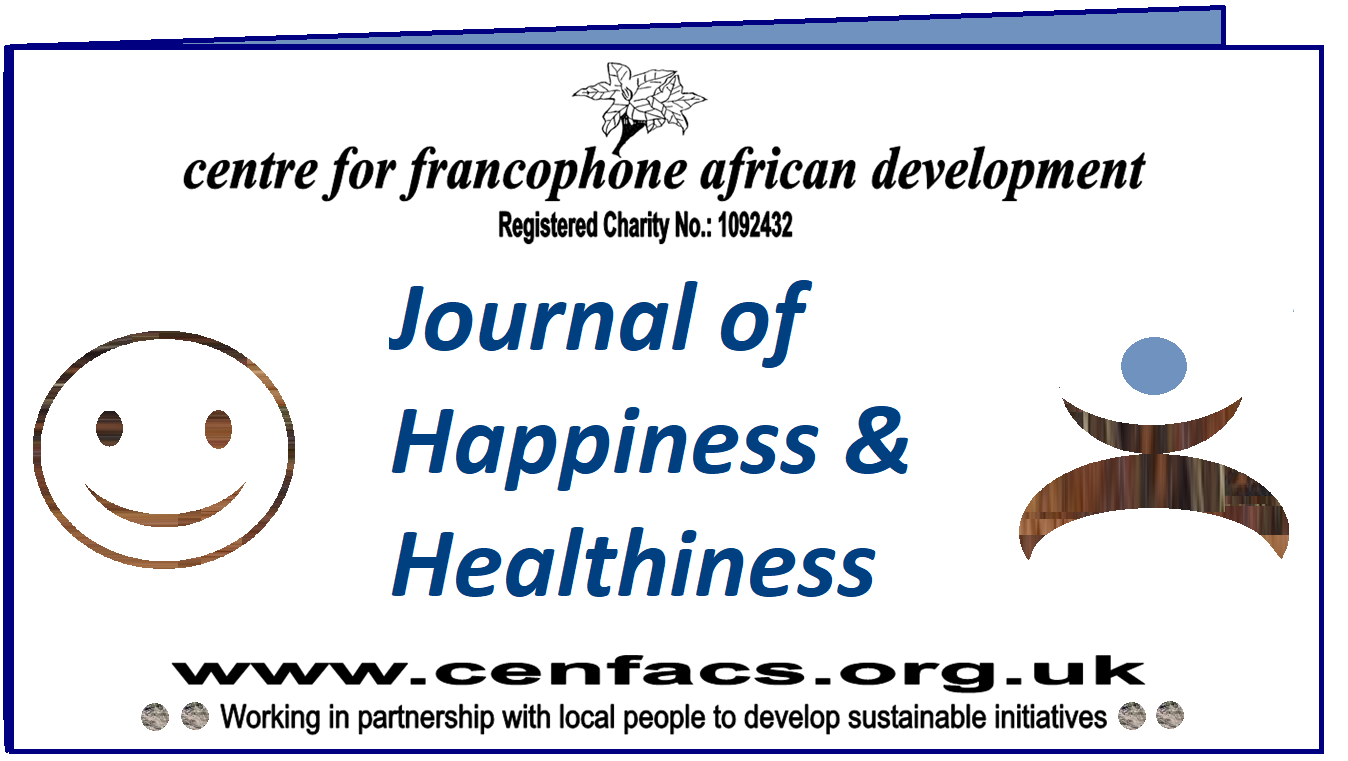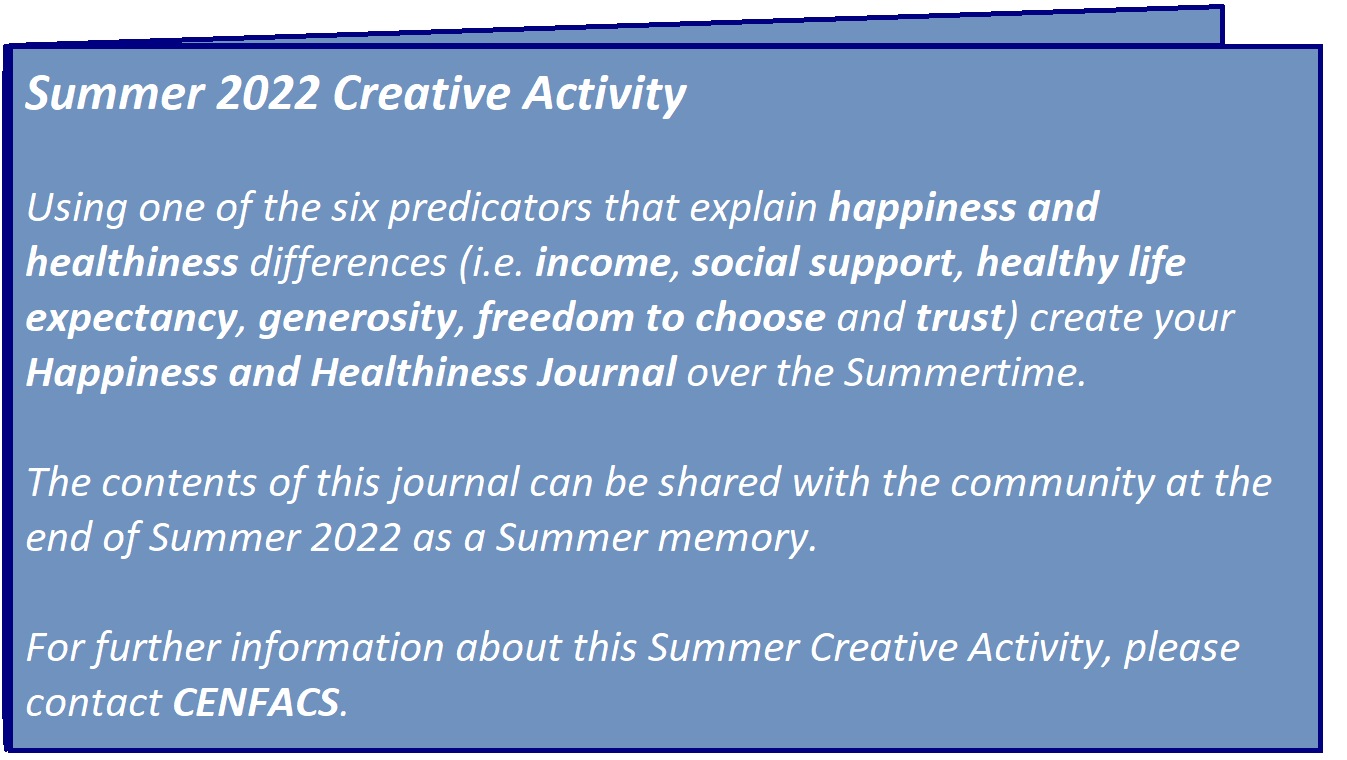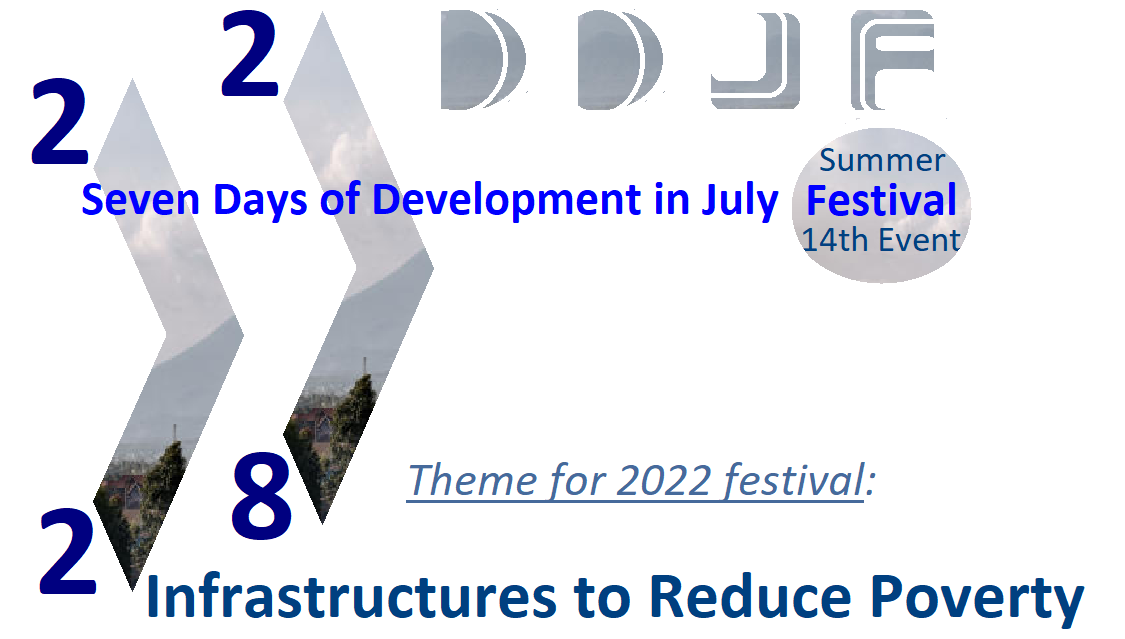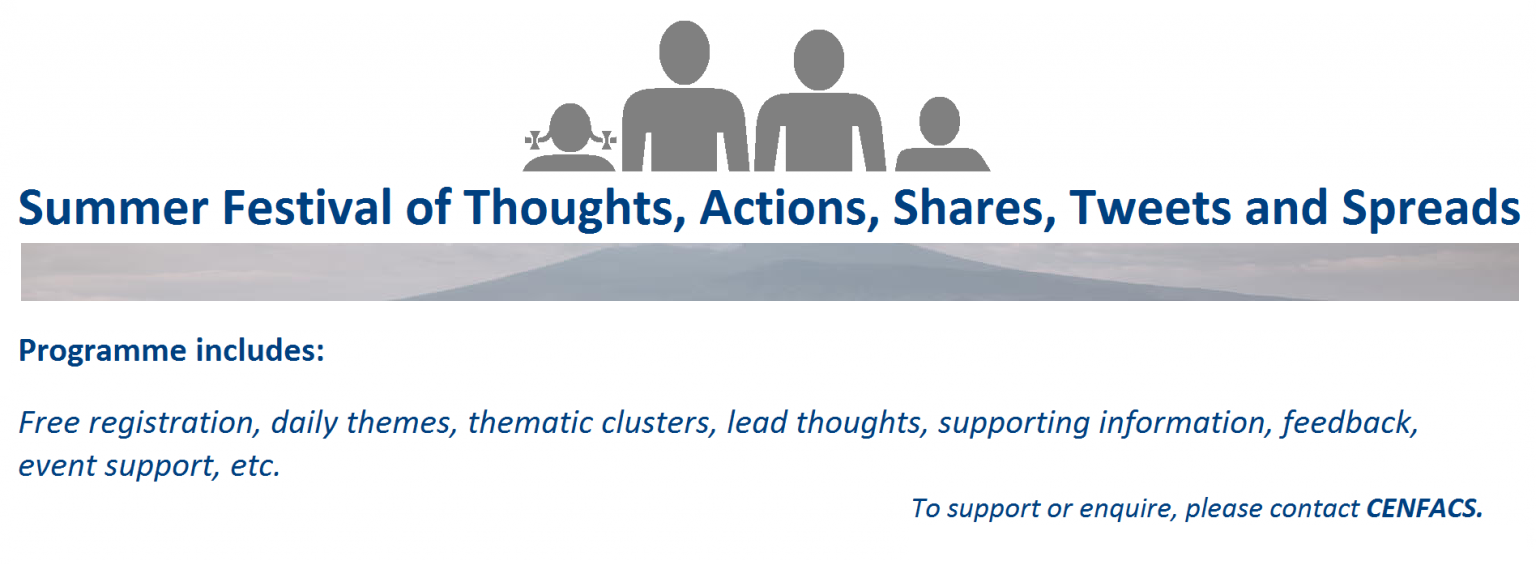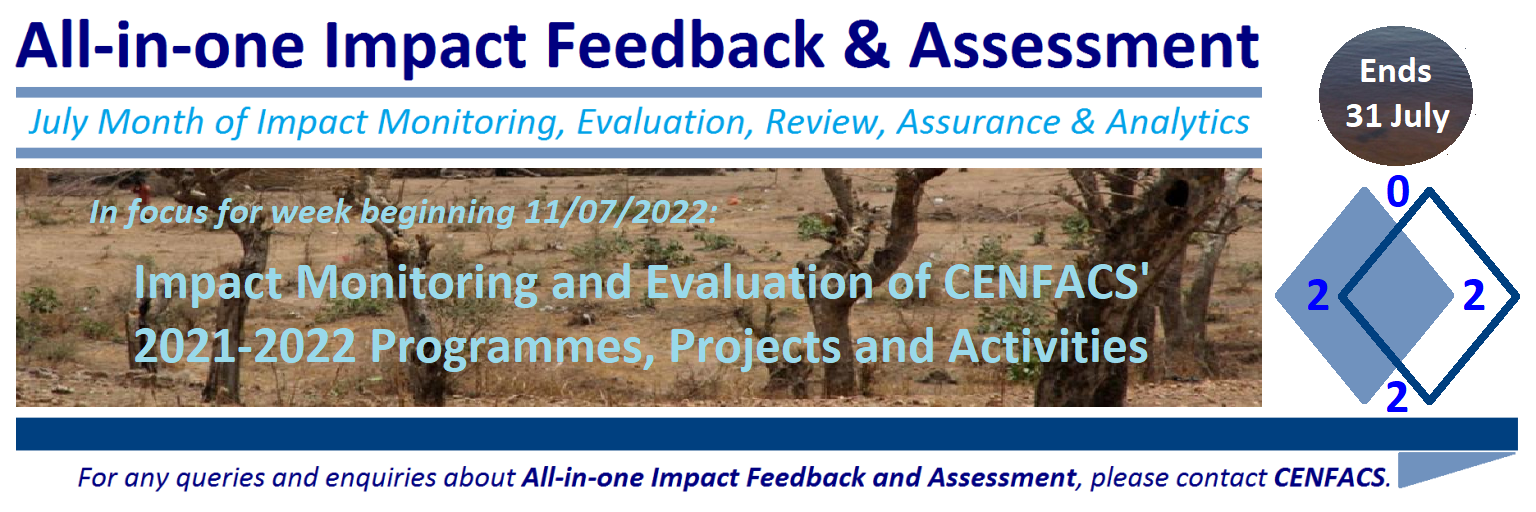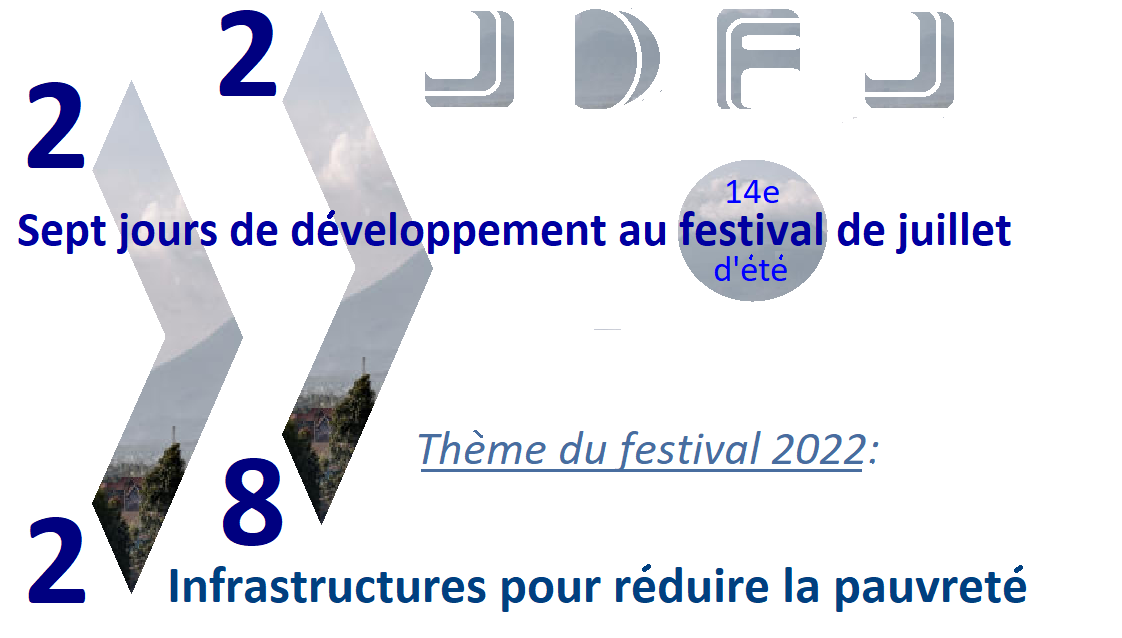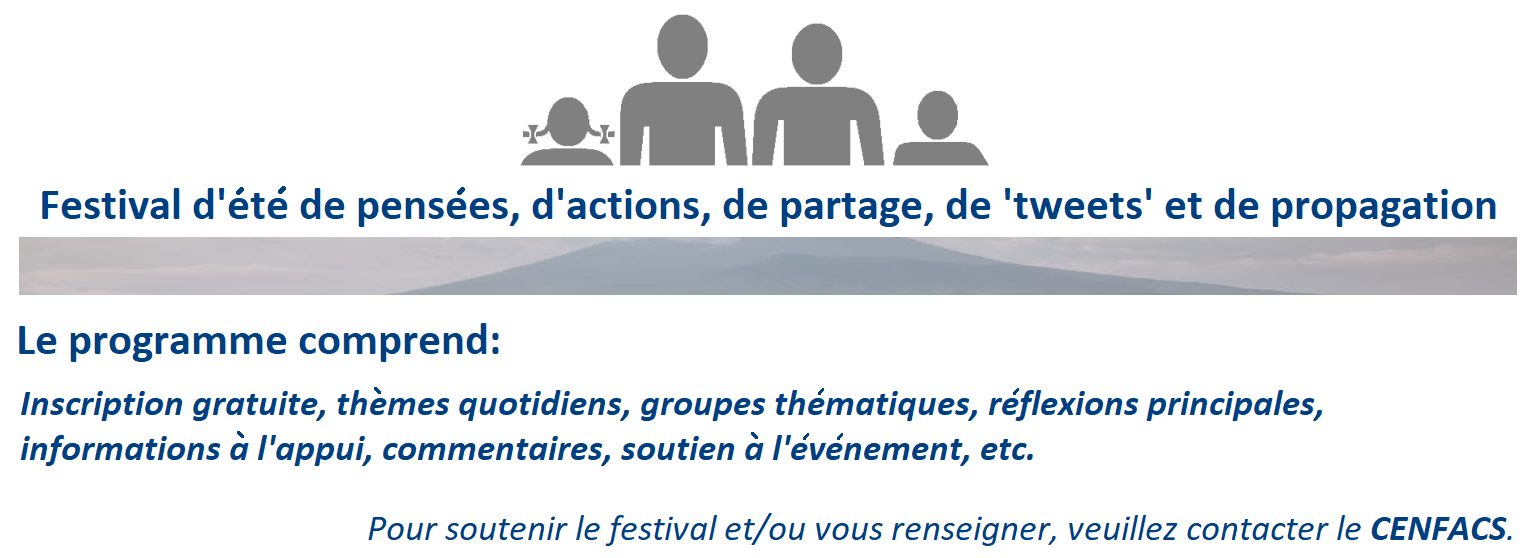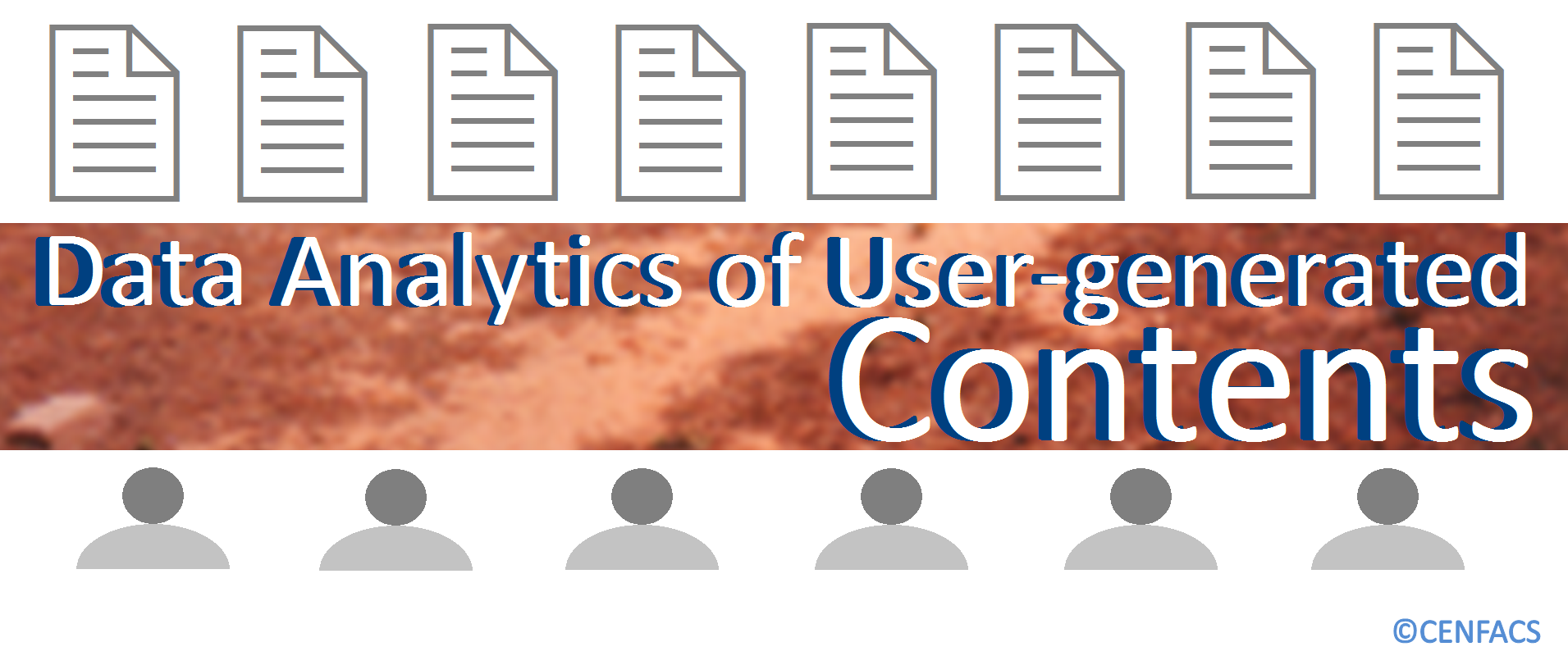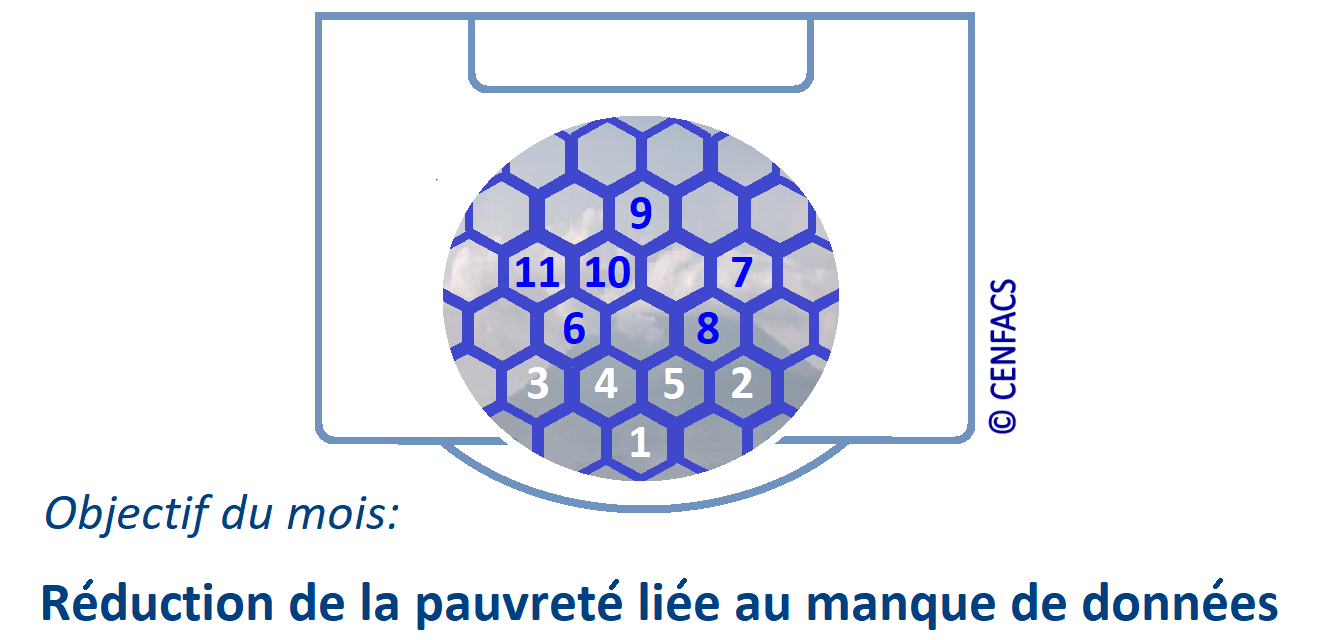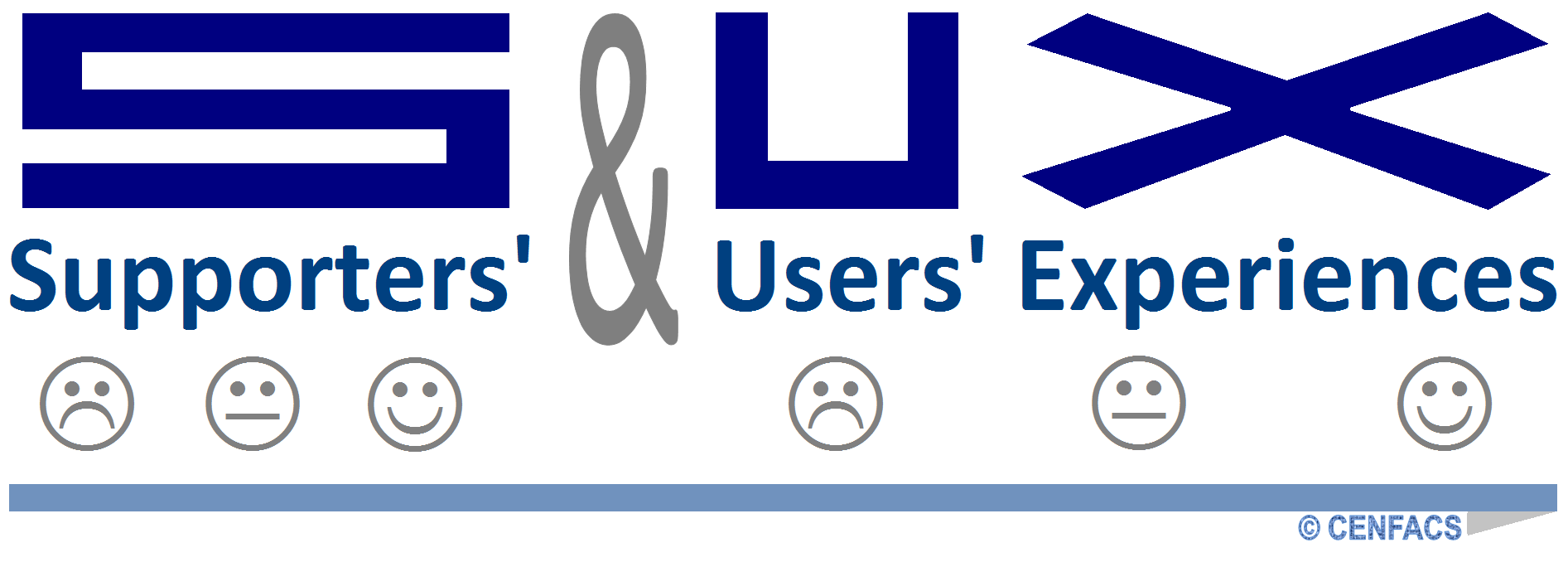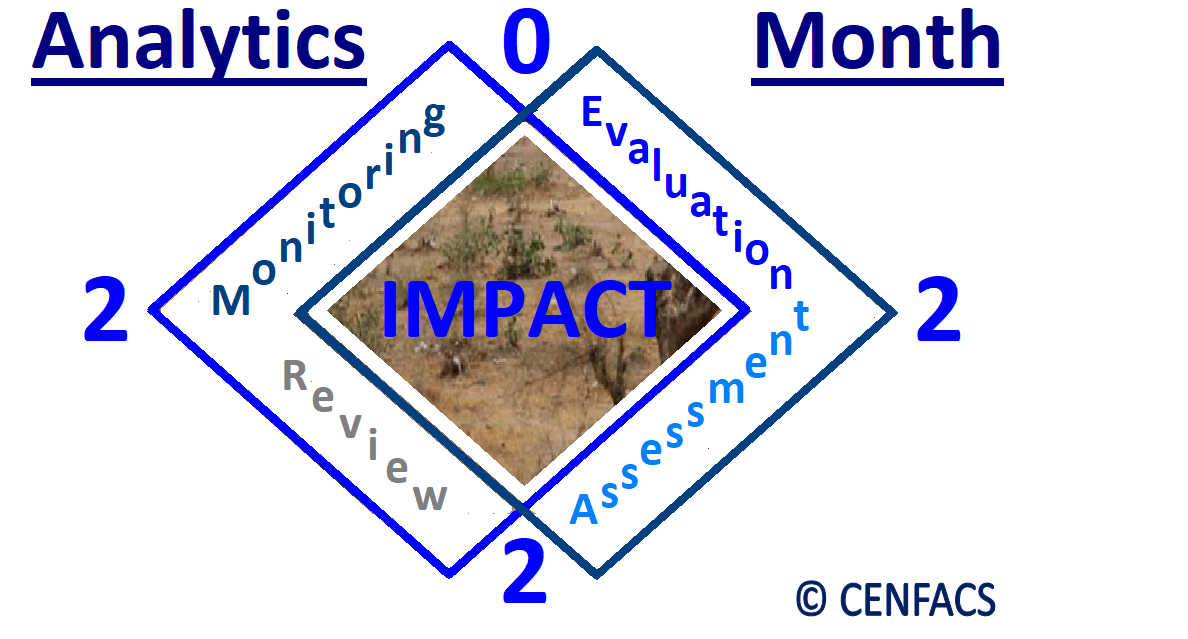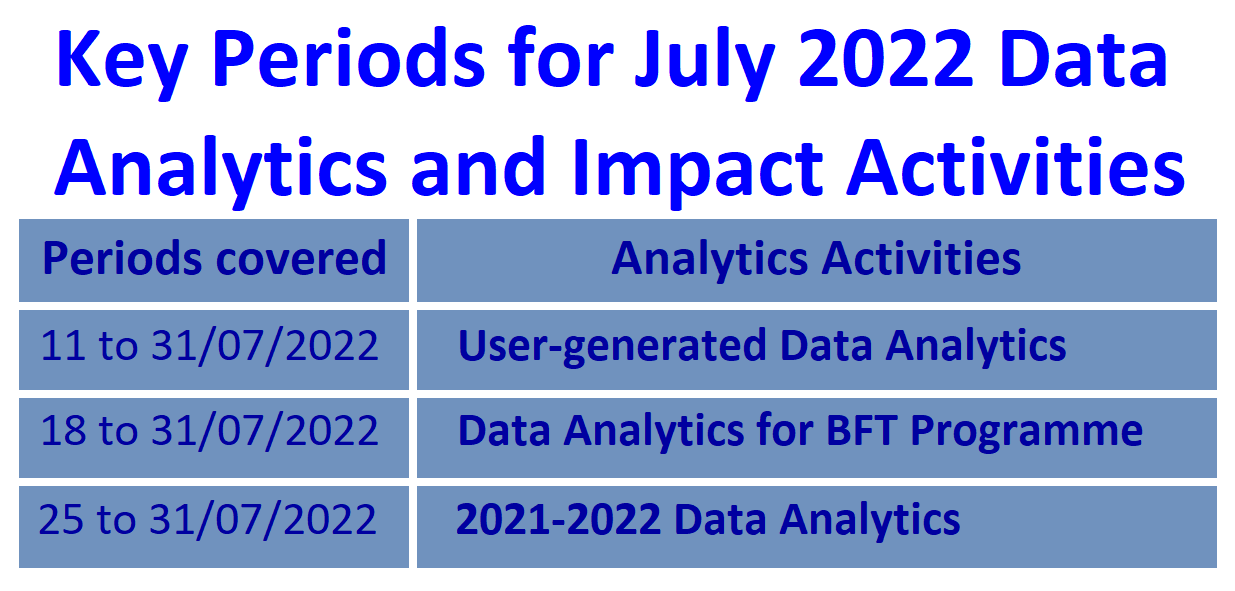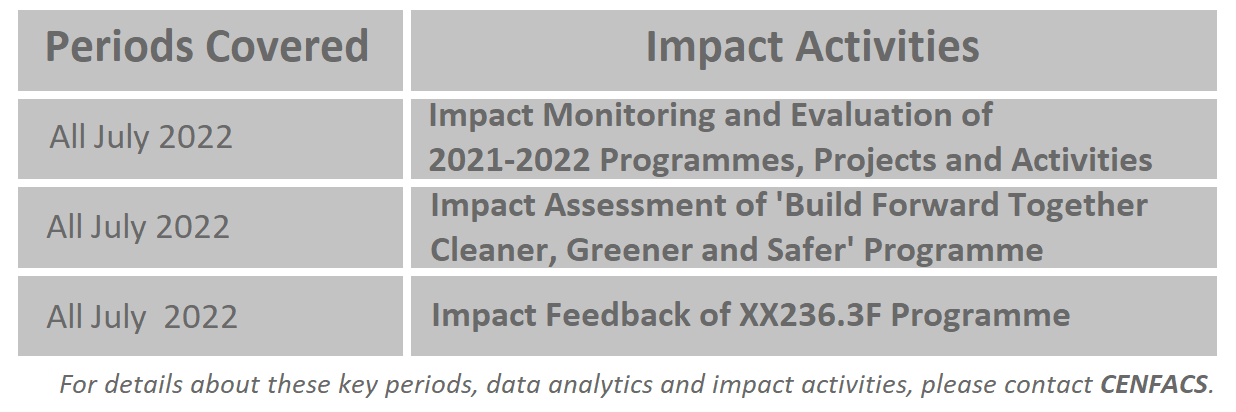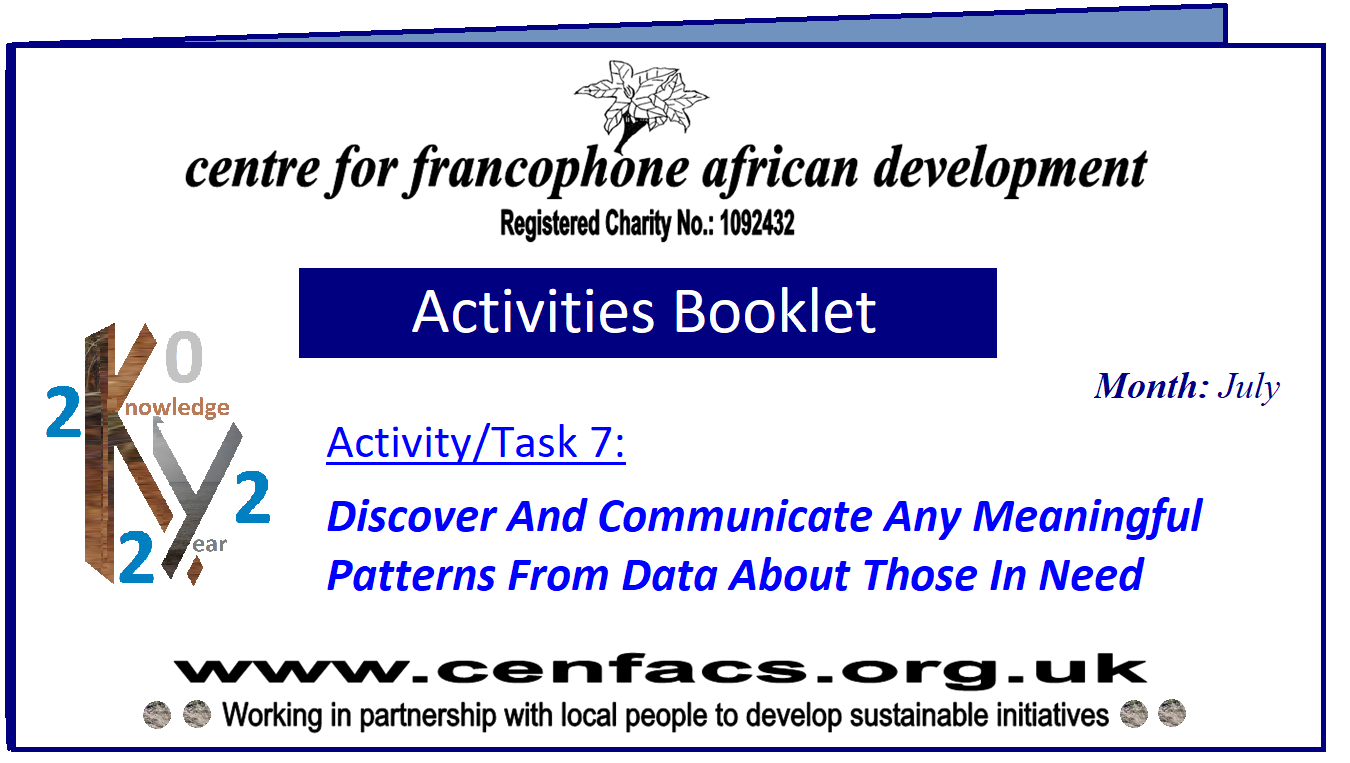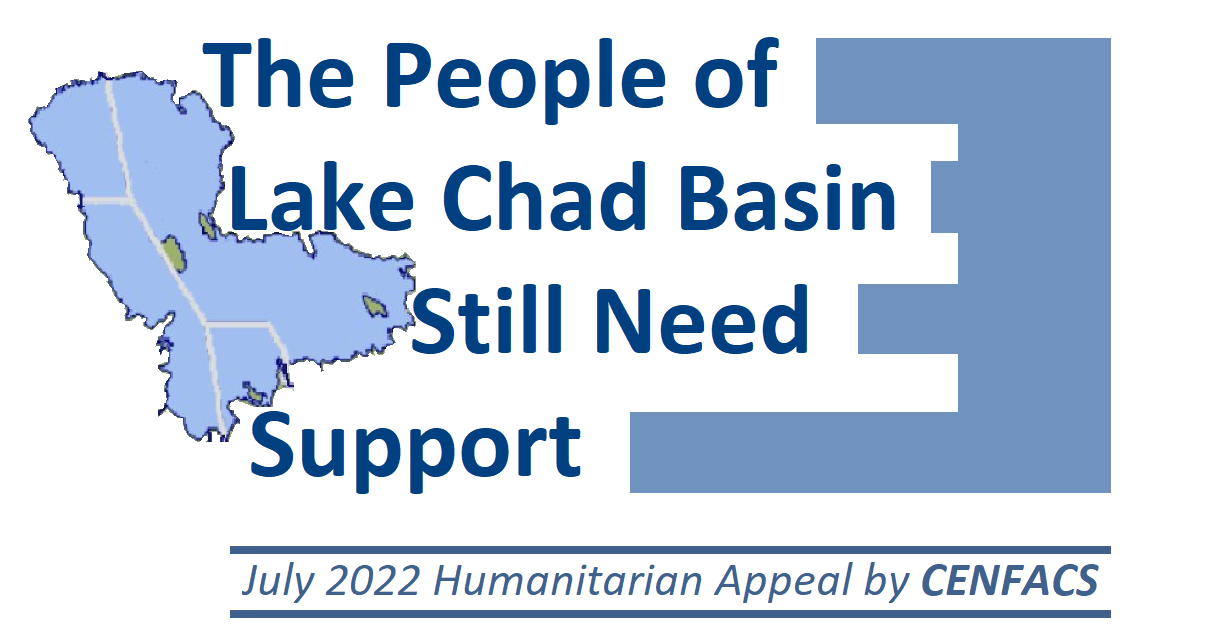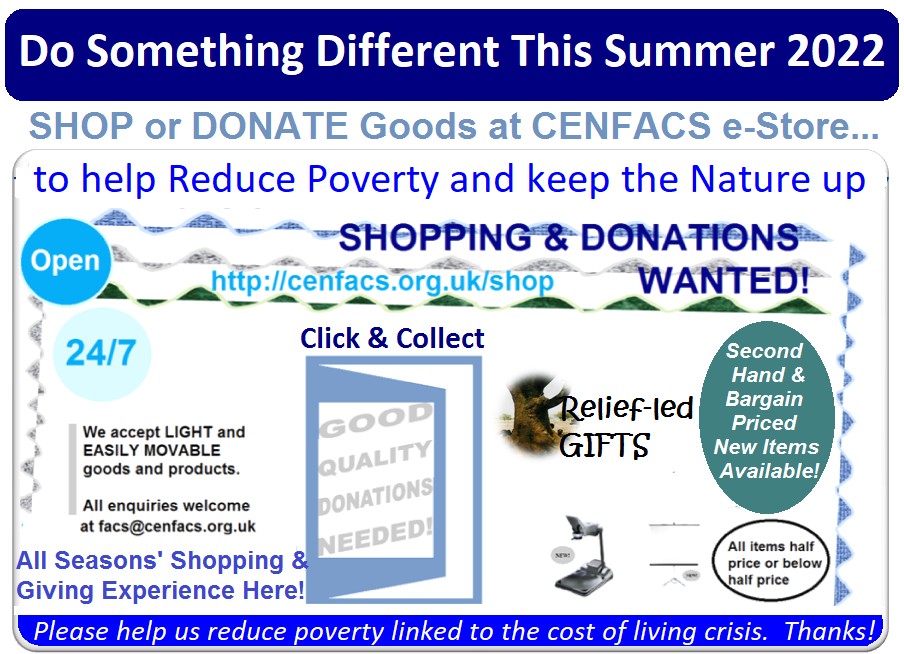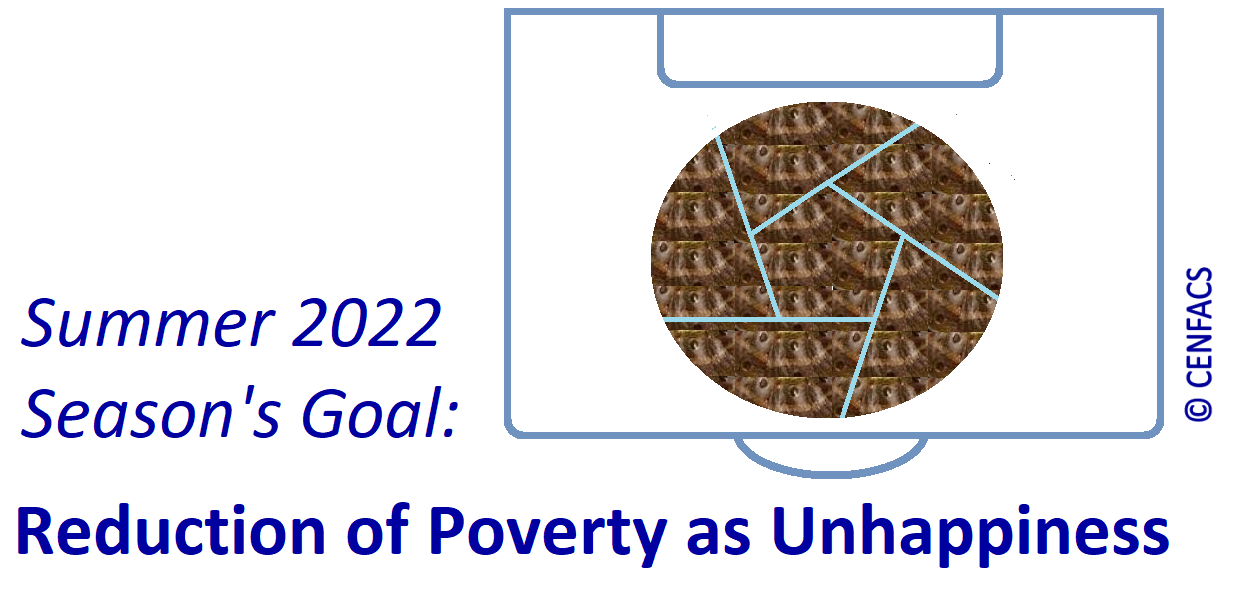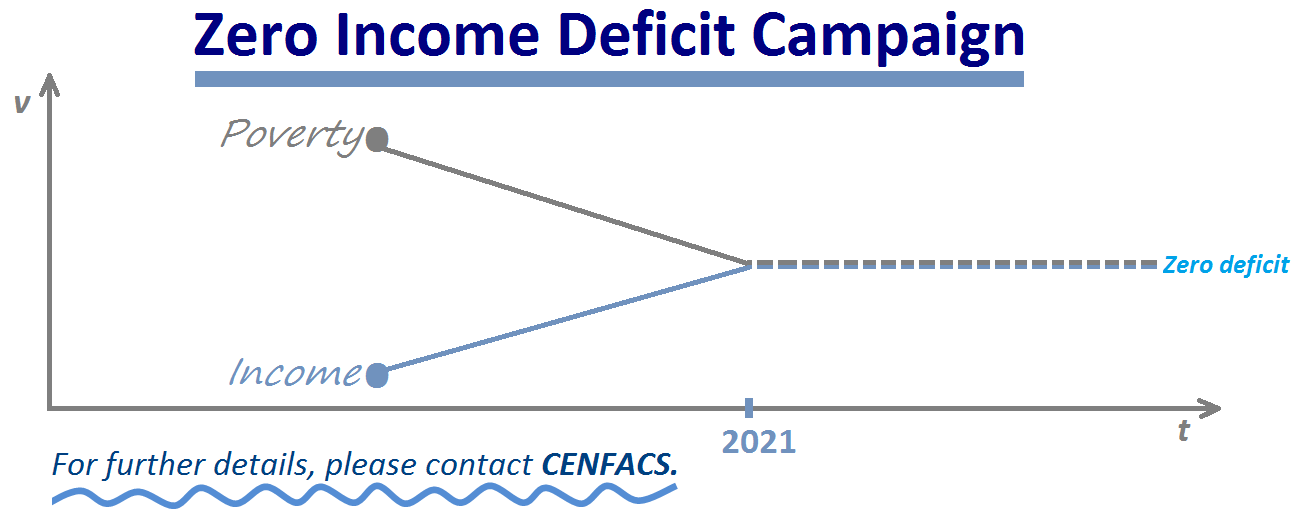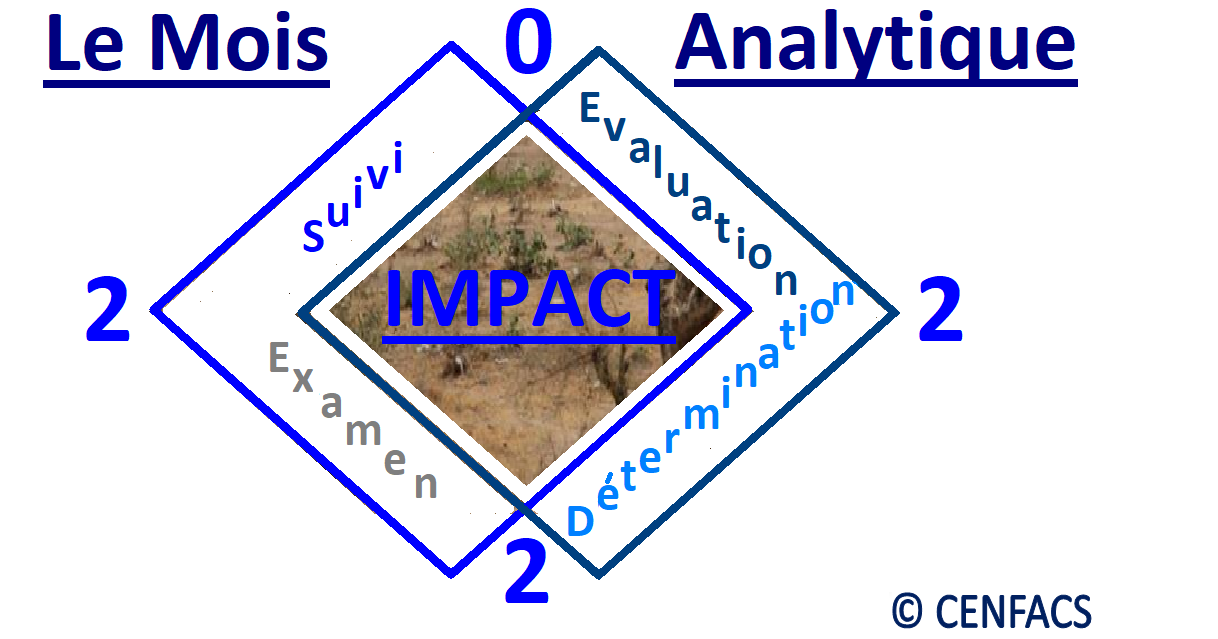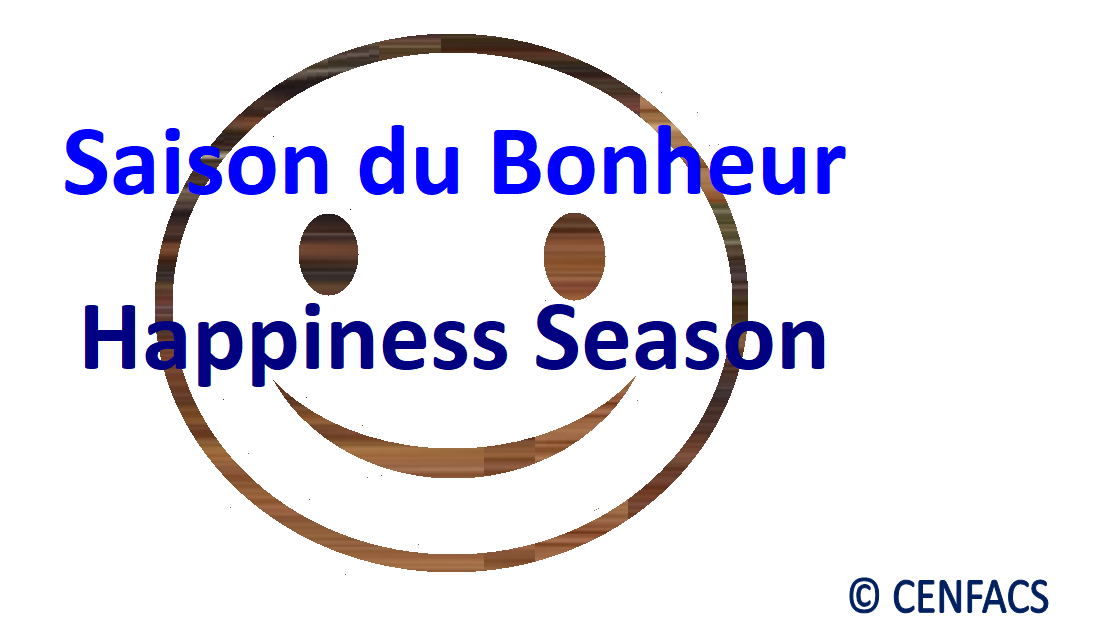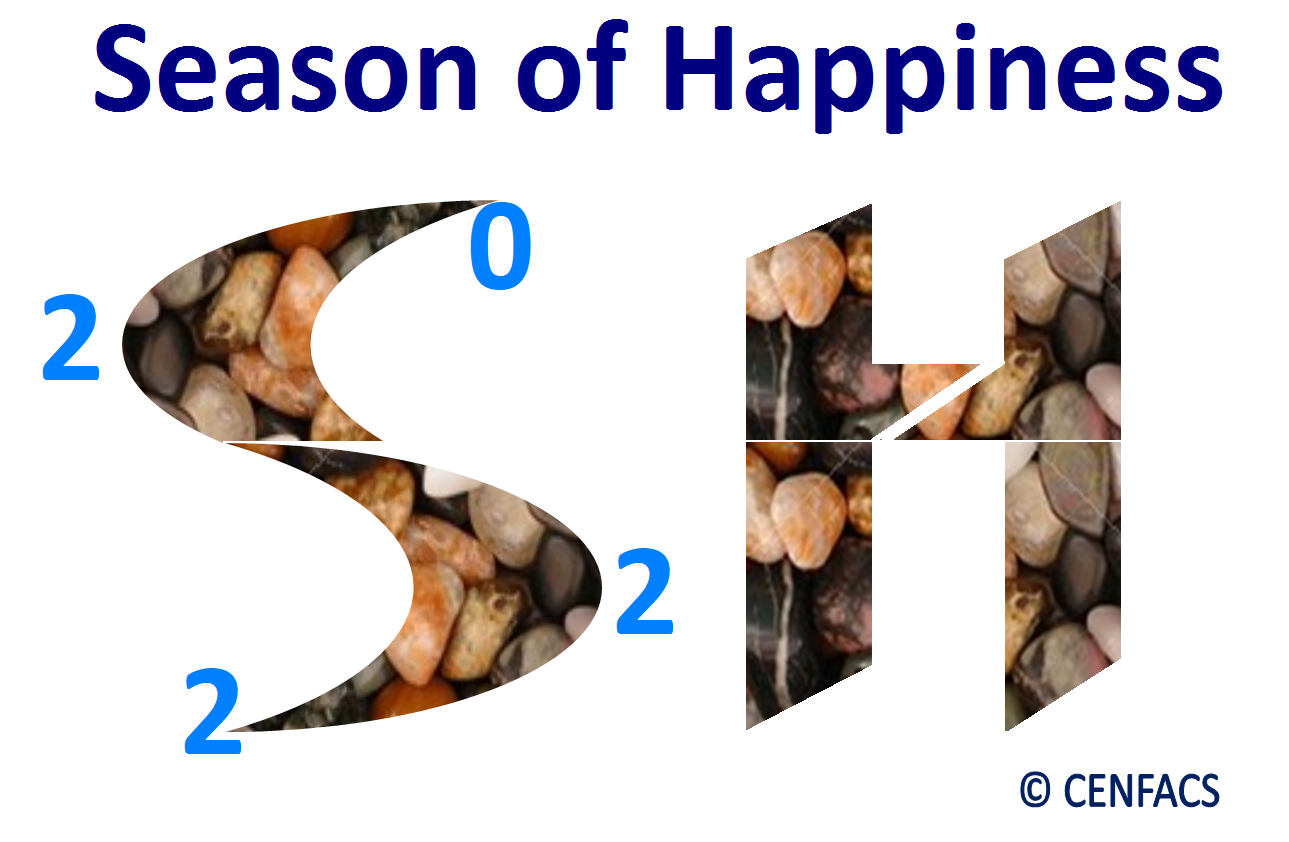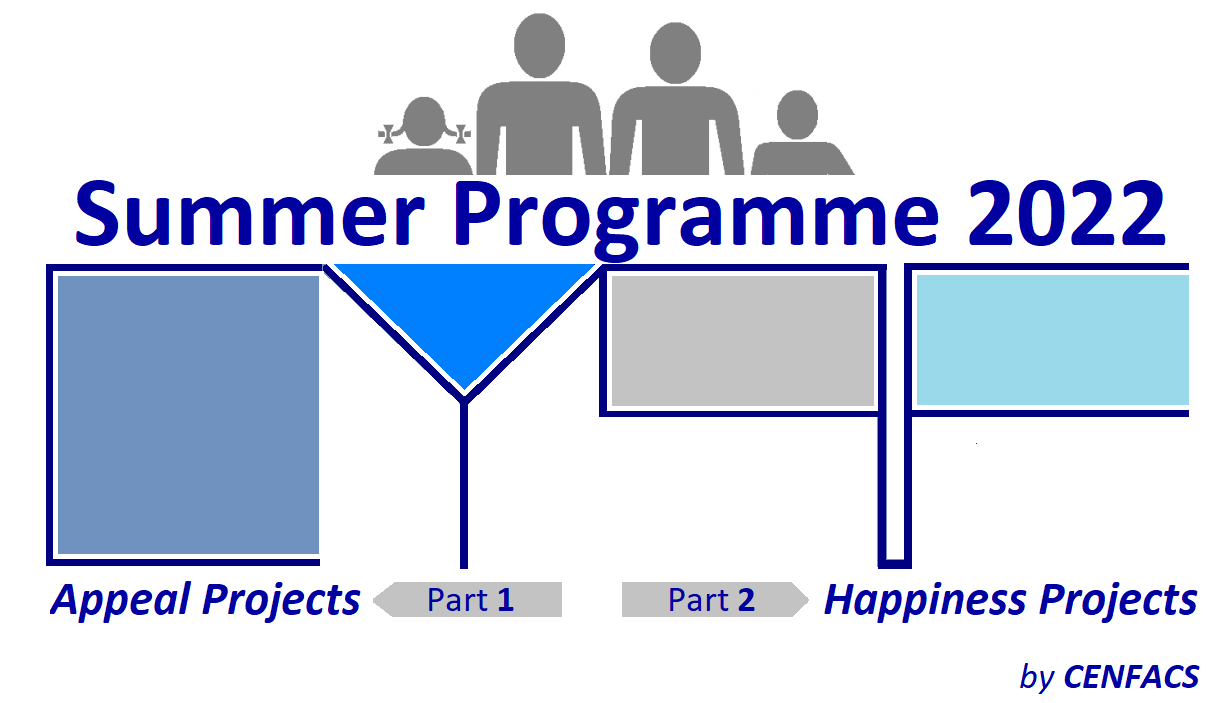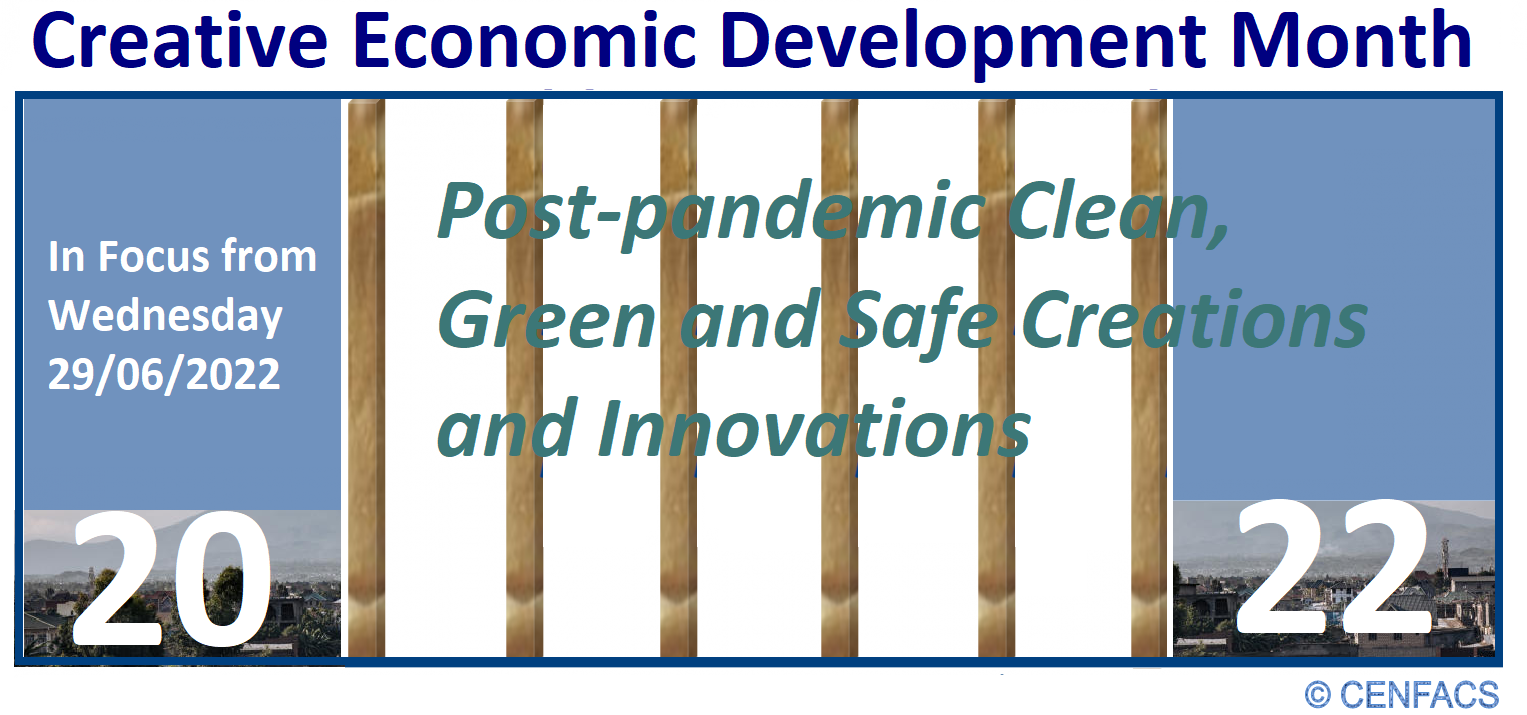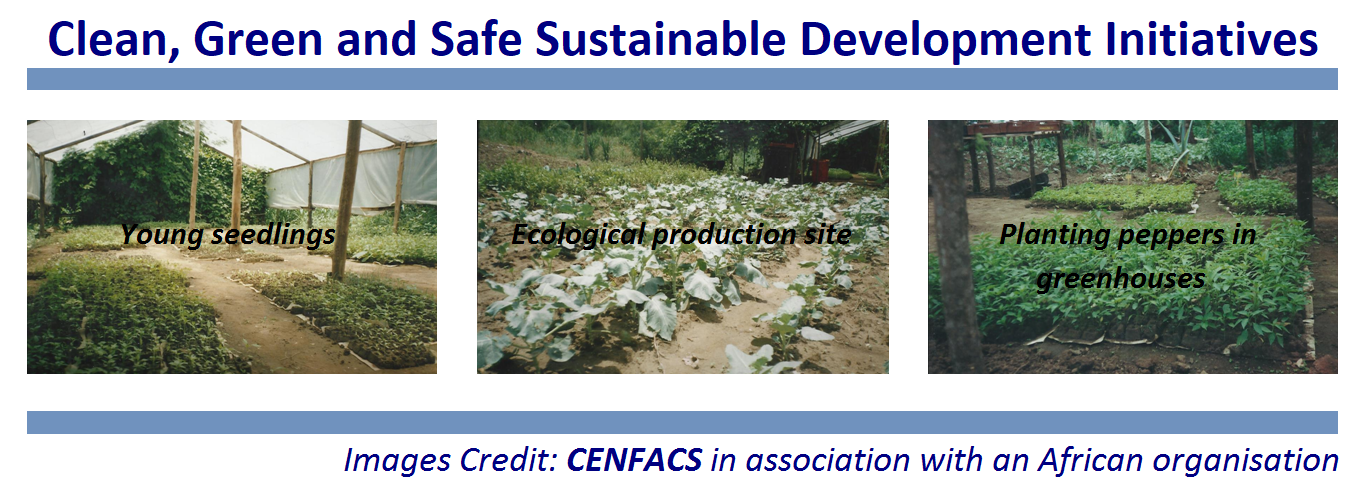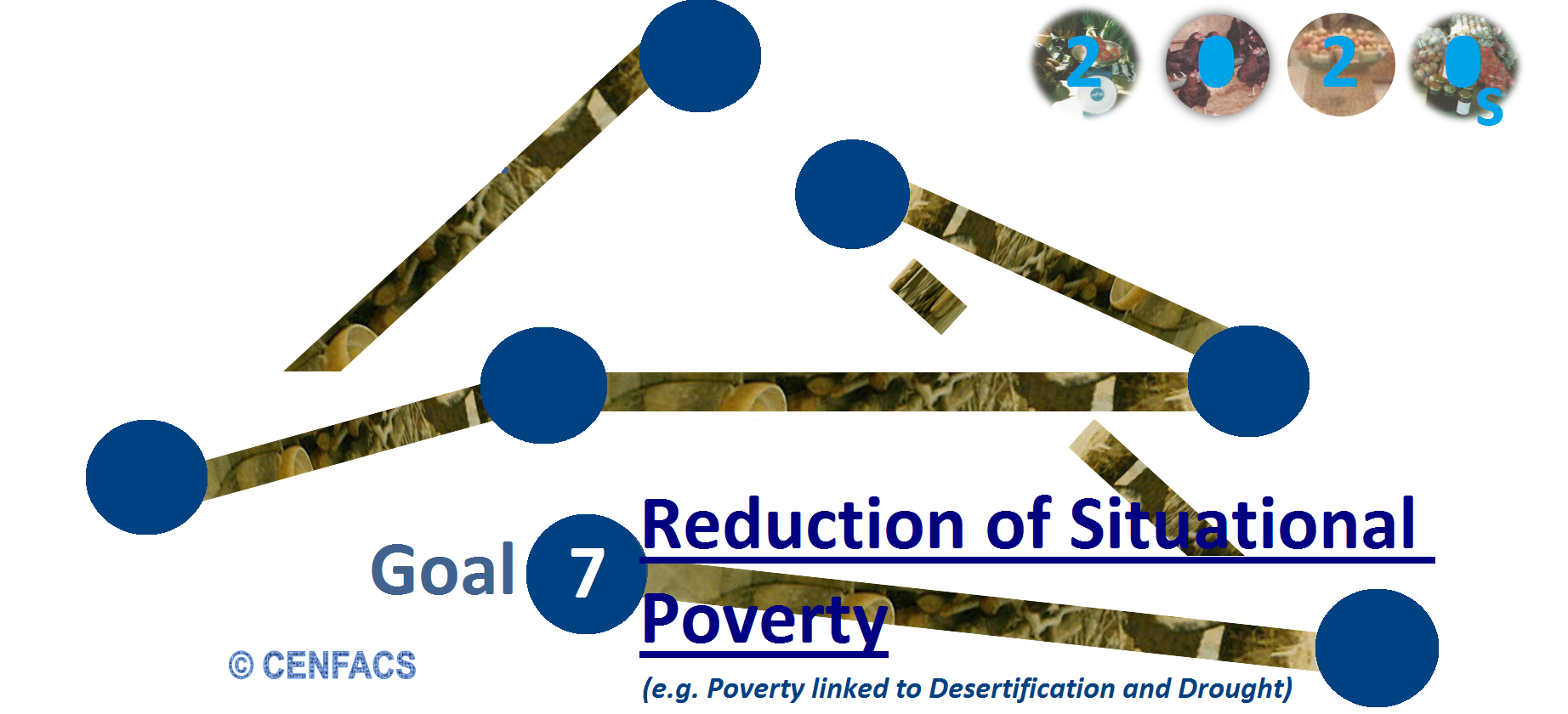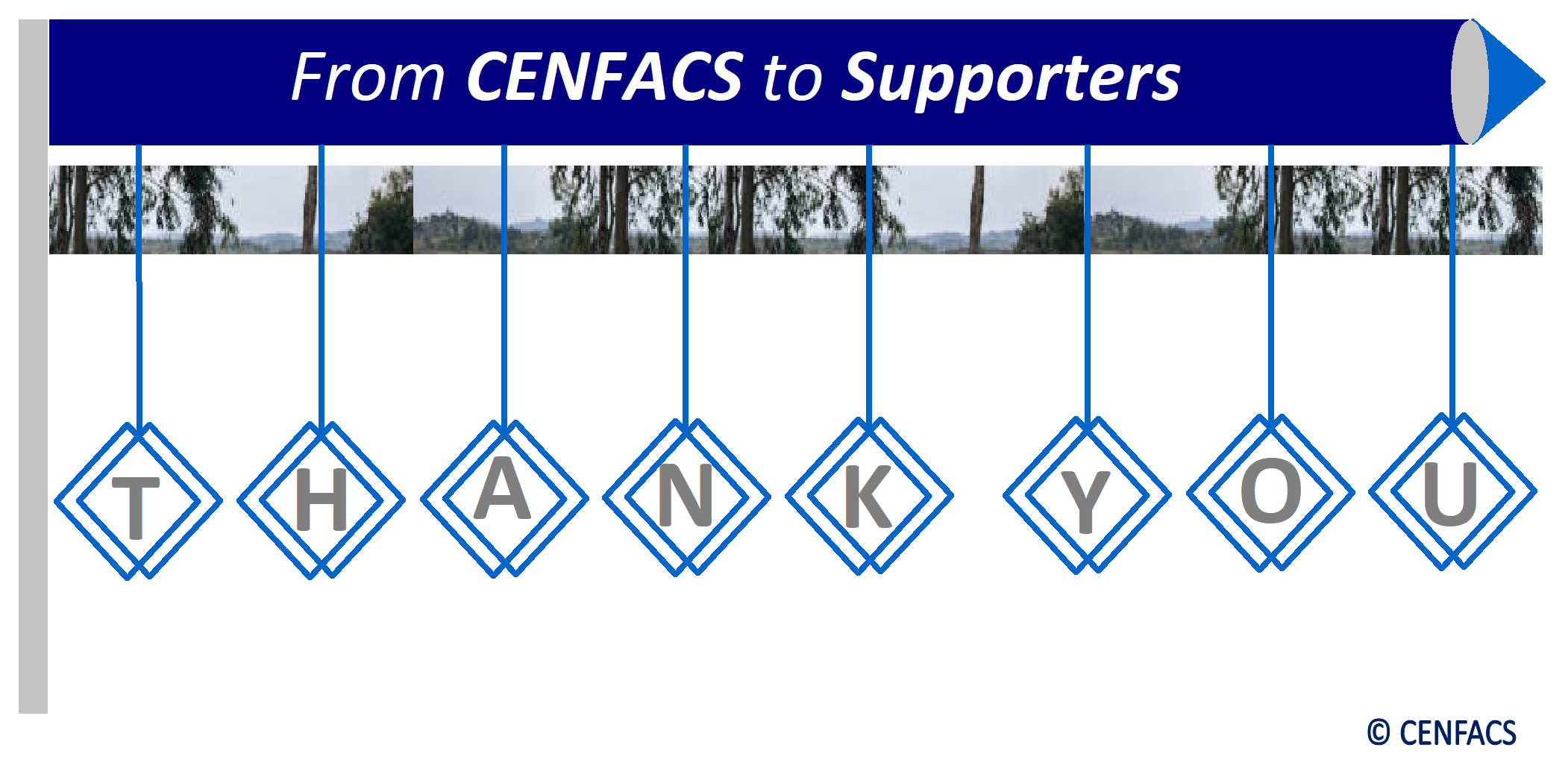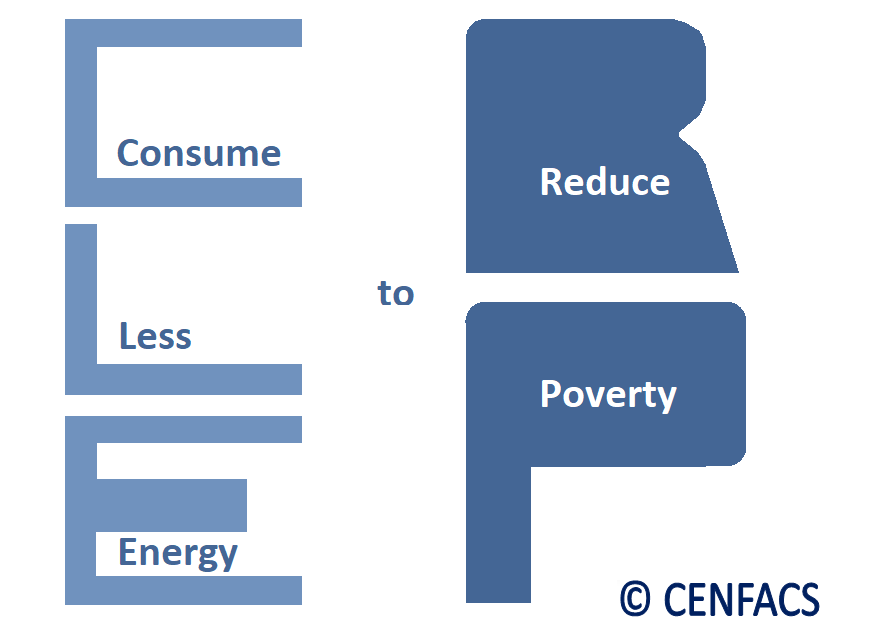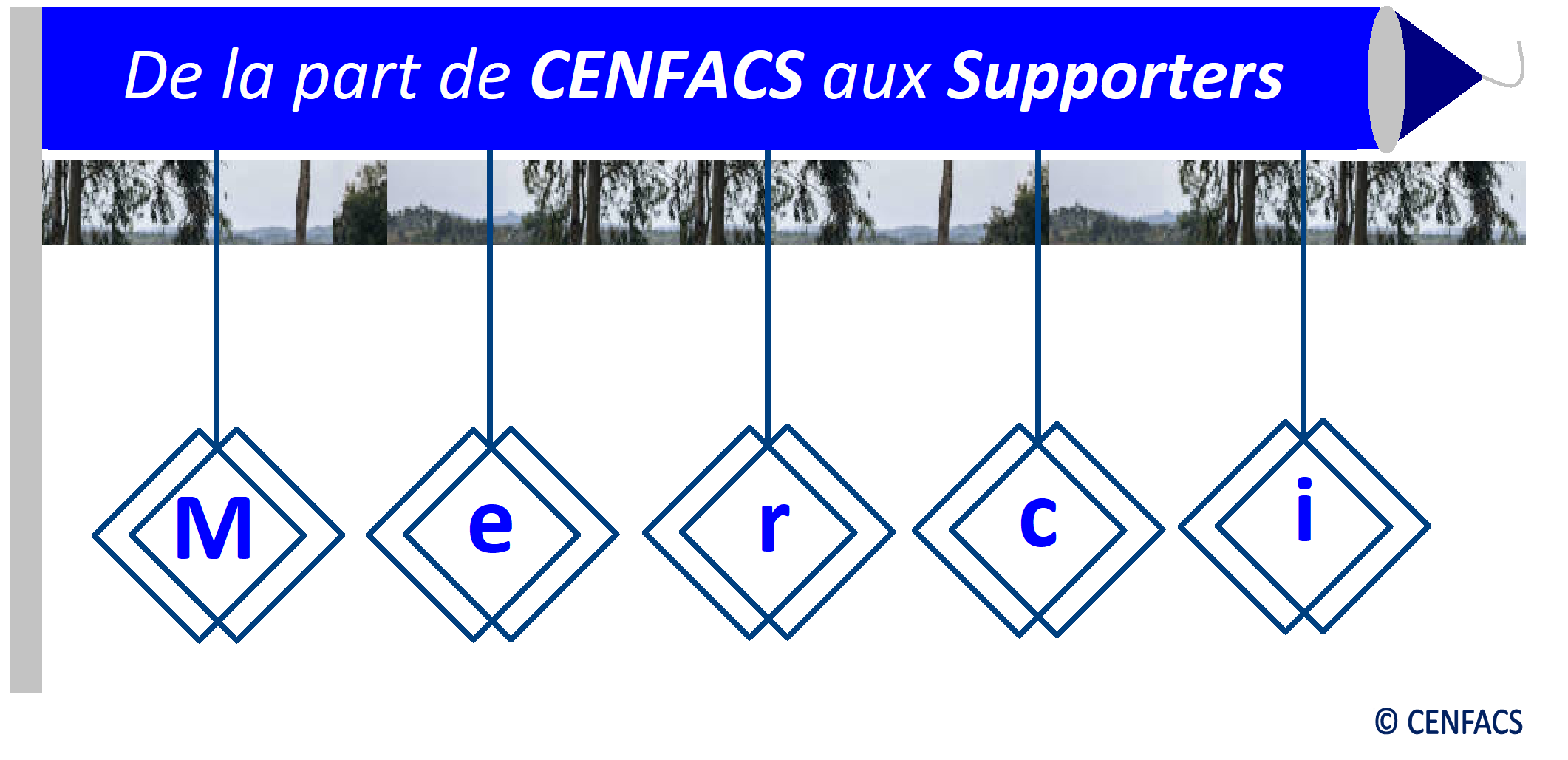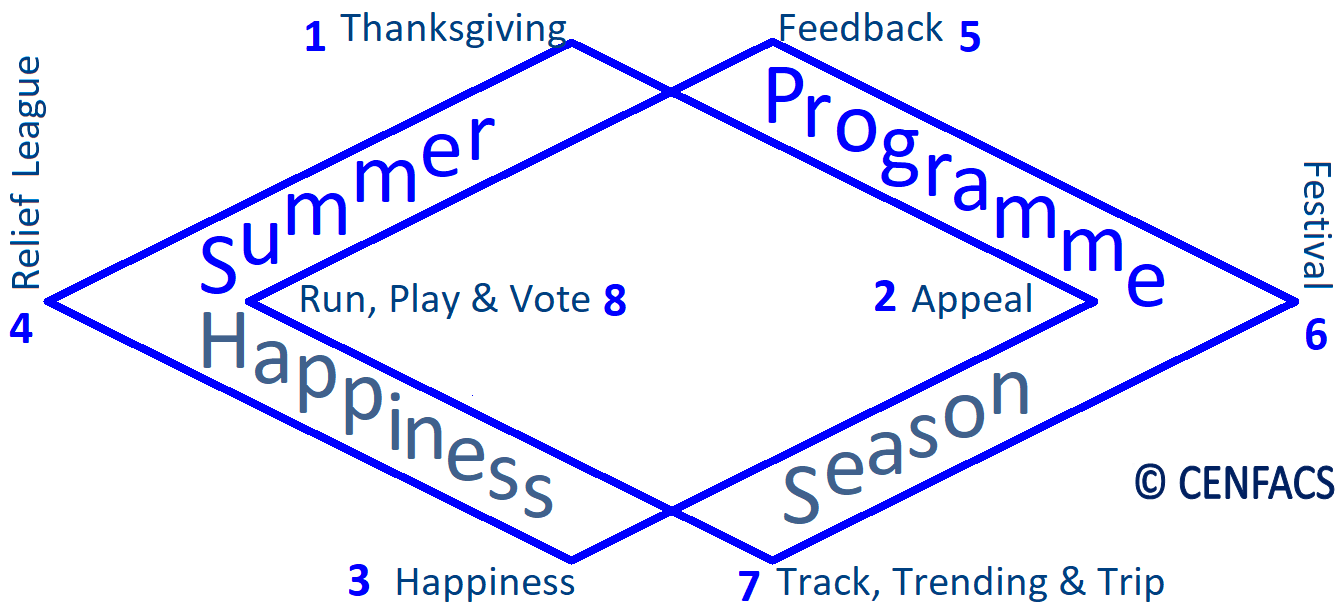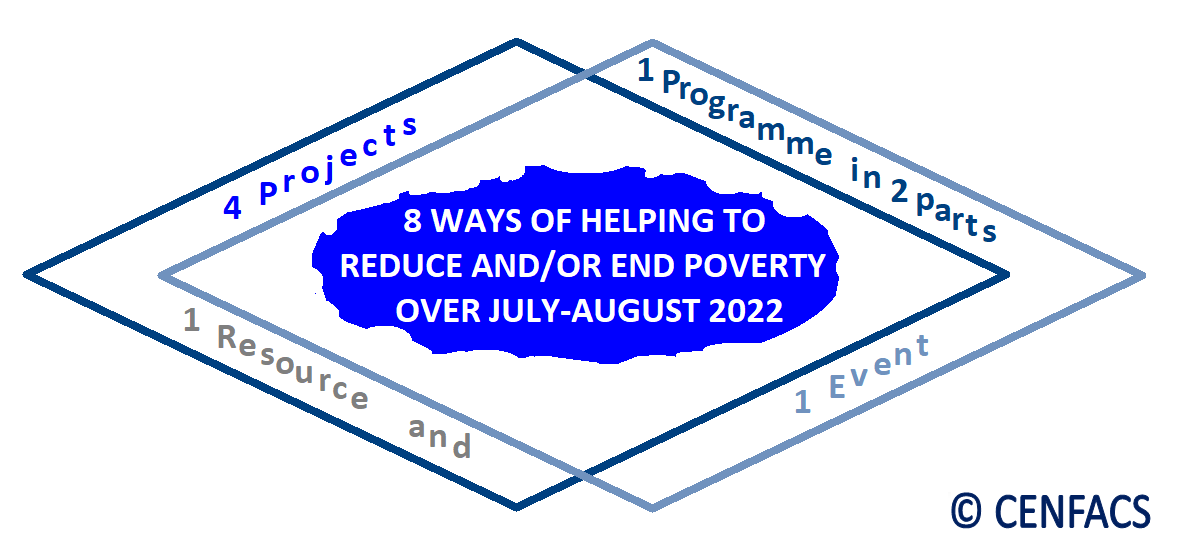Welcome to CENFACS’ Online Diary!
31 August 2022
Post No. 263
The Week’s Contents
• CENFACS Annual Review 2021/2022
• Following the Direction of Poverty Reduction this Summer via Terrestrial Ecosystem Services provided by Forests – Trending Topic in Focus from 29 to 31/08/2022: Impact Monitoring and Evaluation
• Happiness and Healthiness Journal – Creative Activity No. 6: Create Your Journal of Freedom to Choose
… And much more!
Coming This September 2022:
Key Messages
• CENFACS Annual Review 2021/2022
CENFACS Annual Review 2021/2022 is a snapshot of what we did between 1 July 2021 and 30 June 2022. As it is stated, it is neither a statutory annual report nor an annual return.
It is a summary of the year 2021/2022 in the life of CENFACS that reports back to our supporters, users and other stakeholders the impact we have made; impact through stories, quantitative and qualitative data.
The review highlights accomplishments made and recollects milestones for the above stated year. It uncovers trends and insights about the changes that affected our noble cause of poverty reduction.
It outlines some highlights from our 2021 Year-in-review Report while including our achievements from 2022.
It is as well a performance review and annual review story of our finances.
It is finally the impact story of building forward better together cleaner, greener and safer in the post-pandemic era.
For more on this review, please read under the Main Development section of this post.
• Following the Direction of Poverty Reduction this Summer via Terrestrial Ecosystem Services provided by Forests – Trending Topic in Focus from 29 to 31/08/2022: Impact Monitoring and Evaluation
It is the impact monitoring and evaluation of August 2022 Trending Activities or Programme conducted.
Any activity or action to be successful needs monitoring and evaluation to know that it has been executed as planned and the changes that may happen over time as a result of this activity or action.
To monitor our Trending Activity, we have been routinely gathering information on all aspects when we have been following the Direction of Poverty Reduction via Terrestrial Ecosystem Services provided by Forests. We are now examining what these follow-up actions have achieved or will achieve in relation to the aims and objectives we set up for them. This monitoring has enabled us to keep an eye on the progress made so far. In our approach to monitoring and evaluation, we included the four actions took in relation to Services provided by Forest Ecosystems; services which are: Provisioning, Regulating, Cultural and Supporting Services.
Besides this monitoring activity, we are as well conducting evaluation for learning purpose. This evaluation will help us to learn something from these actions. It will also assist to check the actual outcomes against the objectives we set up for trending activities. When this evaluation for learning is completed, we shall carry out an impact evaluation to find out how working with the community would have some influences in the long term on them in using the above mentioned services in order to reduce poverty and or get more results on poverty reduction.
One of the monitoring and evaluation indicators/tools we are using is to collect the views from those who have been acting with us and/or those who have been following us. In this respect, we would like to ask them to tell us their feelings about the four actions taken relating to the four services as highlighted in the following simple questions. They can provide their feelings in the form of a review or feedback or testimony. The results of their feelings will help to improve future trending activities.
Those participating to this survey can tick one box (ranging from 0 to 10) for each trending activity. Ticking the box will indicate to us how satisfied they are with the delivery experience about each action taken. All the completed survey forms should be sent to CENFACS by mid-September 2022.
Those who want to provide feelings and would like to request the details about these activities prior to their response, they are free to make their request to CENFACS.
Thank you for considering our demand of feelings and for your support.
It will be good that those who would like to provide their feelings to do them by mid-September 2022.
• Happiness and Healthiness Journal, Creative Activity No. 6: Create Your Journal of Freedom to Choose
The last episode of our Summer series of Journal of Happiness and Healthiness is about Freedom to Choose.
Indeed, the lingering effects of the coronavirus pandemic, extreme temperatures and the cost-of-living crisis have restricted or limited the choice one can make about their happiness and healthiness over Summer 2022. To reflect these restrictions or limitations, one can create or write a journal of freedom or the lack of freedom for the things that have made them to feel happy, healthy and free during this Summer 2022. Alternatively, one can consider journaling the things that have made them unhappy, unhealthy and confined this Summer 2022.
Since, the work of CENFACS is on poverty reduction, one can as well think of writing a journal that explains the freedom and ability they have to choose solutions to reduce or end poverty and hardships. Such a journal can include things like being able to choose items within the basic necessities of life (e.g. kinds of food, shelter, education, information, health, etc.).
You can create your journal for any aspects of Summertime linked to freedom to choose. You can explain your experiences, feelings and thoughts in terms of happiness and healthiness about freedom to choose over this Summer of the lingering effects of the coronavirus, changing climate and the cost-of-living crisis.
In short, you can create or write a journal of the following:
∝ Things that have made you to feel happy, healthy and free over this Summer 2022
∝ Things that have made you unhappy, unhealthy and confined over this Summer 2022
∝ Explaining the freedom and ability you have to choose solutions to reduce or end poverty and hardships over this Summer 2022.
You can share with the community your experience of happiness and healthiness regarding the freedom to choose. This can be recorded in your journal and be shared by the end of Summer 2022.
To share the contents of your happiness and healthiness journal relating to happy, healthy and free livelihoods during this Summer 2022 as well as to help build a better Summer holiday experience, you can contact CENFACS.
Extra Messages
• Combination of Goals of the Season and the Month –
Reduction of Poverty Linked to the Lack of Happiness and Reduction of Poverty as a State of Being in the Wrong Side of the Tracks
Our Goal of the Season (Summer Season of Happiness) can be combined with our Goal of the Month of August 2022. They do not need to be separately treated.
Indeed, during this Season of Happiness at CENFACS, we have been trying to explore together steps and ways of helping our members to find happiness and wellness. This has been done through Happiness Projects and other Summer initiatives we planned so that they could navigate their way to happiness.
During this month of August which is ending today, we have been helping to reduce the different types of hardship experienced by the members of our community where they live or if it happens that they are in the wrong side of the tracks.
The two works (for the season and this month) can be combined to help reduce a two-dimensional poverty. It is possible to simultaneously reduce poverty linked to the Lack of Happiness and poverty as a State of Being in the Wrong Side of the Tracks.
The above is our combined poverty reduction goal for the season and this month, which we are asking to our audiences and supporters to help or promote.
• Support Distress-free Life from the Cost-of-living Crisis in Africa
Distress-free Life from the Cost-of-living Crisis in Africa, which is one of our Summer 2022 Humanitarian Appeal Projects, is still trending.
You can help combat distress that many children, young people and families (CYPFs) in Africa are experiencing because of the legacies of the coronavirus pandemic and the current cost-of-living crisis.
You can help these poor CYPFs who are struggling with rising prices of food, energy and other essential goods and services.
You can donate £7 or any other amount you can afford to help alleviate the impact of the cost-of-living crisis in Africa. Your donation can relieve poverty and distress amongst these CYPFs.
Your £7 could help to buy learning, development and educational essentials such as books, educational toys, school uniforms, tuition, etc. Any other amount donated could contribute to the access of water, fuel to cook food, and medicine to keep CYPFs healthy.
Your £7 or any other amount given will improve CYPFs’ social and emotional wellbeing while boosting children’s and youth’s educational engagement.
You can help stop the cost-of-living crisis to have a lifelong impact on CYPFs.
You can give chance to these CYPFs.
You can assist in avoiding the lost generation of the cost-of-living crisis to happen in Africa.
Please remember, this fundraising campaign will end by 22 September 2022.
CENFACS will accept any support given during and beyond the duration of this campaign.
Please do not wait to donate as the needs are pressing and urgent NOW.
We look forward to your generous support to make helpful difference to the Distress-free Life from the Cost-of-living Crisis in Africa
Thank you for your generosity.
• Support for the Impacted of the Cost-of-living Crisis
How to avoid negative coping strategies during this time of cost-of-living crisis
There are positive and negative coping strategies to deal with stressful situations like the cost-of-living crisis. Some of our users know this distinction between the two. Others are not aware.
Those who are not aware and would like to work with CENFACS, we can support them so that they find the right coping strategies linked to their situation during this challenging time of the cost-of-living crisis. Before going further about our work with users on coping strategies, let us re-explain these strategies.
• • Coping Strategies or Mechanisms
Coping strategies or mechanisms are defined by the World Health Organisation Department of Emergency and Humanitarian Action (1) as
“Remedial actions undertaken by people whose survival and livelihood are compromised or threatened”.
For example, during the current cost-of-living crisis, many people including CENFACS‘ users are resorting to remedial actions in order to mitigate the adverse effects of the cost-of-living crisis. However, not all these actions or strategies could be positive. Some of them could be negative.
• • Negative Coping Strategies or Mechanisms
They are negative activities that people can use to obtain the means of livelihood (e.g. income, food, energy, water, shelter, etc.) during the time of crisis, disruption or disturbance like the cost-of-living crisis. These negative activities can temporarily enable them to access basic life-sustaining needs.
Examples of such negative activities could include: taking out loans from informal moneylenders, distress sale of household assets, child labour, contracting disproportional loans compared to earning capacity, gambling, secrecy of information on your financial hardship, etc.
Many users of these negative strategies do not realise that negative coping strategies can lead to further financial stress and possibly to further poverty in the long term. They can make the crisis to settle in the longer term. To avoid the settlement of the crisis in the long term, CENFACS is offering a pre-autumn advisory service to those who would like to tackle the cost-of-living crisis.
• • Pre-autumn Advisory Service for the Impacted of the Cost-of-living Crisis
The service designed to support and enable the community to deal with or withstand stressful situations like the current cost-of-living crisis. Through this service, CENFACS will…
∝ Conduct a needs assessment of users’ needs to cover the cost of living
∝ Review any unsuccessful or negative coping strategy or mechanisms that users have taken so far to deal with the cost-of-living crisis
∝ Evaluate the results of these strategies
∝ Explore and identify the appropriate positive coping strategies for the applicants to the service
∝ Develop plan for a revised or new coping strategy
∝ Develop a monitoring and evaluation plan for the revised or new coping strategy
∝ Work with them and effectively help them to avoid negative coping strategies during this time of cost-of-living crisis.
For those members of our community who have been impacted by the cost-of-living crisis and who are struggling with their coping strategies or mechanisms relating to the cost-of-living crisis, they are welcome to contact CENFACS with their queries or enquiries. Our service on this matter covers various aspects of cost (e.g. rising costs and prices of food, energy, fuel, accommodation, transport, etc.) forming the cost-of-living crisis.
If you are impacted by the cost-of-living crisis and needs support, CENFACS would be happy to work with you via its advisory service.
Message in French (Message en français)
Revue annuelle 2021/2022 du CENFACS
L’examen annuel 2021/2022 du CENFACS est un instantané de ce que nous avons fait entre le 1er juillet 2021 et le 30 juin 2022. Comme il est dit, il ne s’agit ni d’un rapport annuel prévu par la loi ni d’un compte rendu annuel.
Il s’agit d’un résumé de l’année 2021/2022 dans la vie du CENFACS qui rend compte à nos soutiens, usagers/bénéficiaires et autres parties prenantes de l’impact de notre travail; impact à travers des histoires, des données quantitatives et qualitatives.
L’examen met en évidence les réalisations accomplies et rappelle les jalons de l’année susmentionnée. Il révèle des tendances et des idées sur les changements qui ont affecté notre noble cause de réduction de la pauvreté.
Il présente quelques faits saillants de notre rapport d’examen de l’année 2021 tout en incluant nos réalisations de 2022.
Il s’agit également d’un examen du rendement et d’un récit de l’examen annuel de nos finances.
C’est enfin l’histoire de l’impact de construire mieux ensemble plus propre, plus vert et plus sûr dans l’ère post-pandémique.
Pour en savoir plus sur cette revue, veuillez contacter le CENFACS.
Coming This Autumn 2022:
Main Development
• CENFACS Annual Review 2021/2022
This review aims at those who are interested in the work CENFACS does to get a glimpse of what happened during the financial year 2021/2022. It is a summary of our activities, performance, achievements and accounts for the financial year 2021/2022.
However, before starting this review we would like to mention three factors which were at play during the above stated period and which made the context of our poverty relief work.
• • The Contexts of Poverty Reduction of the 2021/2022 Financial Year
The contexts in which we operated during the 2021/2022 financial year were of the lingering effects of the coronavirus, changing climate and the cost-of-living crisis. Poverty reduction work was delivered under these three constraints or factors. Likewise, the theme of this review, which is building forward better together, has been contextualised by these events or factors as the following annual review summary shows.
• • Annual Review Summary 2021/2022
The summary of our annual review 2021/2022 is presented under the following three headings:
∝ Activities Review
∝ Achievements of the Year
∝ Financial Performance Review
Let us review the activities, achievements and financial performance of the year.
• • • Activities Review
The Activities Review highlights what we did via the following undertakings:
nature or natural capital accounting, debt sustainability for highly indebted poor households, counting the economic costs of building forward, net zero consumption, generational impact analysis of the coronavirus on children, humanitarian relief, urban poverty in Africa, and protection and security.
Let us look back each of these activities we did.
∝ 2021-2022 as another year of service to the community through nature or natural capital accounts
We started the year by looking at the relationship between humans and the nature, particularly how to keep harmony with the nature and the principles to build forward better together greener and cleaner from the side effects of the coronavirus pandemic.
To keep this harmony, it did require a better management of natural capital accounts at household level. This management helped to ensure that natural assets could continue to provide the resources and environmental services on which households’ well-being relied upon.
Following the activity we conducted on capturing information relating to nature, it was interesting to hear from our users how many of them were trying to include information linked to natural resources into their household accounts or financial statements.
∝ 2021-2022 as a year of debt sustainability for highly indebted poor households
To build forward better together greener and cleaner from the side effects of the coronavirus meant dealing with the legacies of the coronavirus crisis. One of these legacies was many ordinary families, including our users, became poorer and serious financial/income deficit.
So, how to reduce or cancel financial debts and deficits for the poor (e.g. COVID-19-indebted and income deficit families from our community) to make ends meet, clearly became a preoccupation to avoid intergenerational poverty among our users. Many of them were not aware of the importance of keeping records of debt payments.
Thanks to the work we did together via worksheet we provided for debtor’s payment records keeping, they were able to restore track on their debt payments.
∝ 2021-2022 as a year of counting the economic costs of building forward
Building forward from the coronavirus also implied accounting for the cost of that building exercise; that is working out the economic costs of building forward from the coronavirus. In this respect, the Cost Centre Project became the obvious idea for many of our Africa-based Sister Organisations, as part of our international advice service.
∝ 2021-2022 as a year of net zero consumption
Building forward from the coronavirus is as well about making sure that our trajectory in the process of building forward is net zero consumption; that is consumption that does not add extra greenhouse gas emissions to the amount of greenhouse gases in the atmosphere.
One of the ways to go net zero we thought was to smooth the way to energy transition. Another way was to keep nature up via the safeguard of crop wild relatives.
As part of net zero consumption campaign, some of our beneficiaries used the example of CENFACS’ net zero consumption shopping bad as an idea for them to budget for net zero consumer goods and services in the context of the overall household budget.
∝ 2021-2022 as a year of generational impact analysis of the coronavirus on children
In the process of building forward, we further considered the fact that COVID-19 put or held back a generation of children for what they supposed to do. We worked and analysed with users the generational impact of the coronavirus on children. This work or analysis included, but was not limited to, their children and African children.
∝ 2021-2022 as another humanitarian relief year
We could not stay silent or untouched as human life was endangered and in some circumstances destroyed as the events below were unfolding in the following places and regions:
≡ Civil insecurity in Ituri, North Kivu and South Kivu of the Republic Democratic of Congo
≡ Children living on the street in Africa
≡ Hunger and food insecurity in Grand Sud of Madagascar, Central African Republic, Burundi, the Democratic Republic of Congo, Djibouti, Cameroon, Horn of Africa and Chad
≡ and Internal displacement of people of Rutshuru in the Democratic Republic of Congo.
With the support of the community in terms of data and stories from these places/regions of CENFACS‘ operation, we had to appeal so that lives could be saved from civil violence, attacks, gender-based violence, severe climate conditions, other life-threatening and destroying conditions (such as the coronavirus) and the cost-of-living crisis.
In total, we launched eight humanitarian relief appeals. As a result of these appeals, there have been some support to the sufferers of these events while there is still much to be done.
∝ 2021-2022 as a year of tackling urban poverty in Africa
Besides humanitarian issues caused by events such as civil insecurity, armed conflicts, natural disaster, health crisis, etc.; there were economic difficulties experienced by urban poor due to rising urban population in Africa. Many of our Africa-based Sister Organisations (ASOs) working in urban areas of Africa tried to address urban poverty.
As a result of their work together with our support, ASOs explained poor city-residents how the distribution of city-wide services work, provided them with digital support where these services could only be accessible digitally, informed them about their rights and obligations as city-residents in terms of these services, etc.
∝ 2021 -2022 as a year of keeping our network of protection and security alive
With rising bills and prices of goods and services which fed or transformed themselves into the cost-of-living crisis, the need for high level of security and protection against these rises became a priority. So, working with the CENFACS community and Africa-based Sister Organisations through our support network and advice to find ways of tackle soaring prices of energy, food and money was a worthwhile engagement taken.
As a result of the advice given and of an discussion on bills and prices with users, one of the advisees was grateful by seeing the following:
“Your advisory support was a great relief as it helped me to avoid psychological and mental breakdown. I have bills to pay, but I did not know what to do. You helped me stop loosing income through high bills and prices to pay. I feel now self confident and have hope for a new way of surviving. Thank you very much!“
From what we did, there is something else which connects to CENFACS for this reviewing year. It is what we produced or achieved.
• • • Produce or Achievements of the Year
We would be indebted if we end this review without mentioning or adding to the above summary of work carried out these three achievements: Guide for the Not-for-profit Investors in Africa, Leaves-based Advice Service and CENFACS’ All-in-Development Stories Library.
• • • • Guide for the Not-for-profit Investors in Africa
Many not-for-profit investors with whom we discussed the guide positively reacted about this project as it helped potential altruist investors to explore the options they could consider in terms of African not-for-profit organisations and asset classes.
Many of them thought that it was a positive direction towards the definition of clear investment goals and objectives while supporting them to weigh both the risks and benefits of investing in Africa.
• • • • Leaves-based Advice Service
The introduction of leaves with some exciting features into our advice service enabled to improve advice and advisees’ feelings toward the goal they would like to achieve and made their goal became problems-solving and solvable.
It helped address users’ problems in a creative and innovative way via the image of leaves and what leaves could bring and enhance life.
Thanks to this feature, many advisees told us how happy they did feel in mind and body to deal with their problems.
• • • • CENFACS’ All-in-Development Stories Library
Most of those who volunteered their stories were not sure if they stories were properly kept or stored. They were very happy to learn that their stories or tales donated or captured were deposited in our Stories Library.
The Stories Library inspired and motived them for spreading the news within the community for future story donations.
• • • Financial Performance Review
The following is our summary of our receipts and payments for the year ending 30 June 2022.
After the drop of almost 89% of cash funds last financial year (2020/2021), they started to pick up in the first six months of this financial year. The return to the road of growth in cash funds was mostly explained by the fact that we were in a position to make savings on payments accounts on items such as in-person networking and meetings, transport and travel, postage stamps, outreach, printing and photocopying, and overseas budget.
We continued to invest in online and virtual means of working to deliver efficiencies across CENFACS. The additional investment made started to gradually and shyly appear, amid the enduring effects of the coronavirus. However, since the start of energy and food crises, crises which spilled over into the cost-of-living crisis, we experienced a struggle in the running of our activities. This was combined with the lingering effects of the coronavirus that appeared later than we thought.
On the receipts side, we were still facing a challenge to raise the funds needed to meet the level of needs in the community. This could be partly explained by the cumulative effect of the lingering effects of the coronavirus and the cost-of-living crisis which drove uncertainty to many individual donors. There is additional factor, which is: many of the coronavirus funding schemes and programmes were not adapted to the energy and food crises or simply their criteria did not match with our users’ needs and the need of CENFACS. Our post-coronavirus restructuring and build forward better programmes, which we set up last year, were moving to slow pace.
Despite these hampering factors, our cash funds have regained their ascending trends. They grew nearly 6 times. In accounting terms, we managed to increase our receipts. This increase and the savings made on payments resulted in a positive net balance of our receipts and payments account for the year.
We hope that the fruits of the above mentioned programmes will more appear in the new financial year (2022/2023) than they did last year (2021/2022). We can also expect that the rebound of our cash funds will continue and be further pronounced in the financial year 2022/2023.
• • Thank you
The work of CENFACS is a collective endeavour that relies upon the voluntary contribution of others, a key to our success. As such, there is a number of people and organisations who contributed to the realisation of our financial year 2021-2022.
We would like to indiscriminately acknowledge them. Without their helpful and altruist support, we would not be able to achieve the above. We are grateful to our volunteers, users, website/blog readers and supporters.
We would like to thank all of them for their unwavering commitment and impactful support for helping us to voice and bring once again our poverty reduction message into the world in development, especially at the very daunting time of the lingering effects of the coronavirus pandemic and the cost-of-living crisis.
Many thanks for making 2021-2022 another deservingly memorable year at CENFACS.
More details about CENFACS Annual Review 2021/2022 can be requested.
_________
• Reference
(1) https://apps.who.int/disasters/repo/5517.pdf (accessed in August 2022)
________
• Help CENFACS keep the Poverty Relief work going this year
We do our work on a very small budget and on a voluntary basis. Making a donation will show us you value our work and support CENFACS’ work, which is currently offered as a free service.
One could also consider a recurring donation to CENFACS in the future.
Additionally, we would like to inform you that planned gifting is always an option for giving at CENFACS.
Donate to support CENFACS!
FOR ONLY £1, YOU CAN SUPPORT CENFACS AND CENFACS’ NOBLE CAUSES OF POVERTY REDUCTION.
JUST GO TO :Support Causes – (cenfacs.org.uk)
Thank you for visiting CENFACS website and reading this post.
Thank you as well to those who made or make comments about our weekly posts.
We look forward to receiving your regular visits and continuing support throughout 2022 and beyond.
With many thanks.
